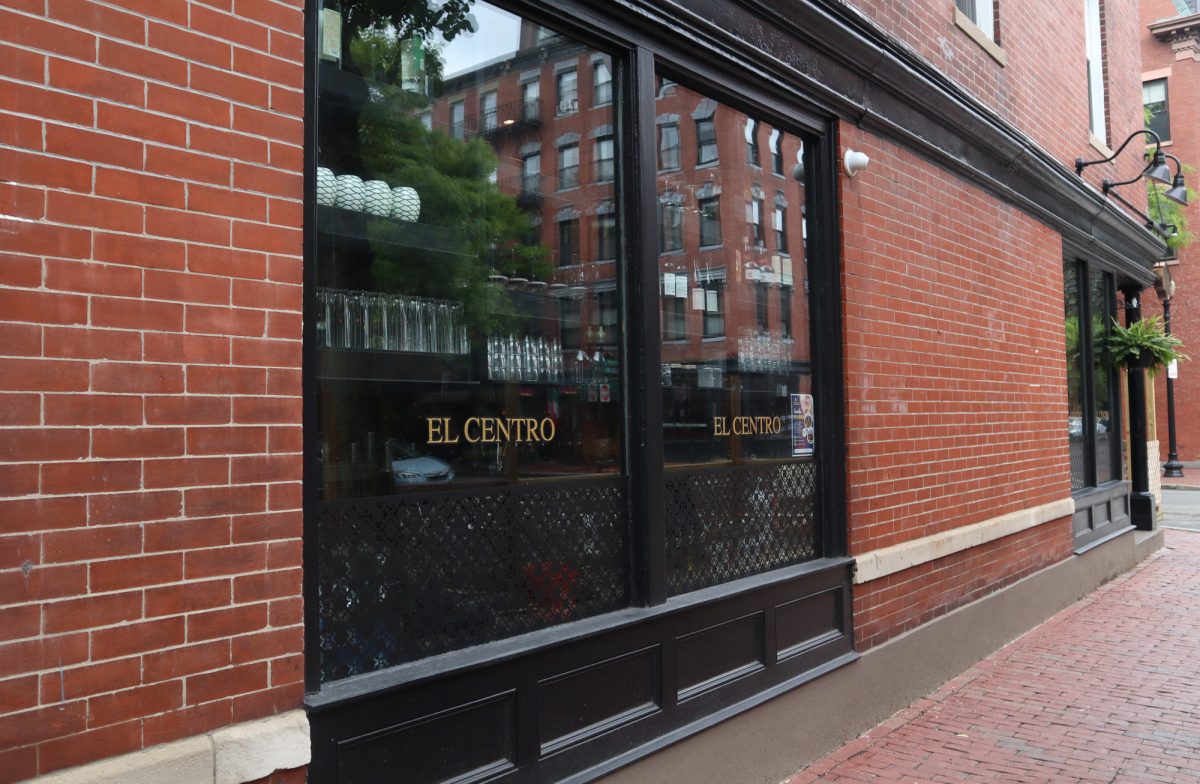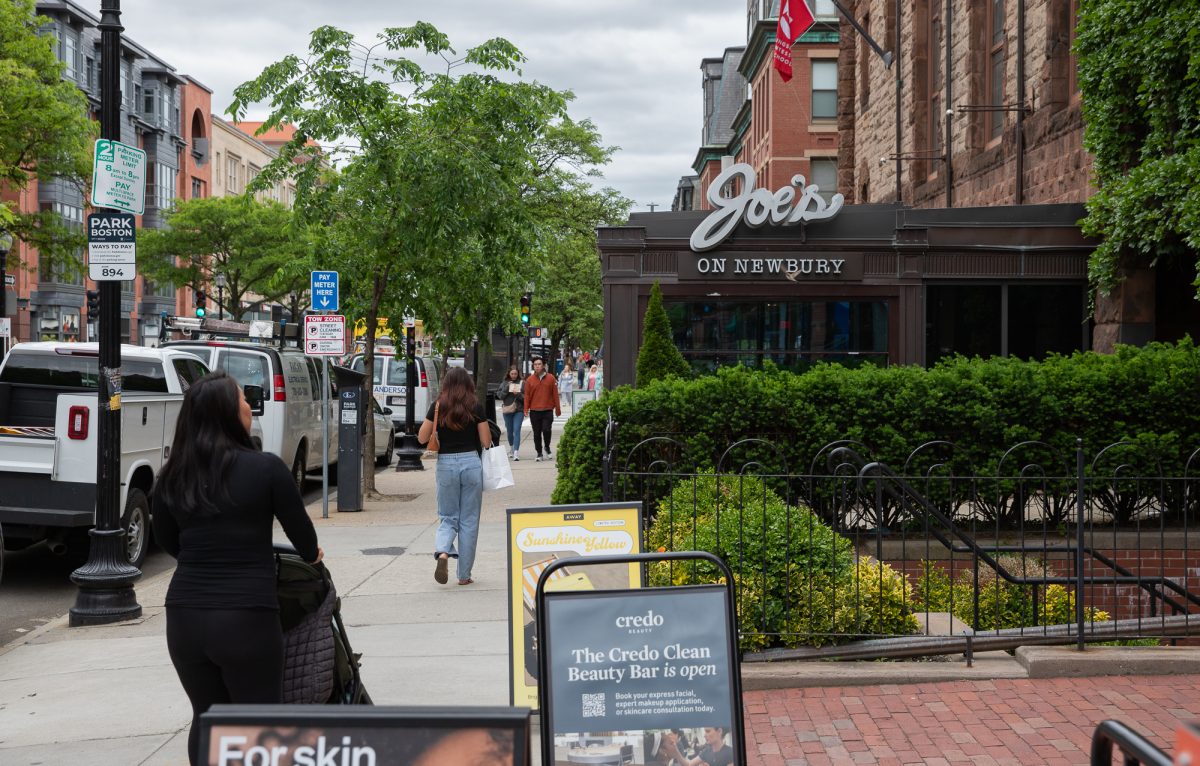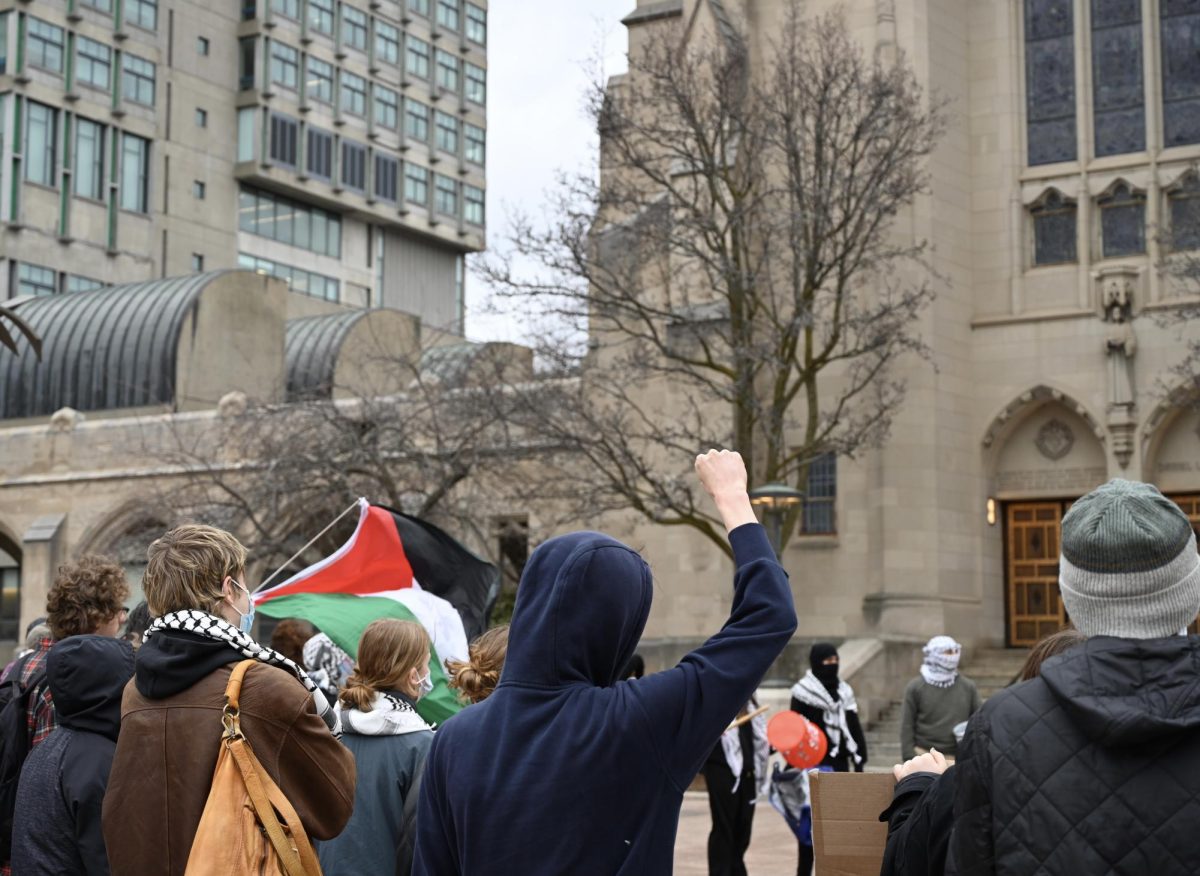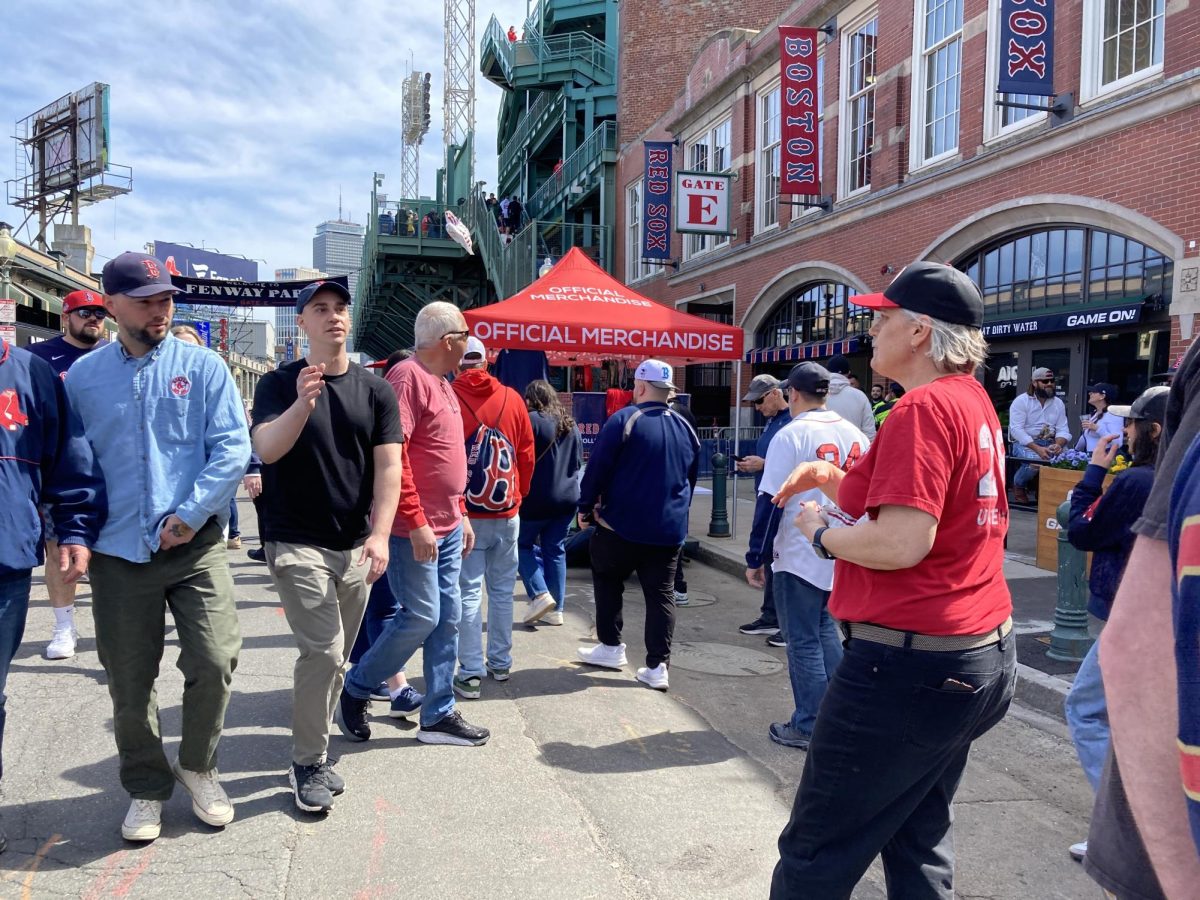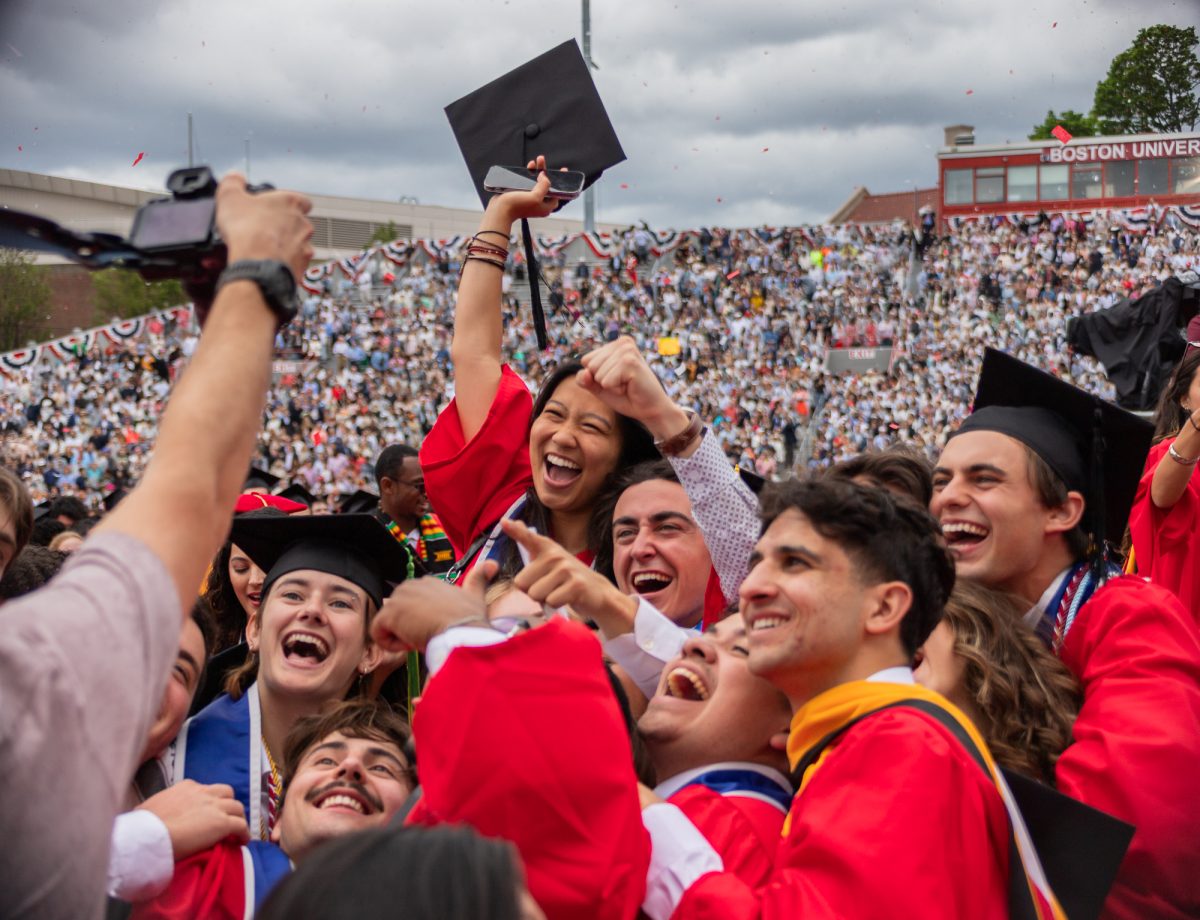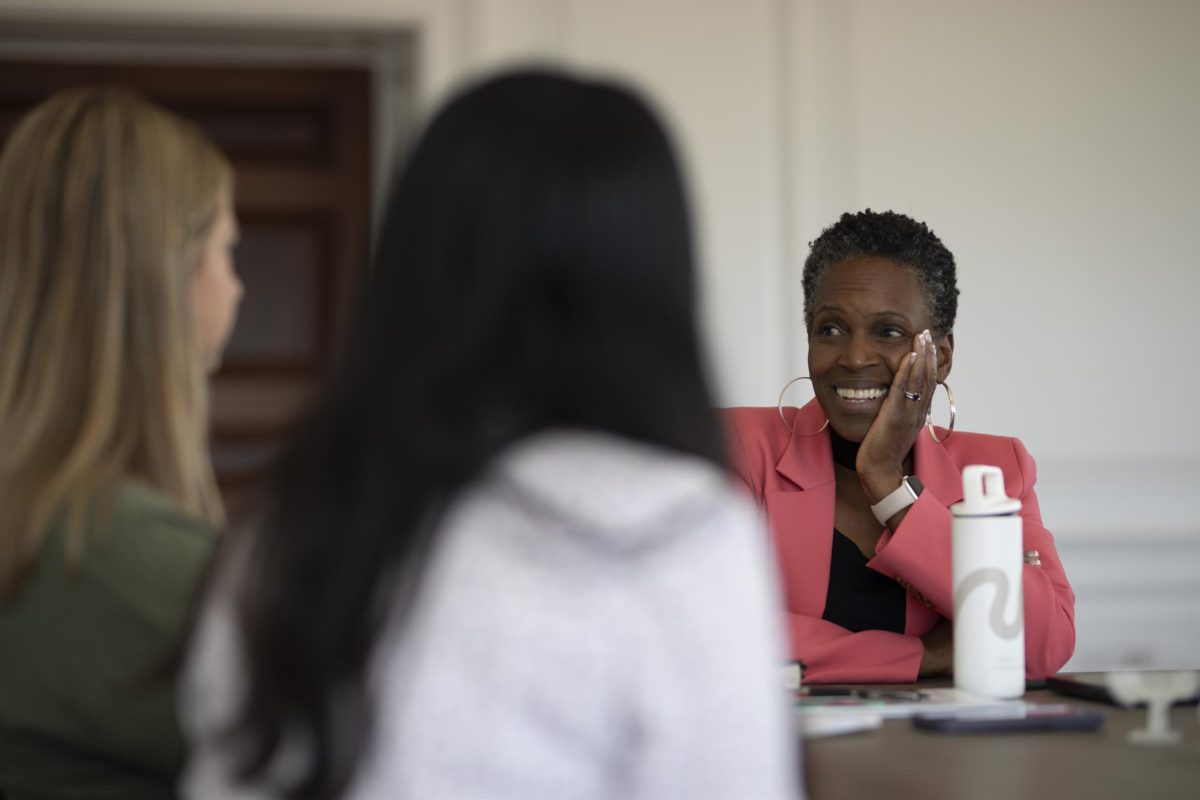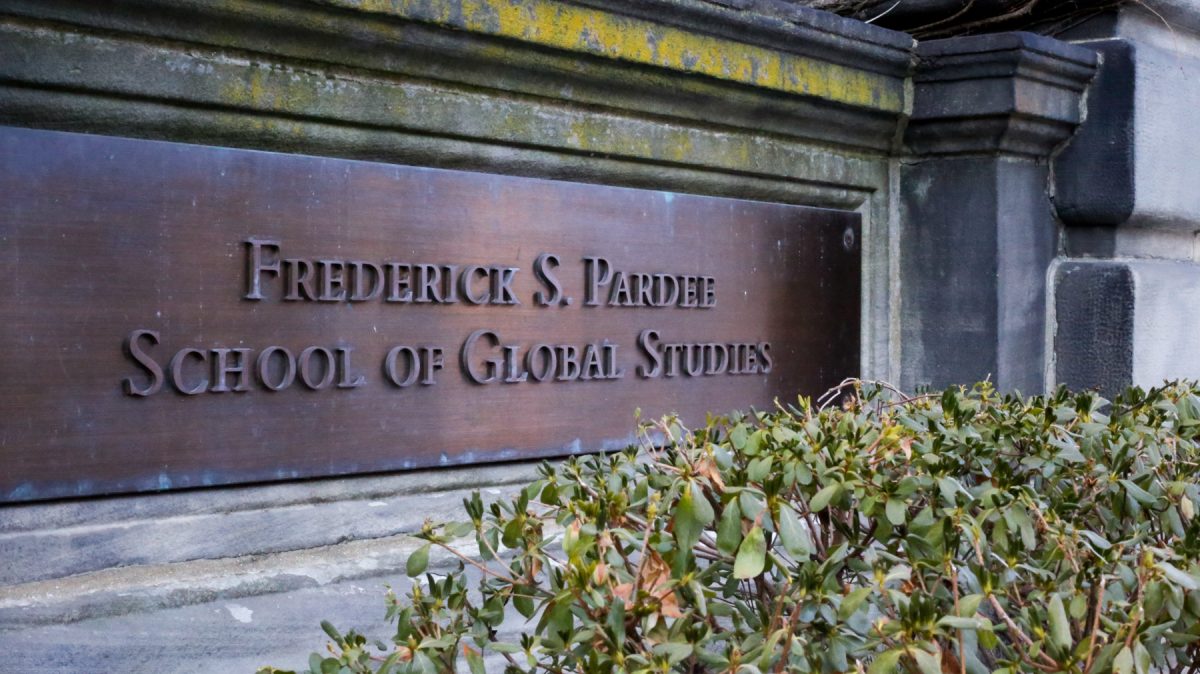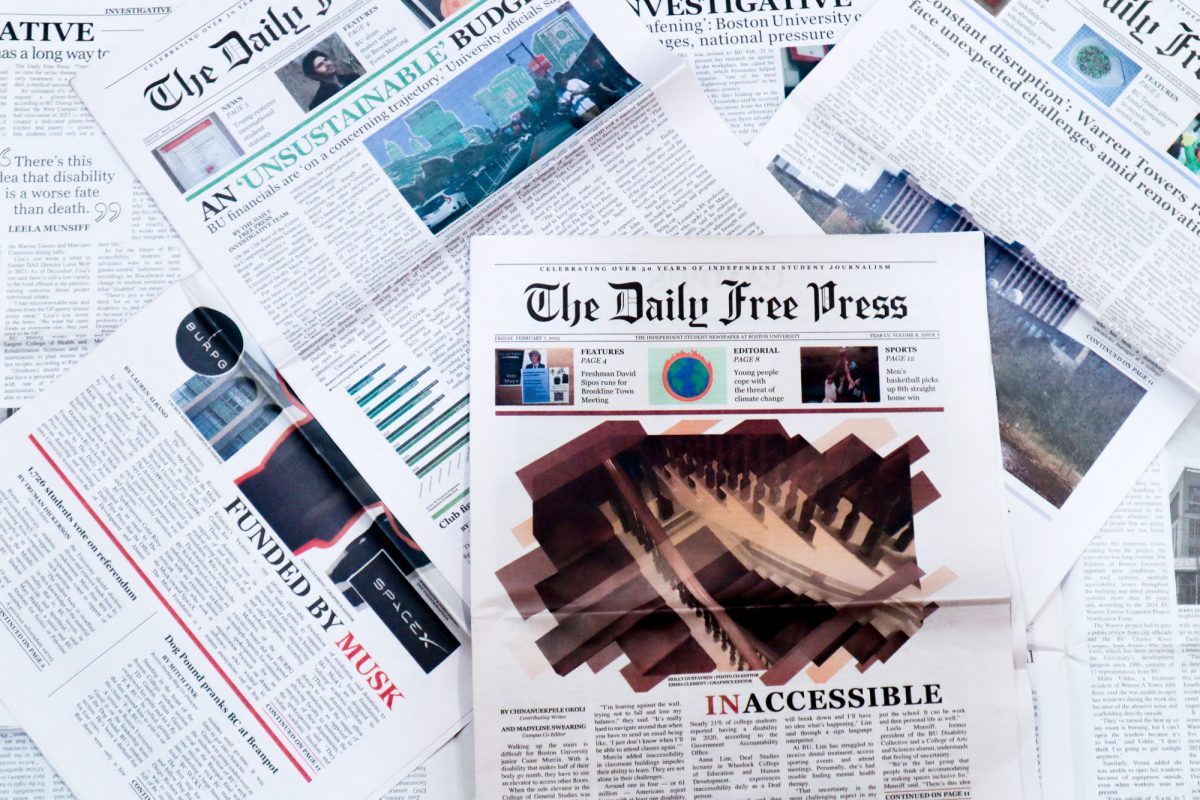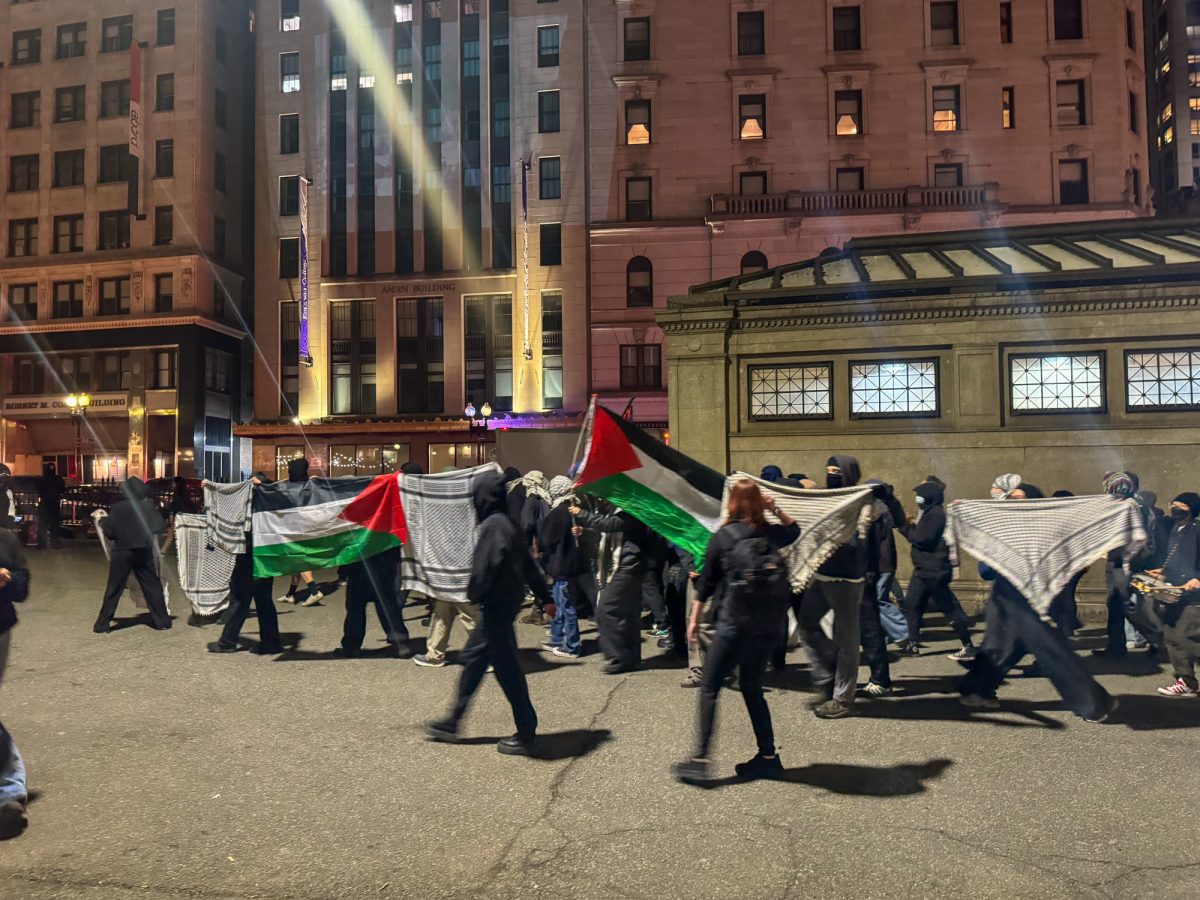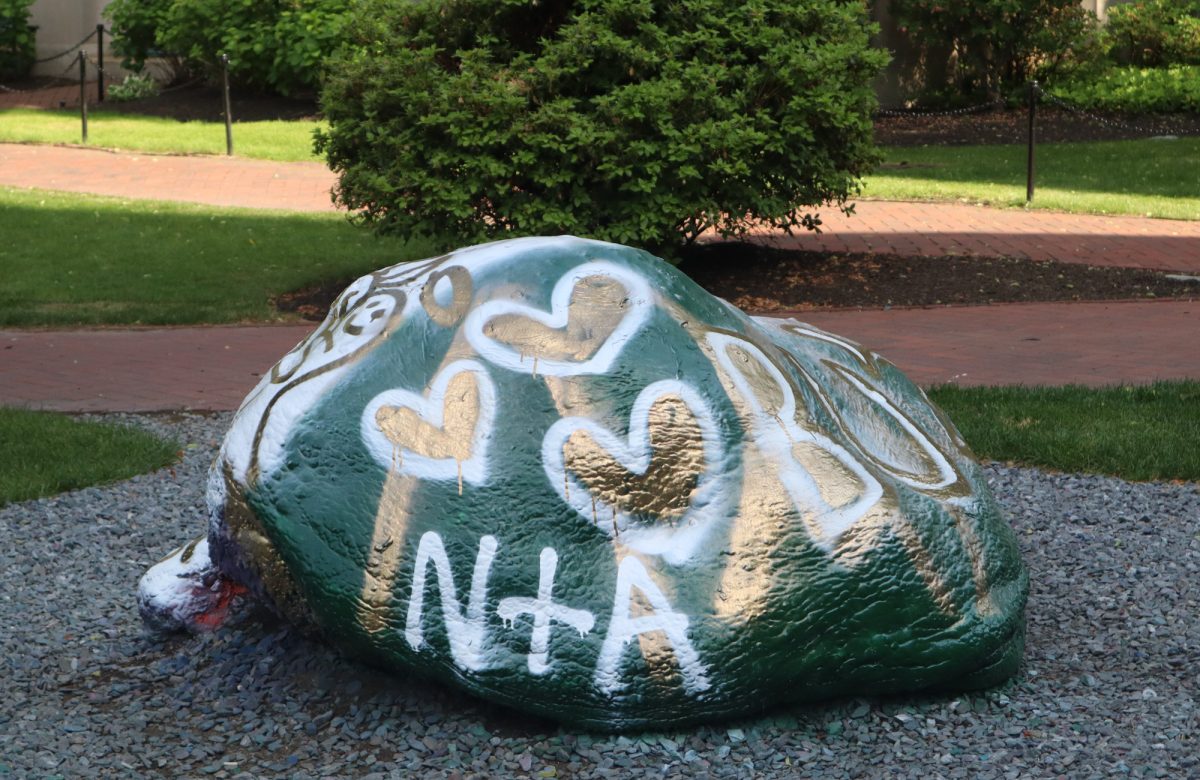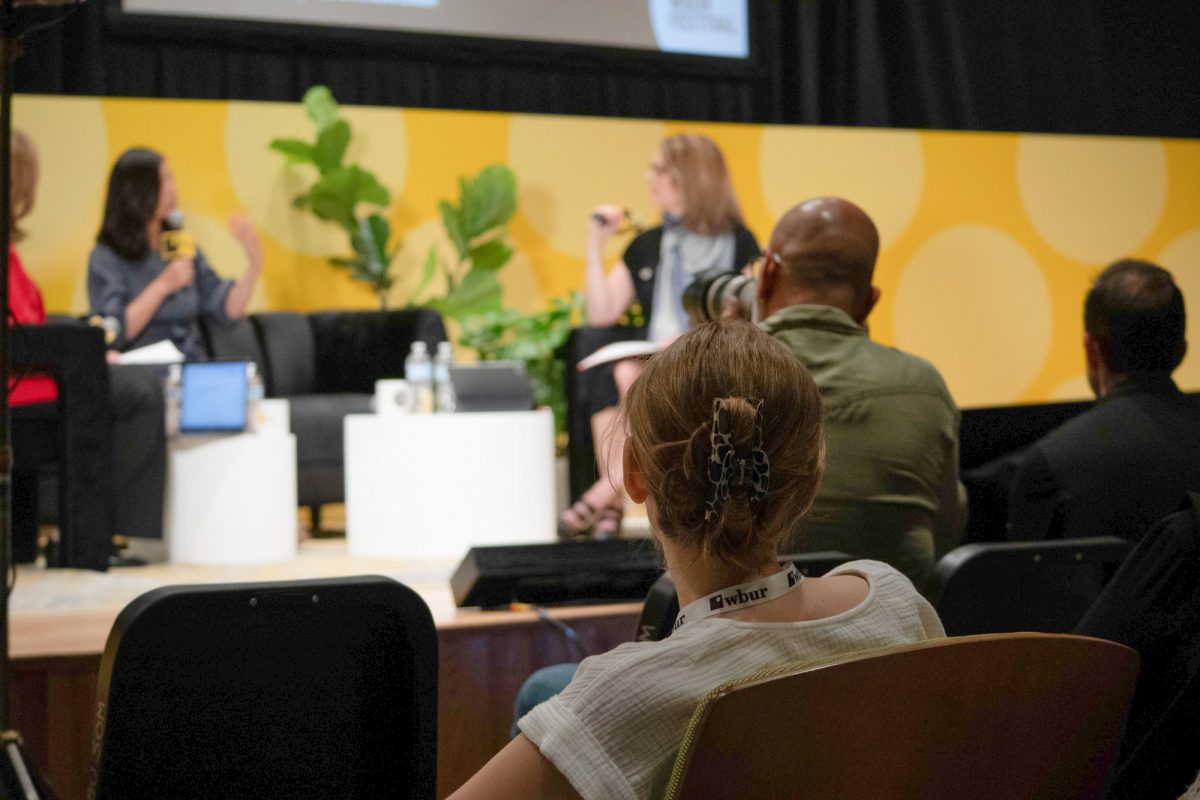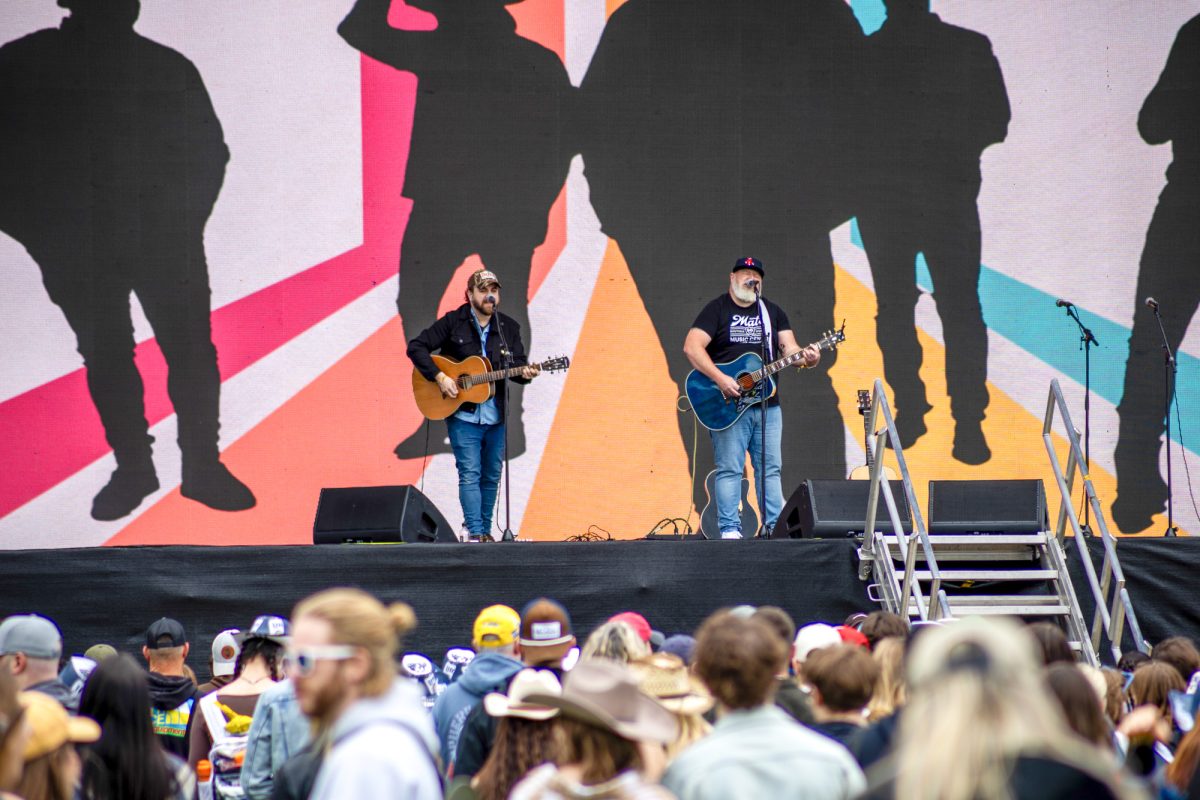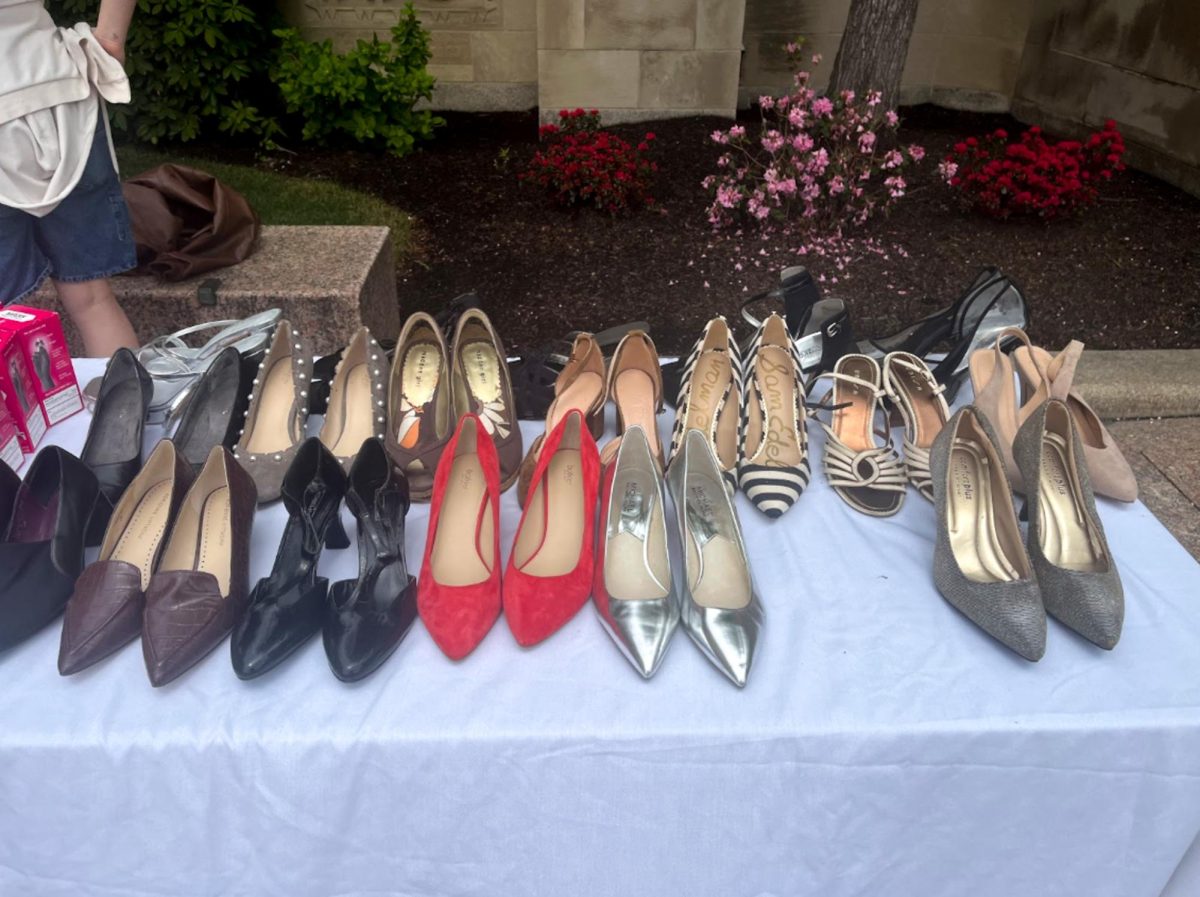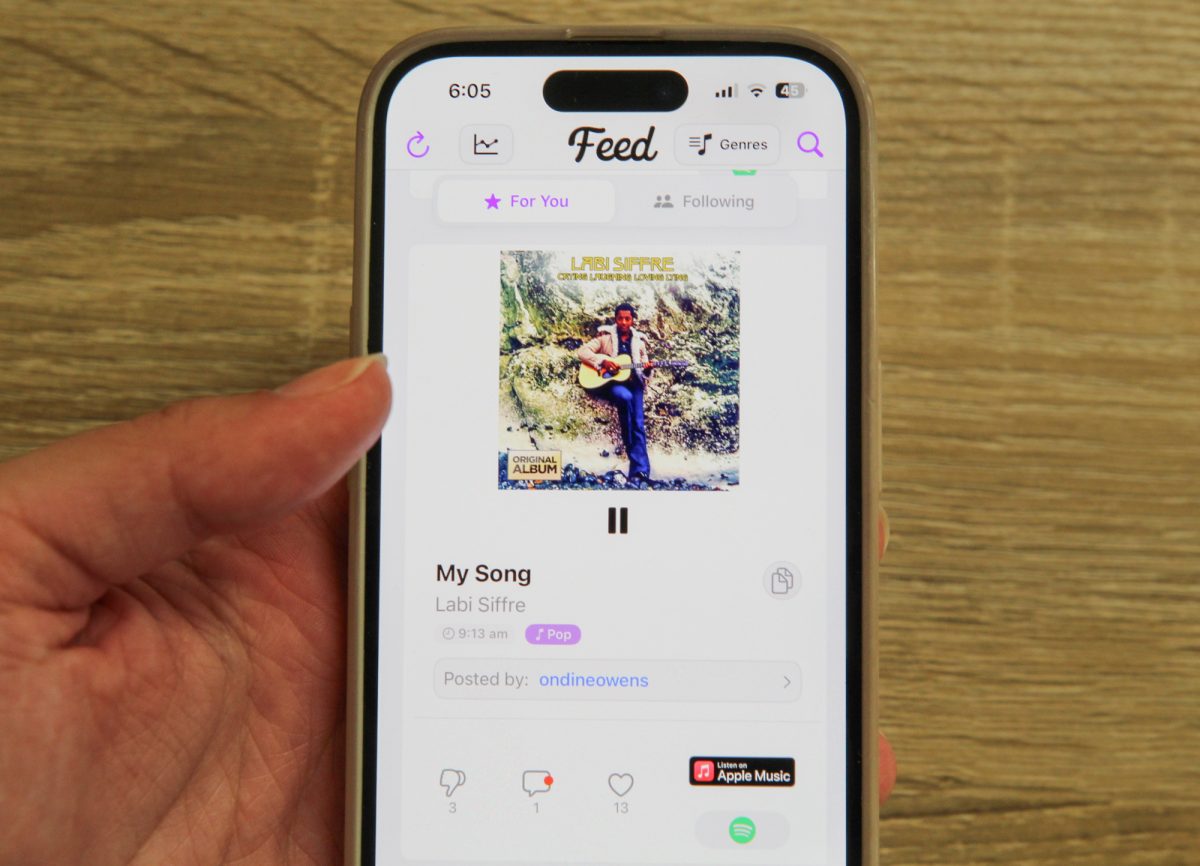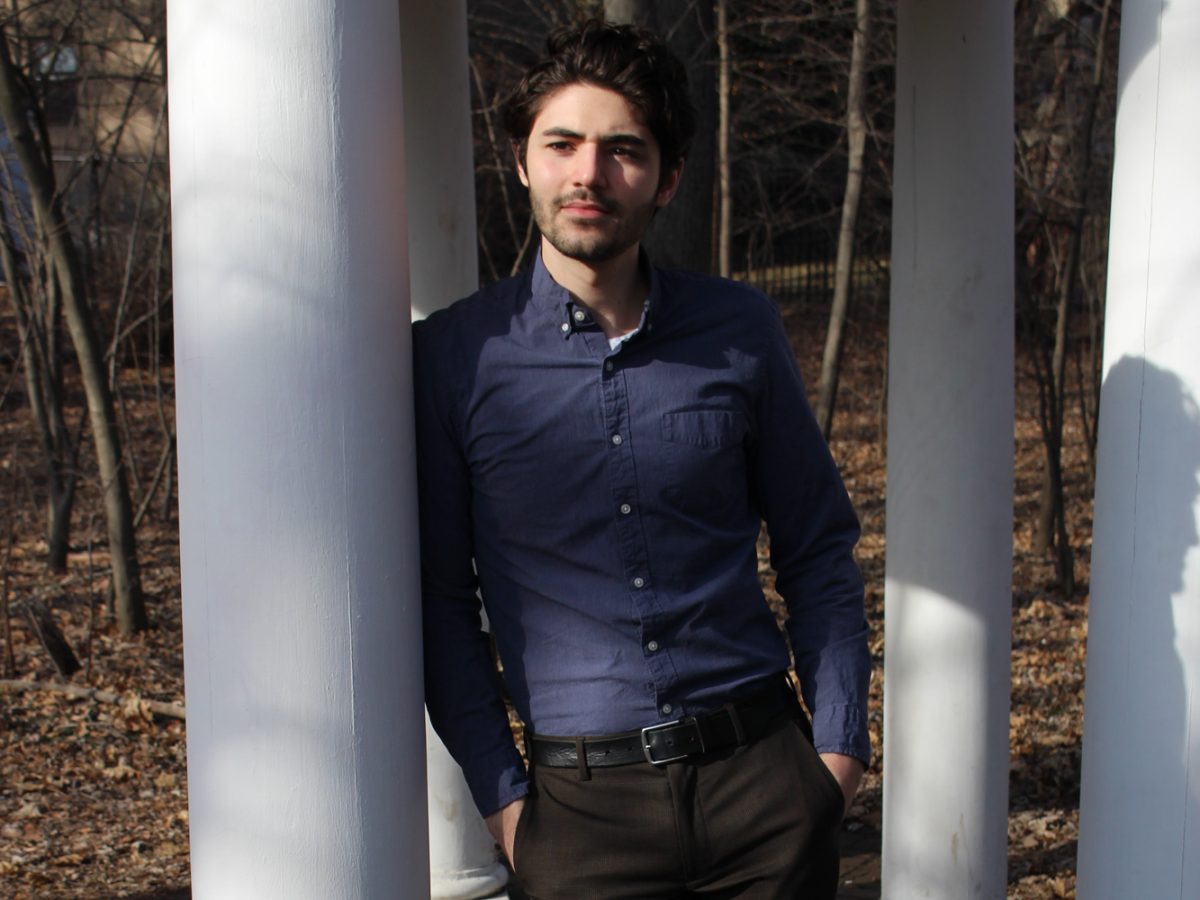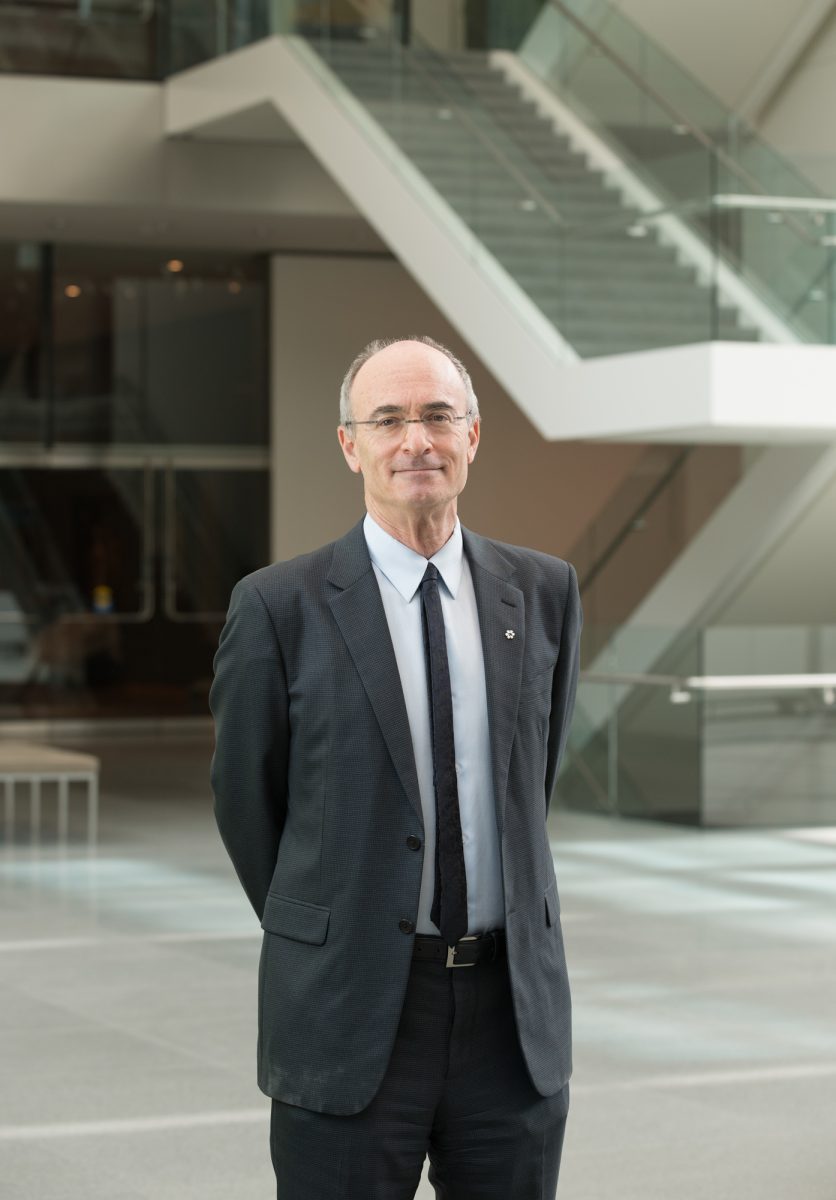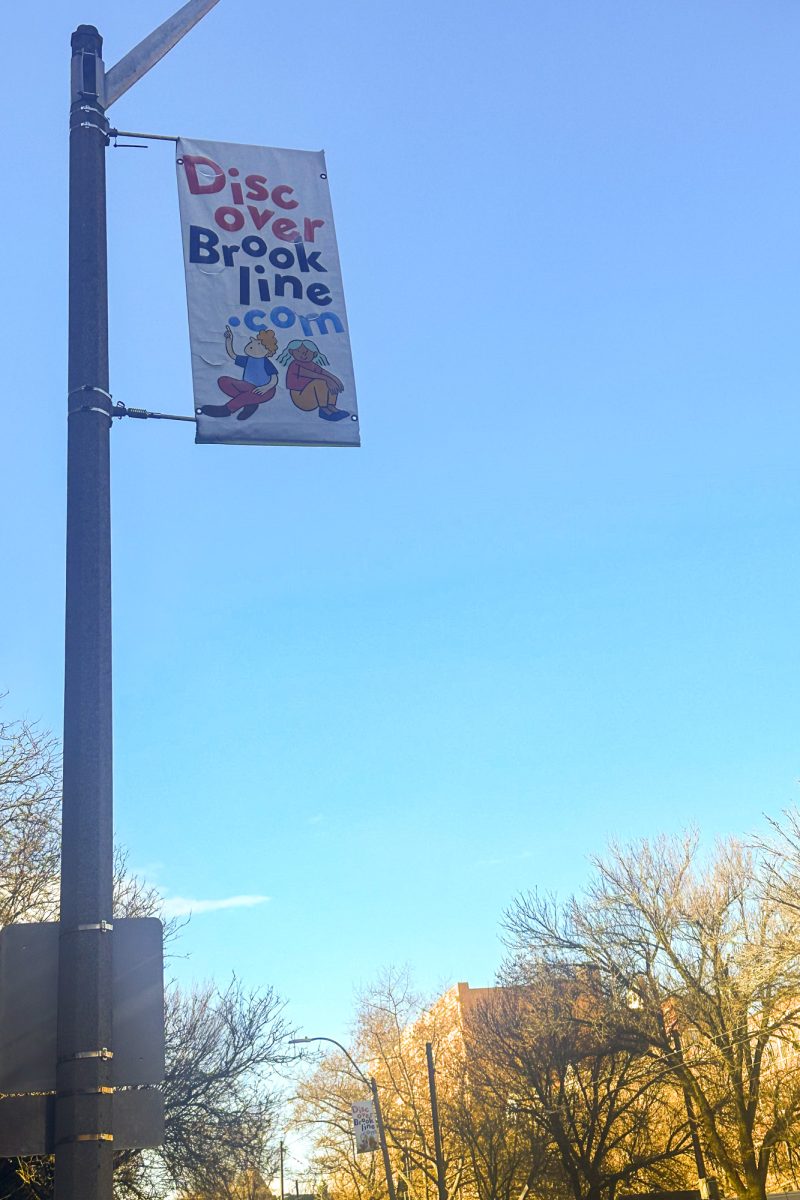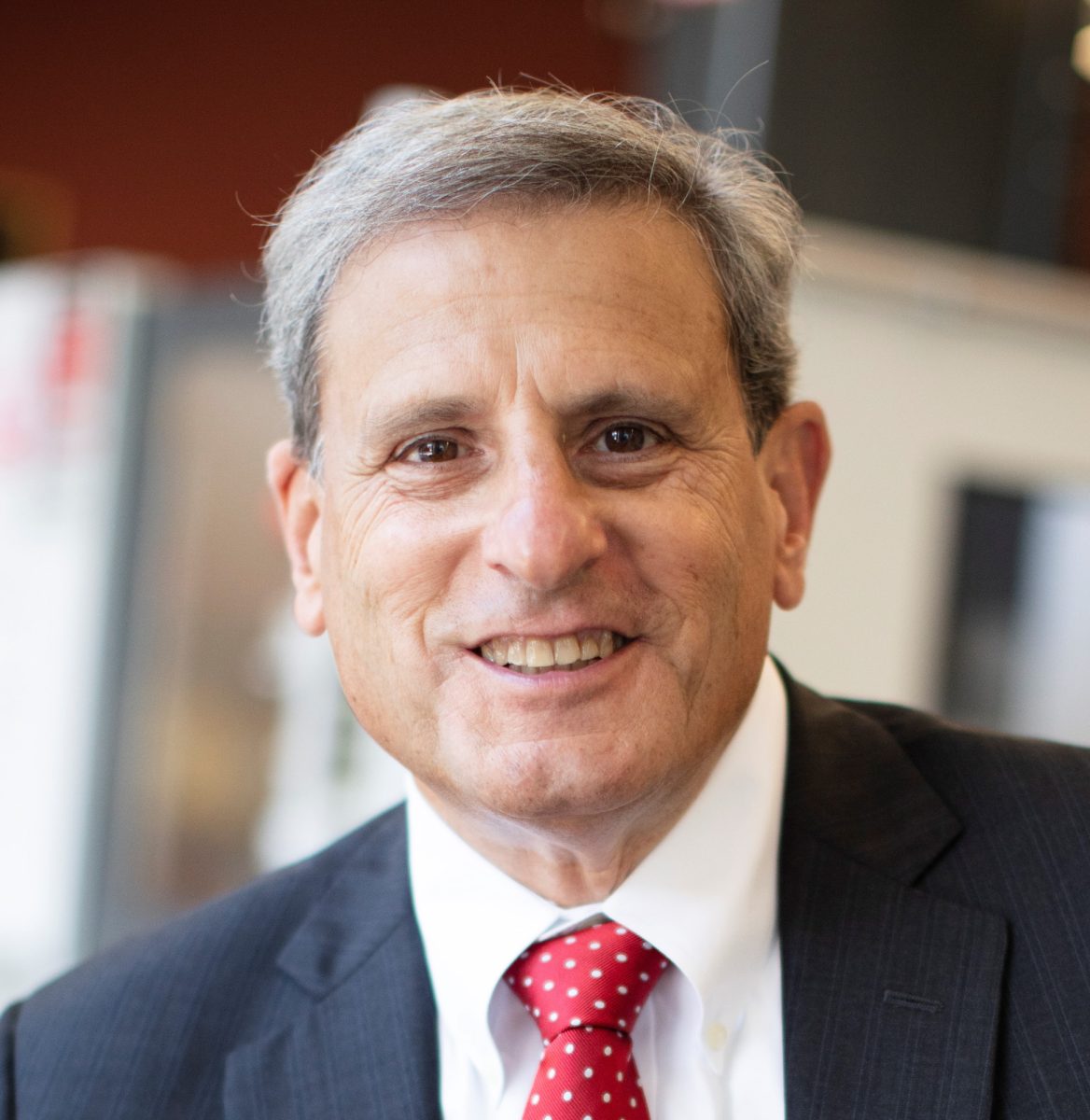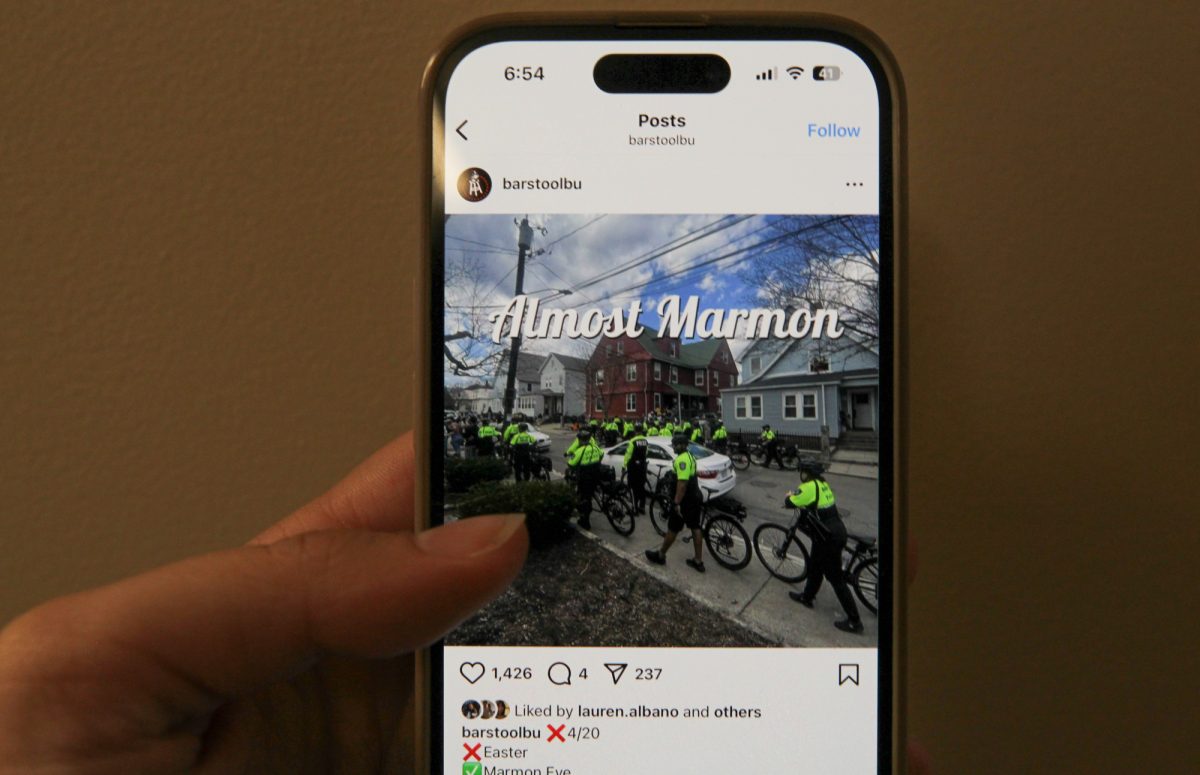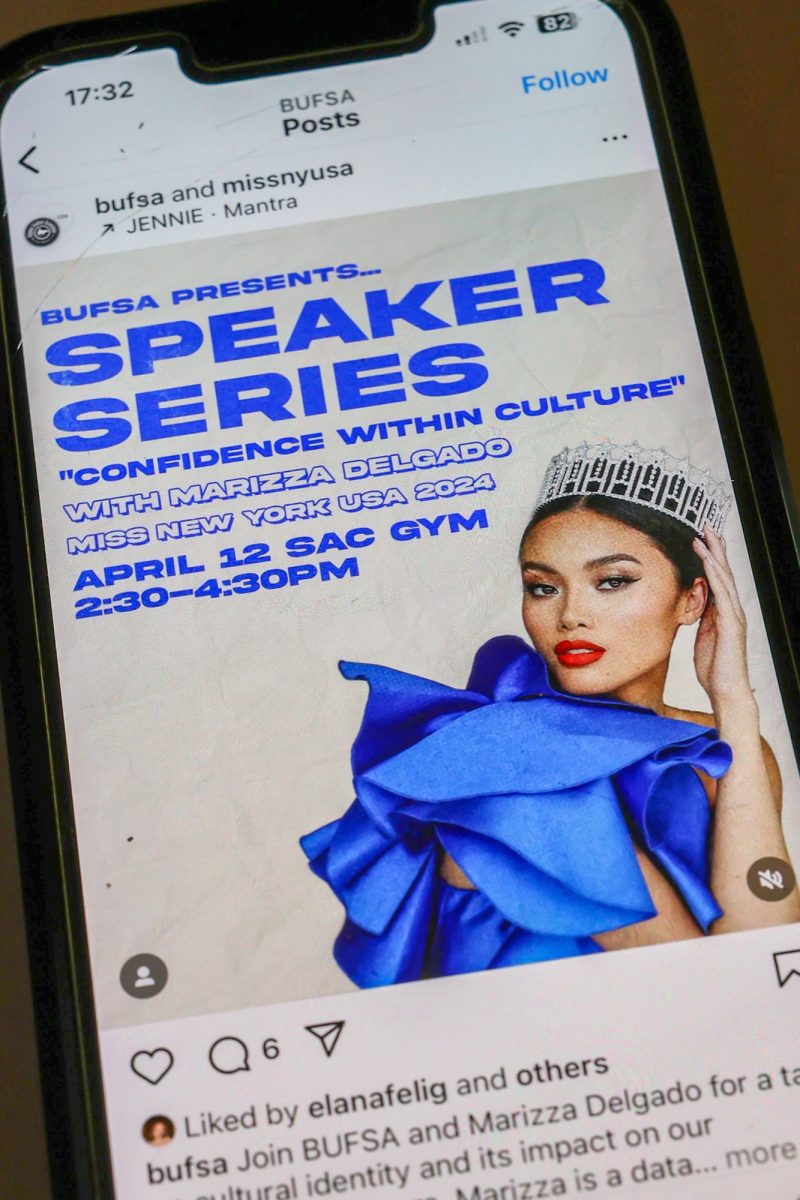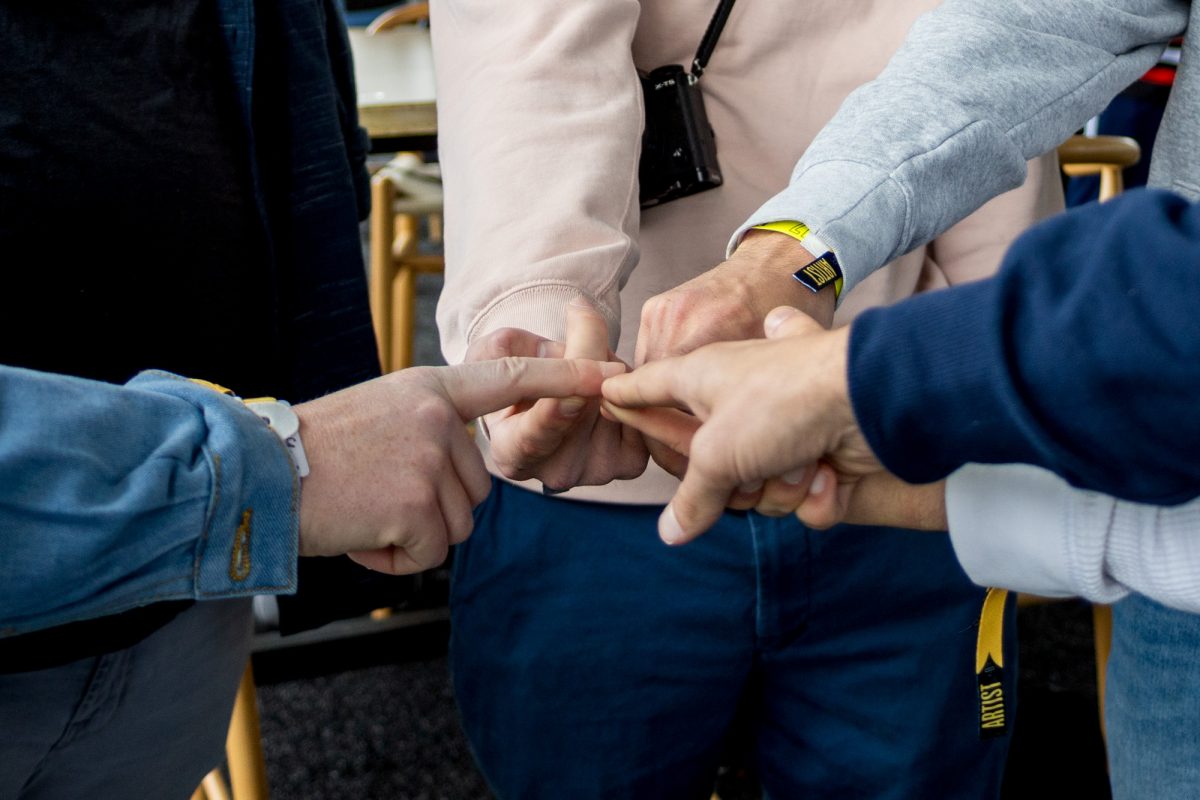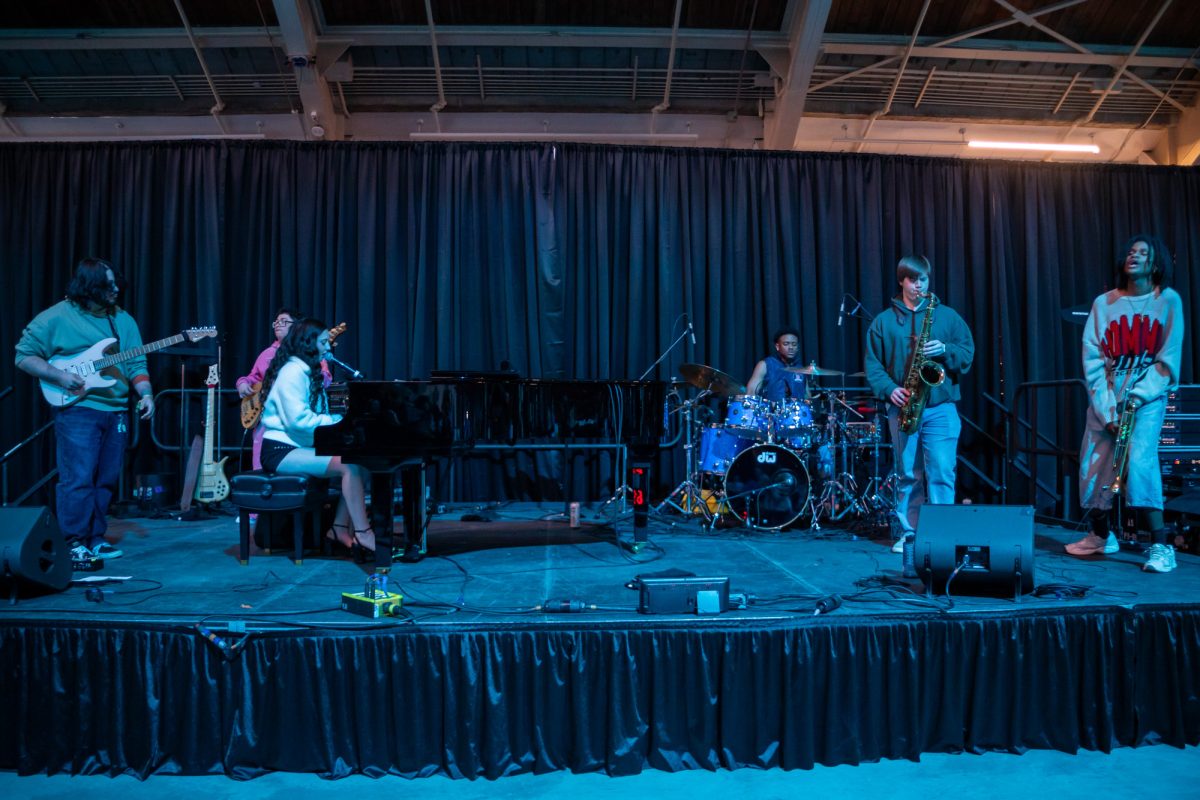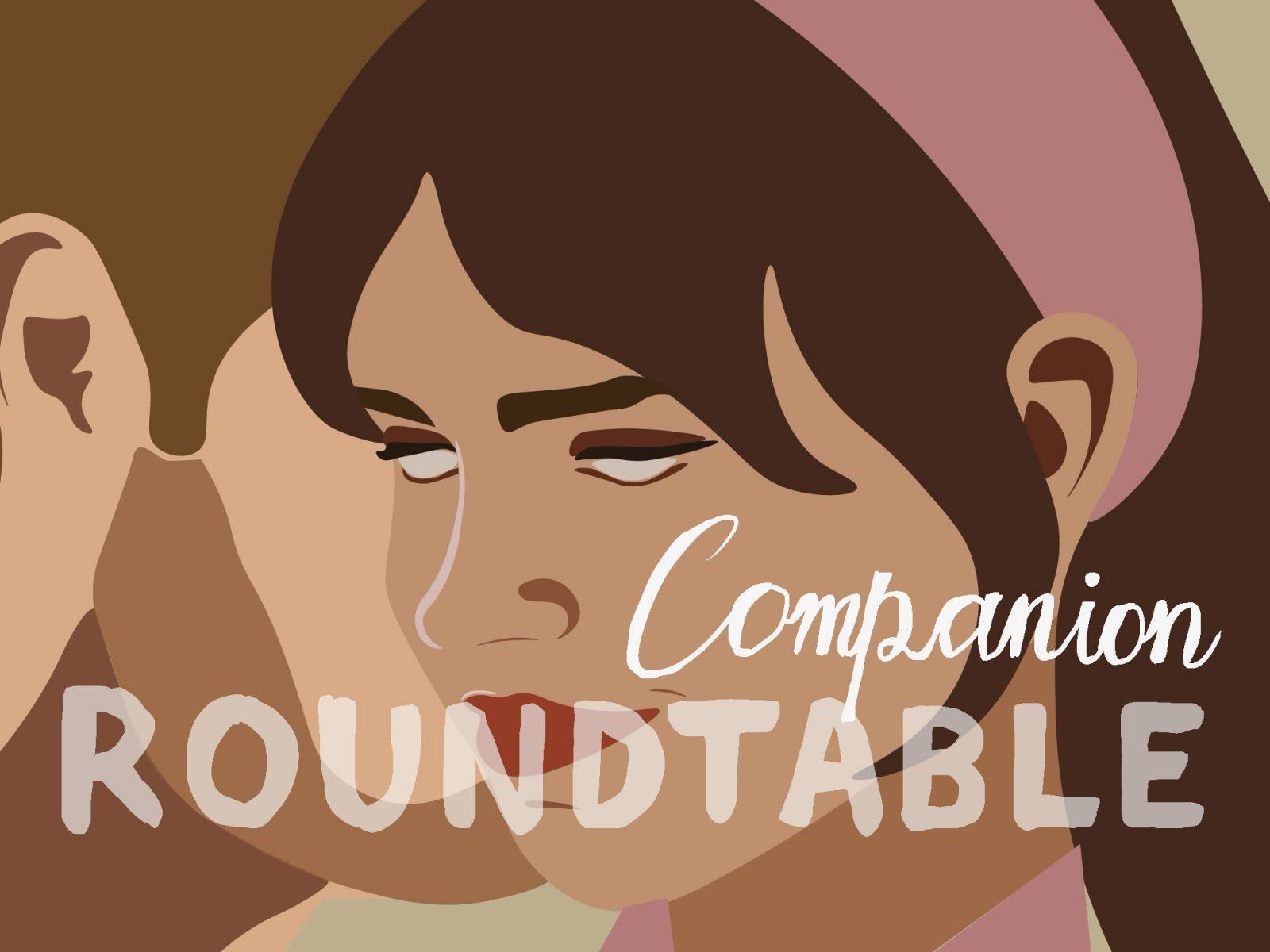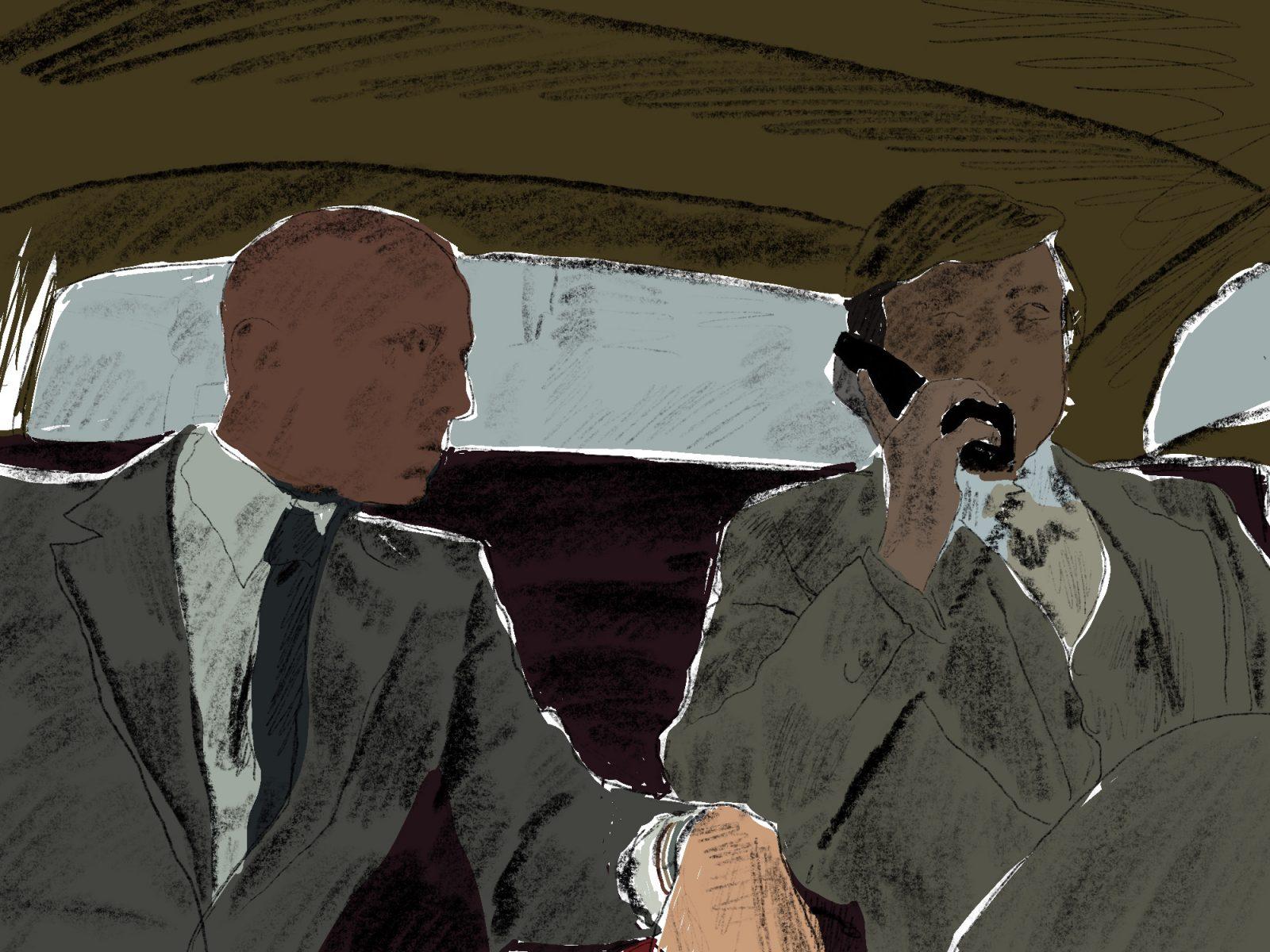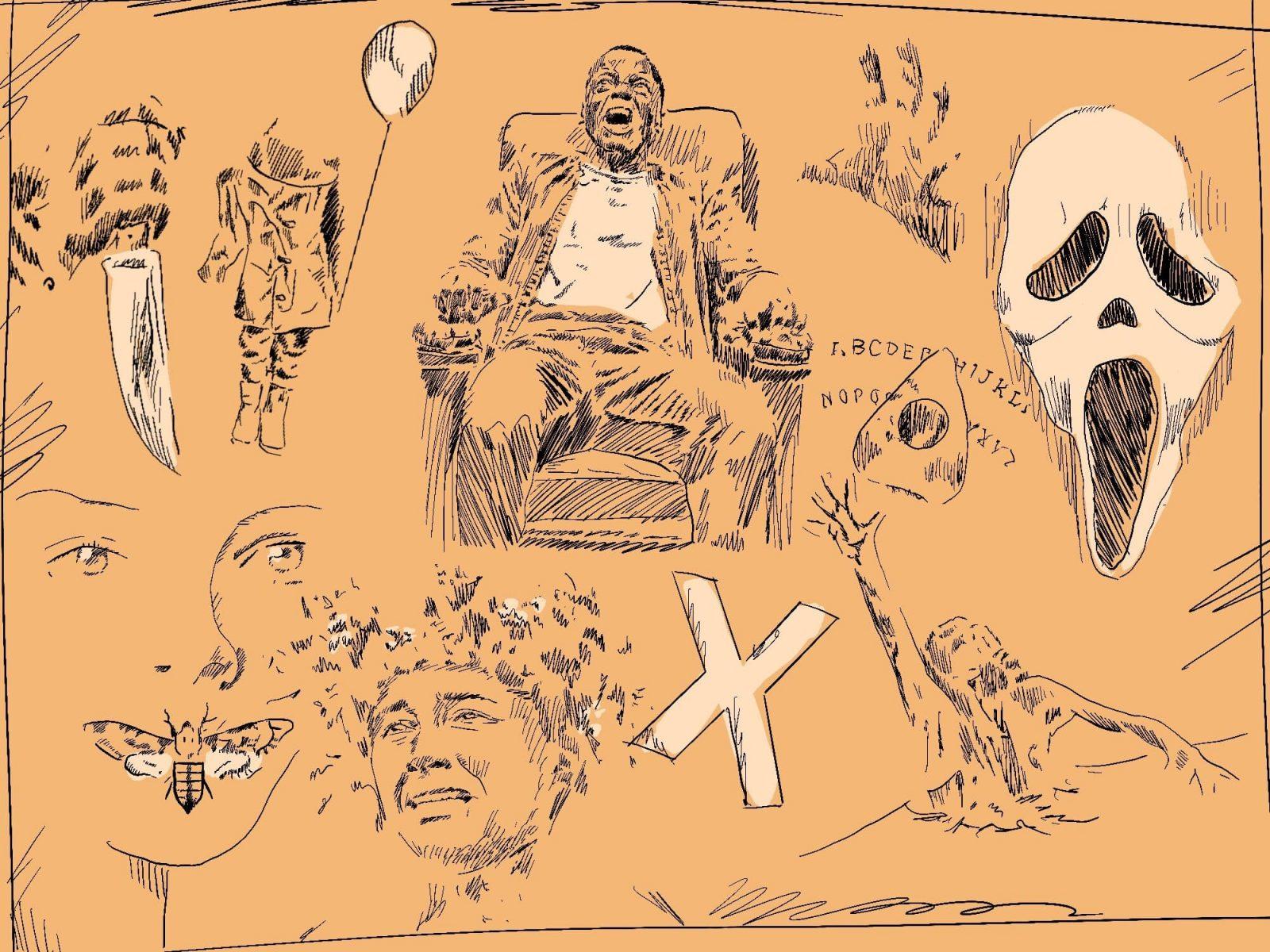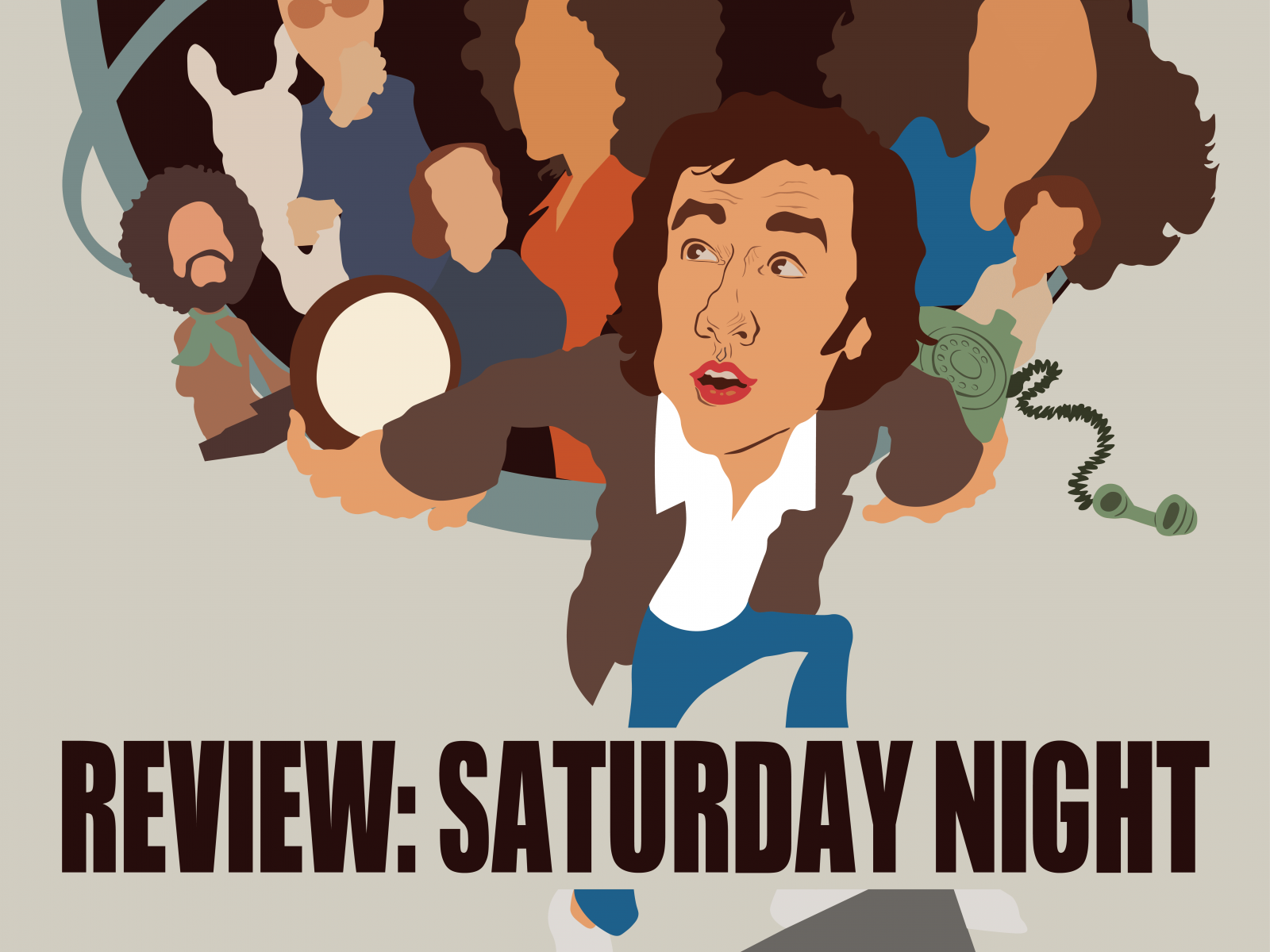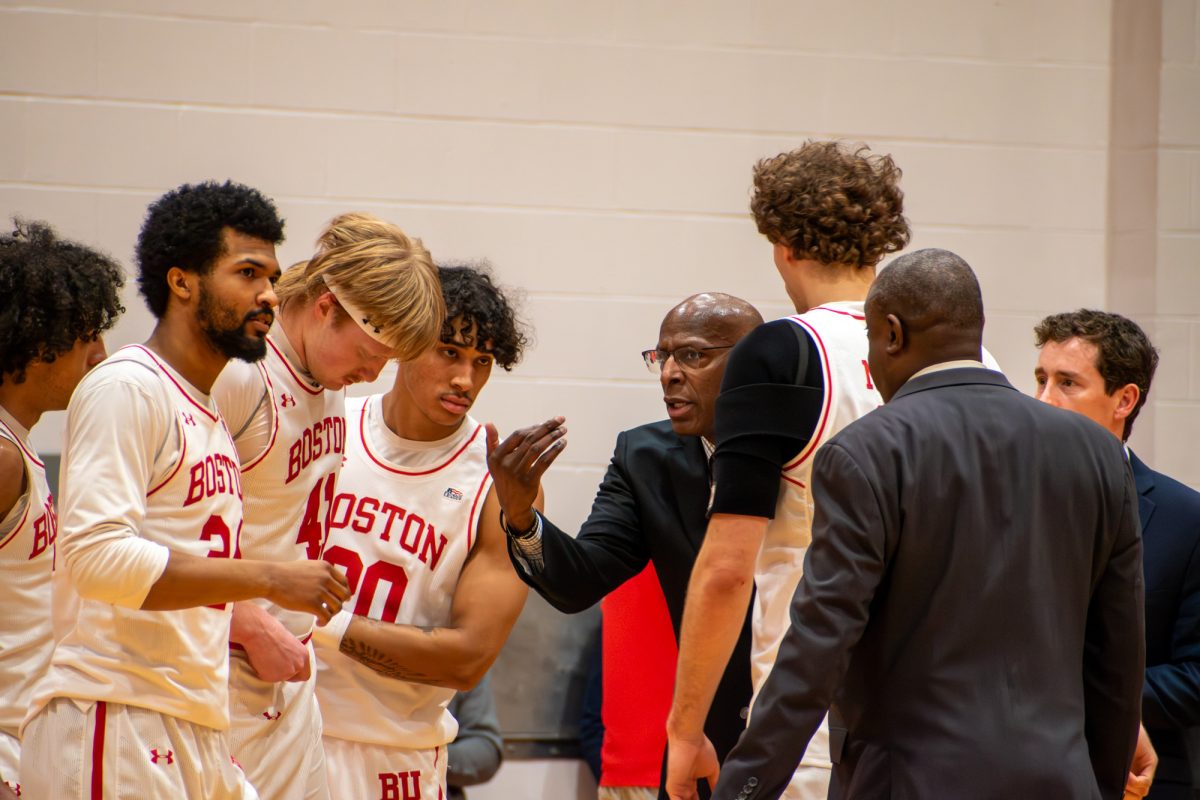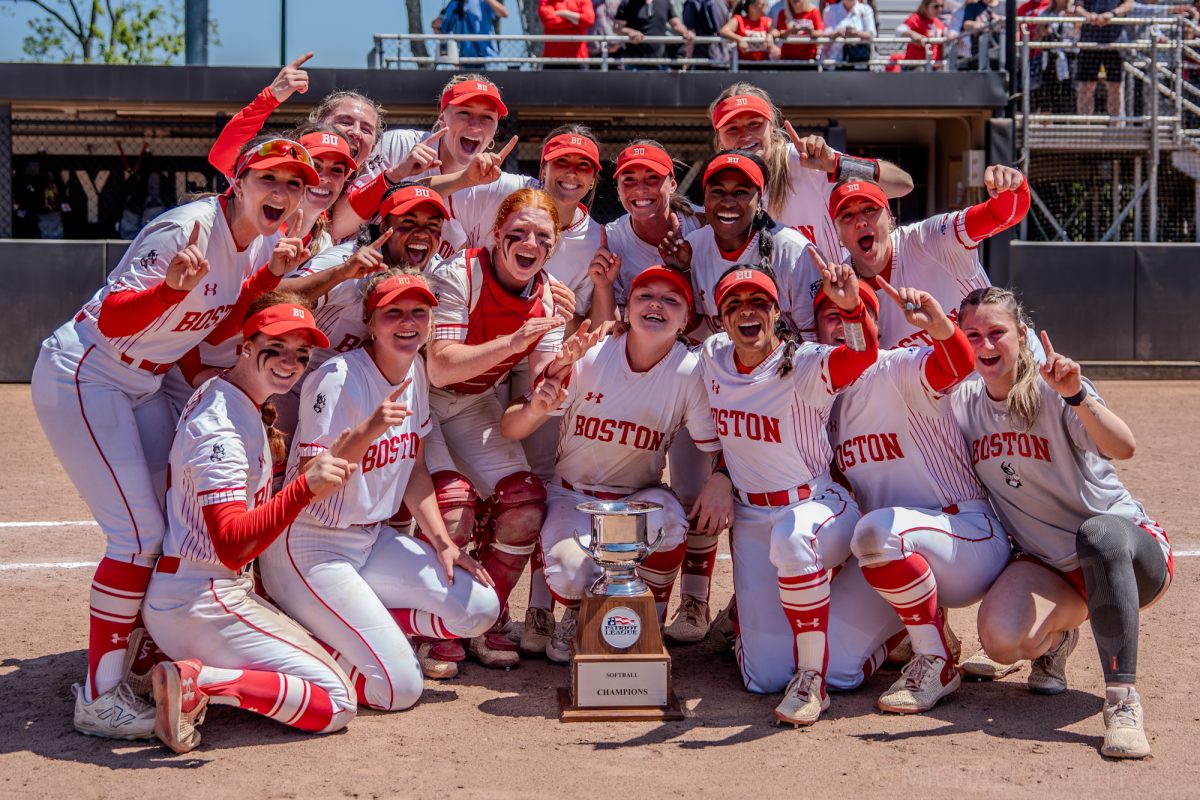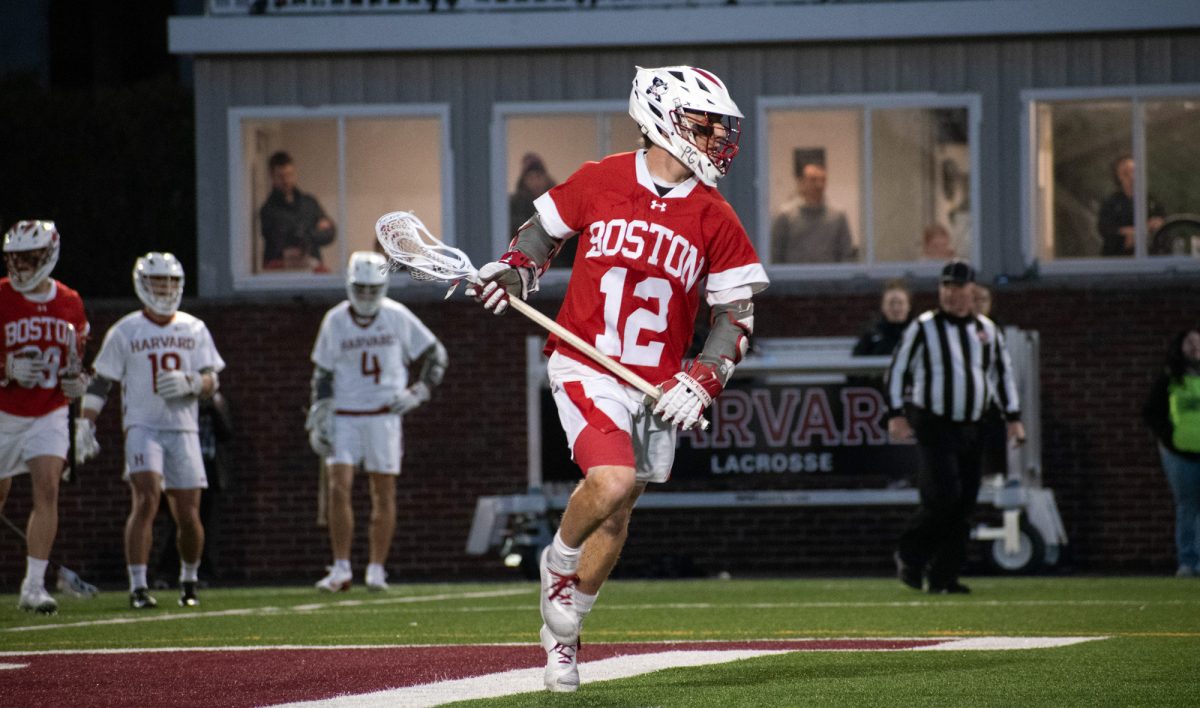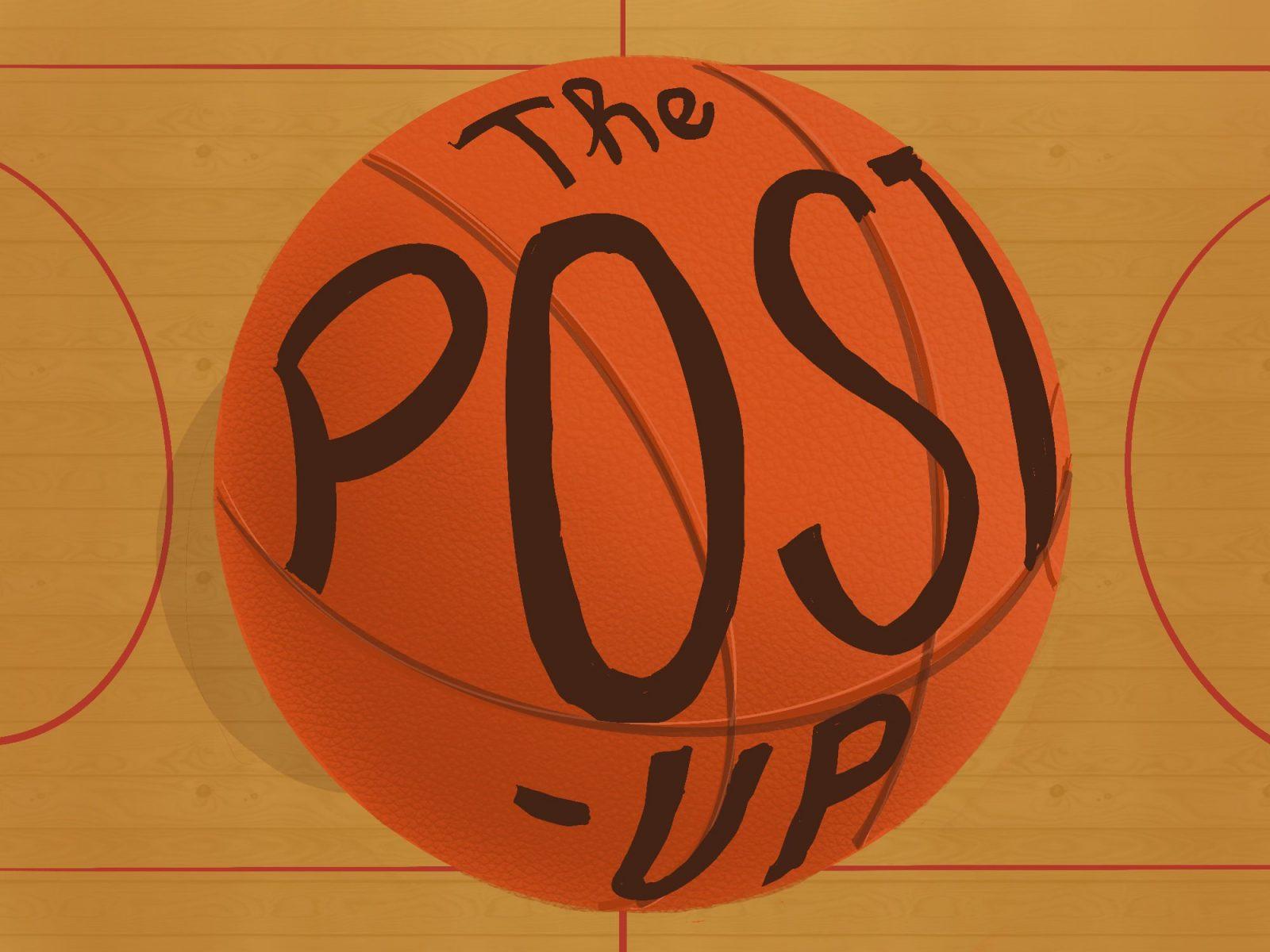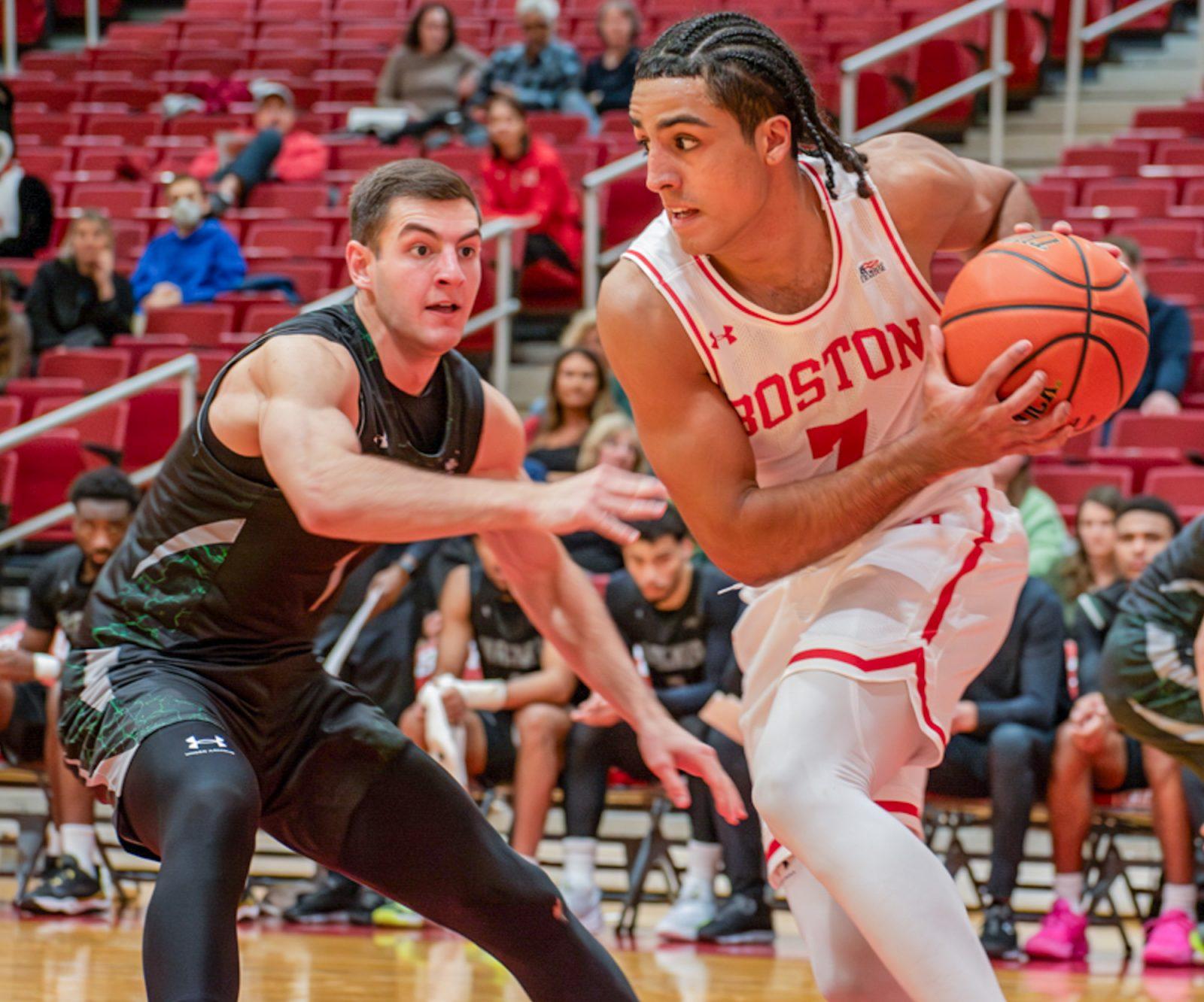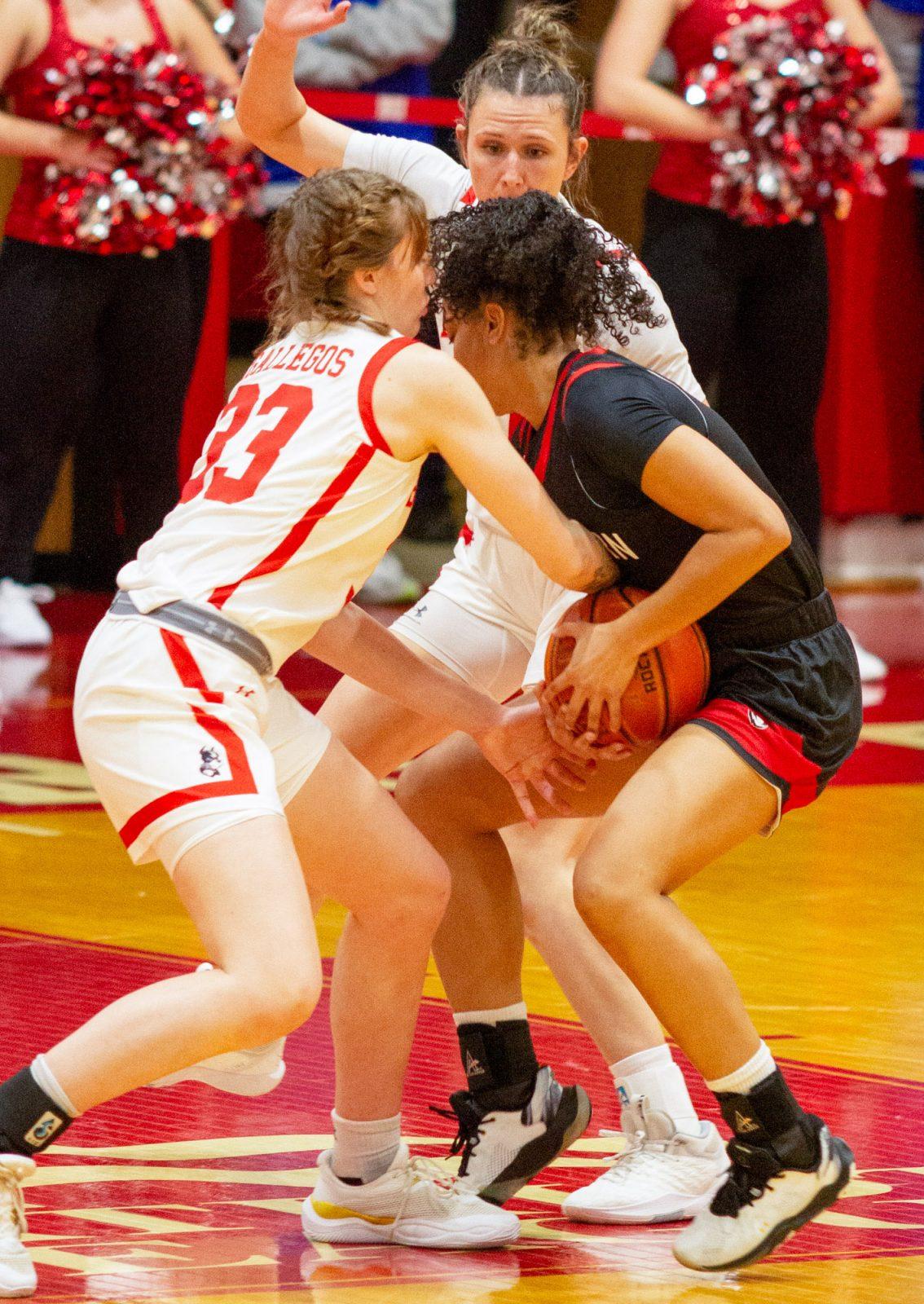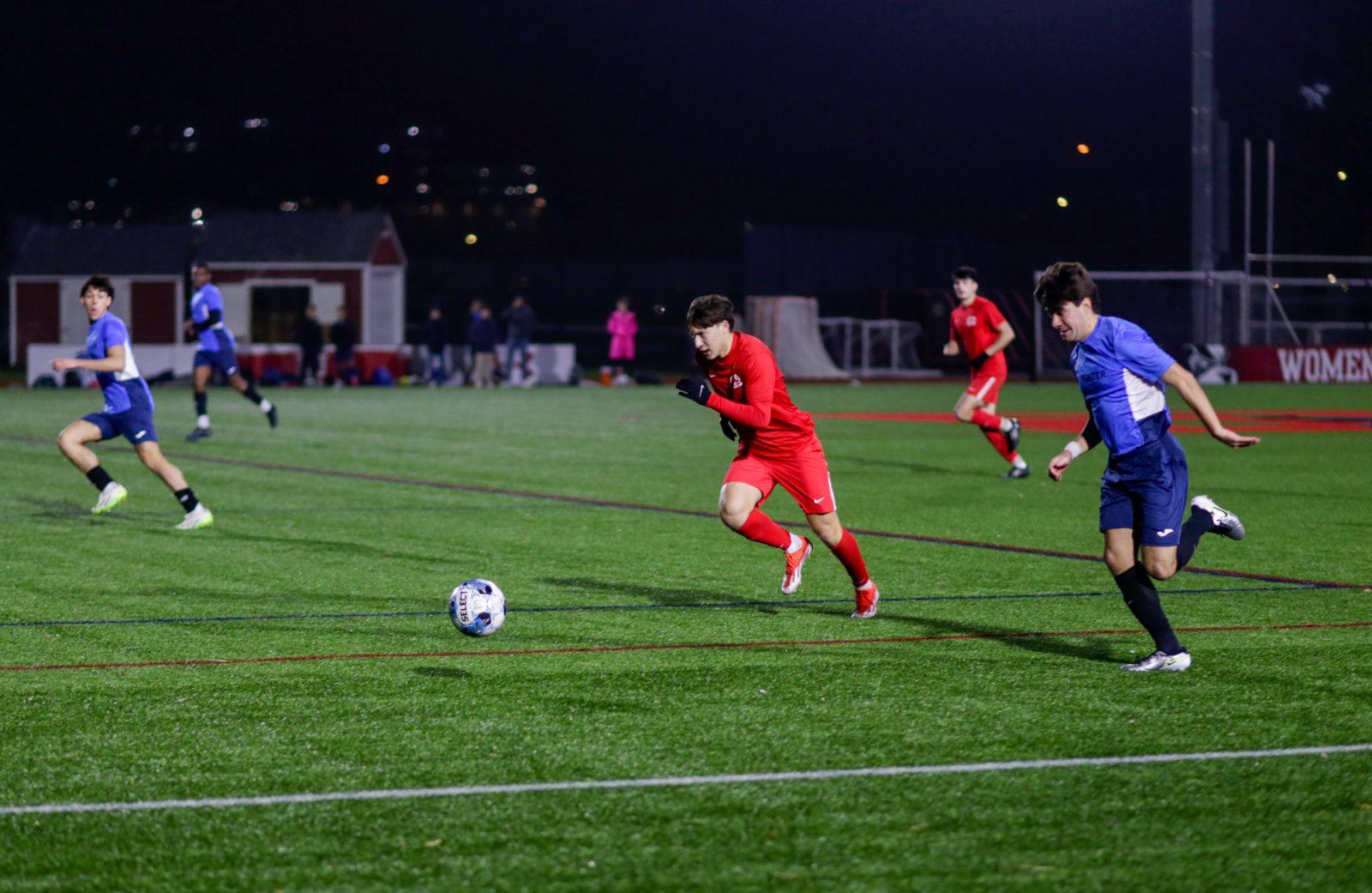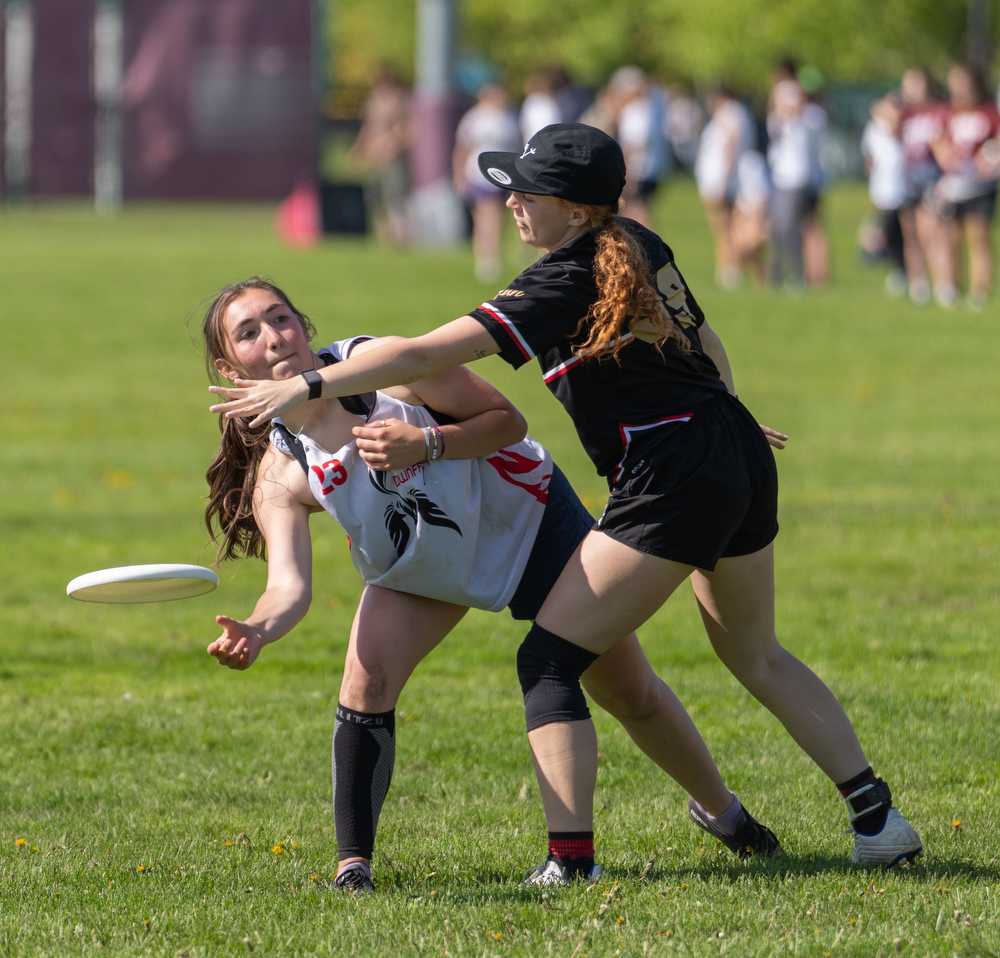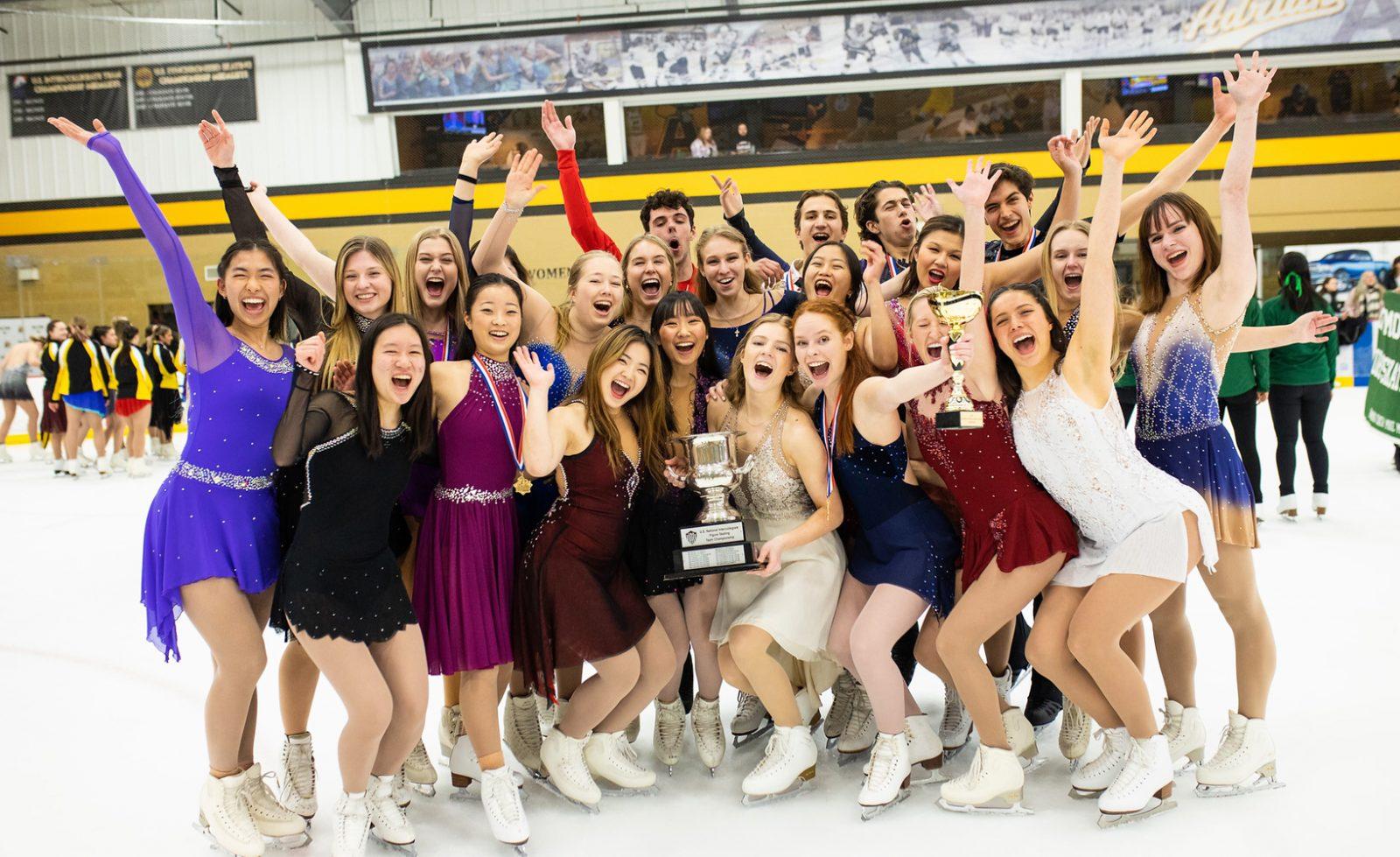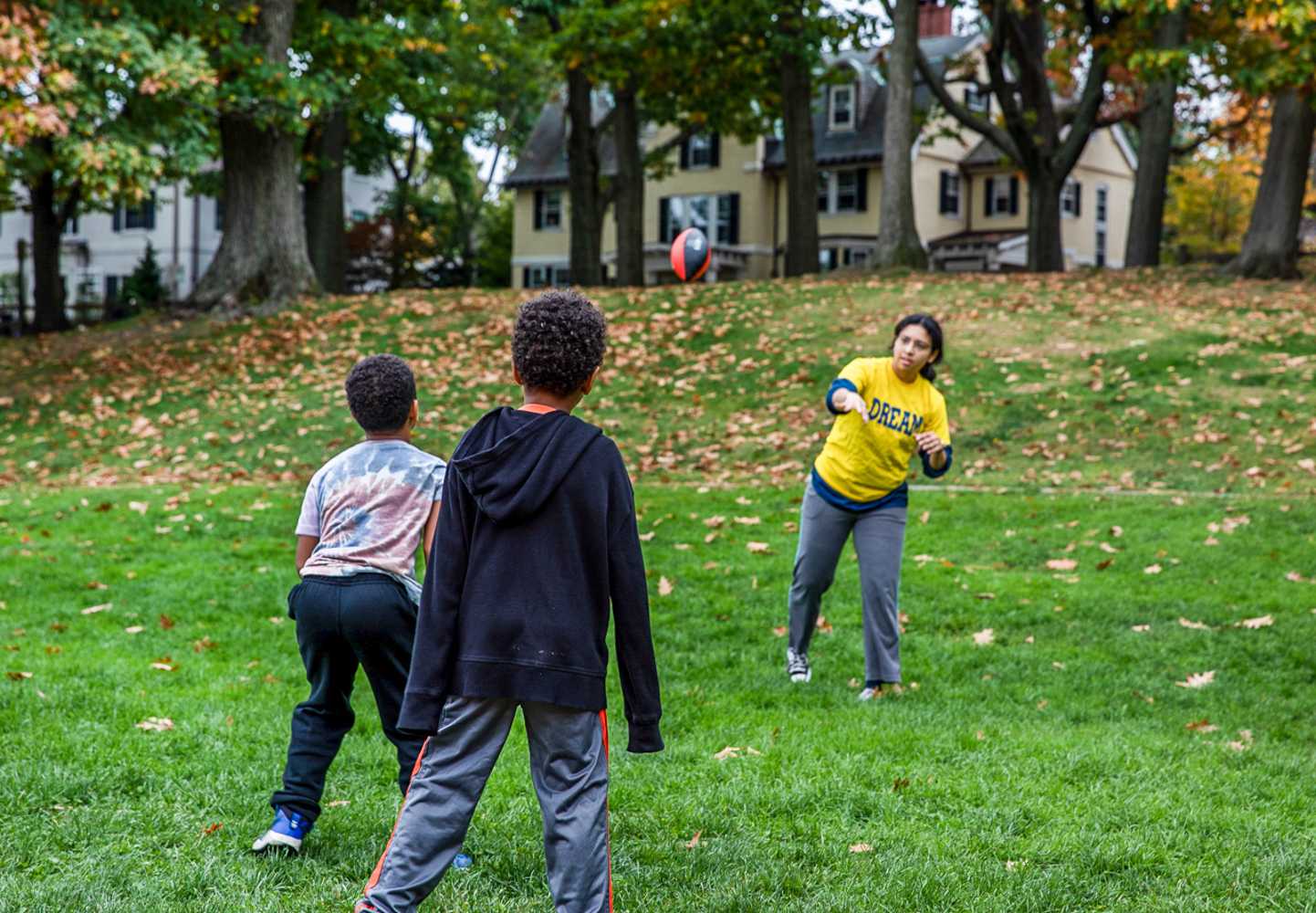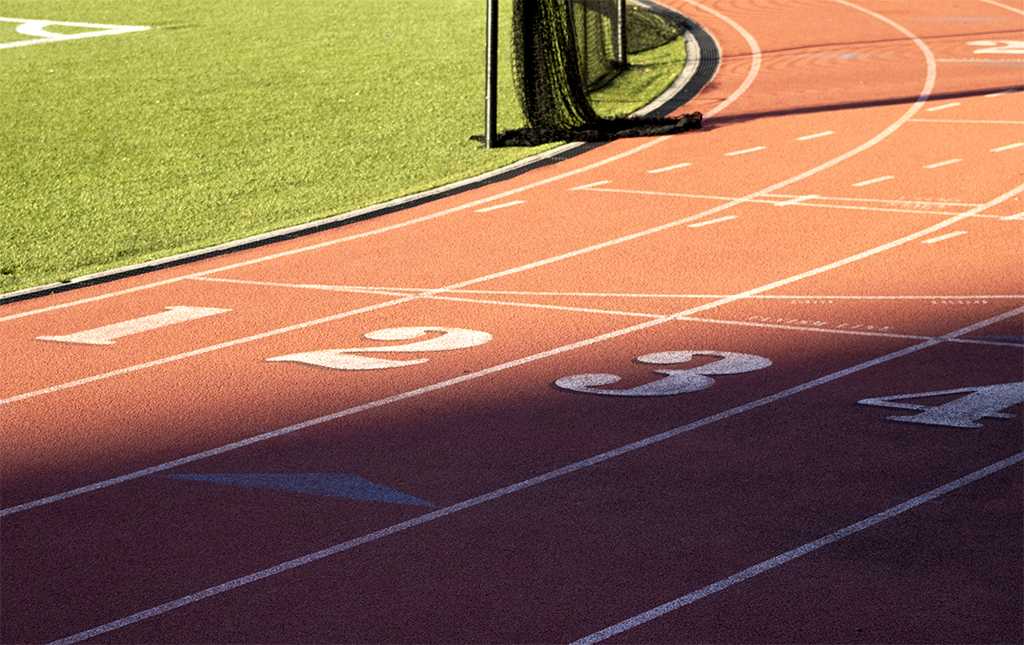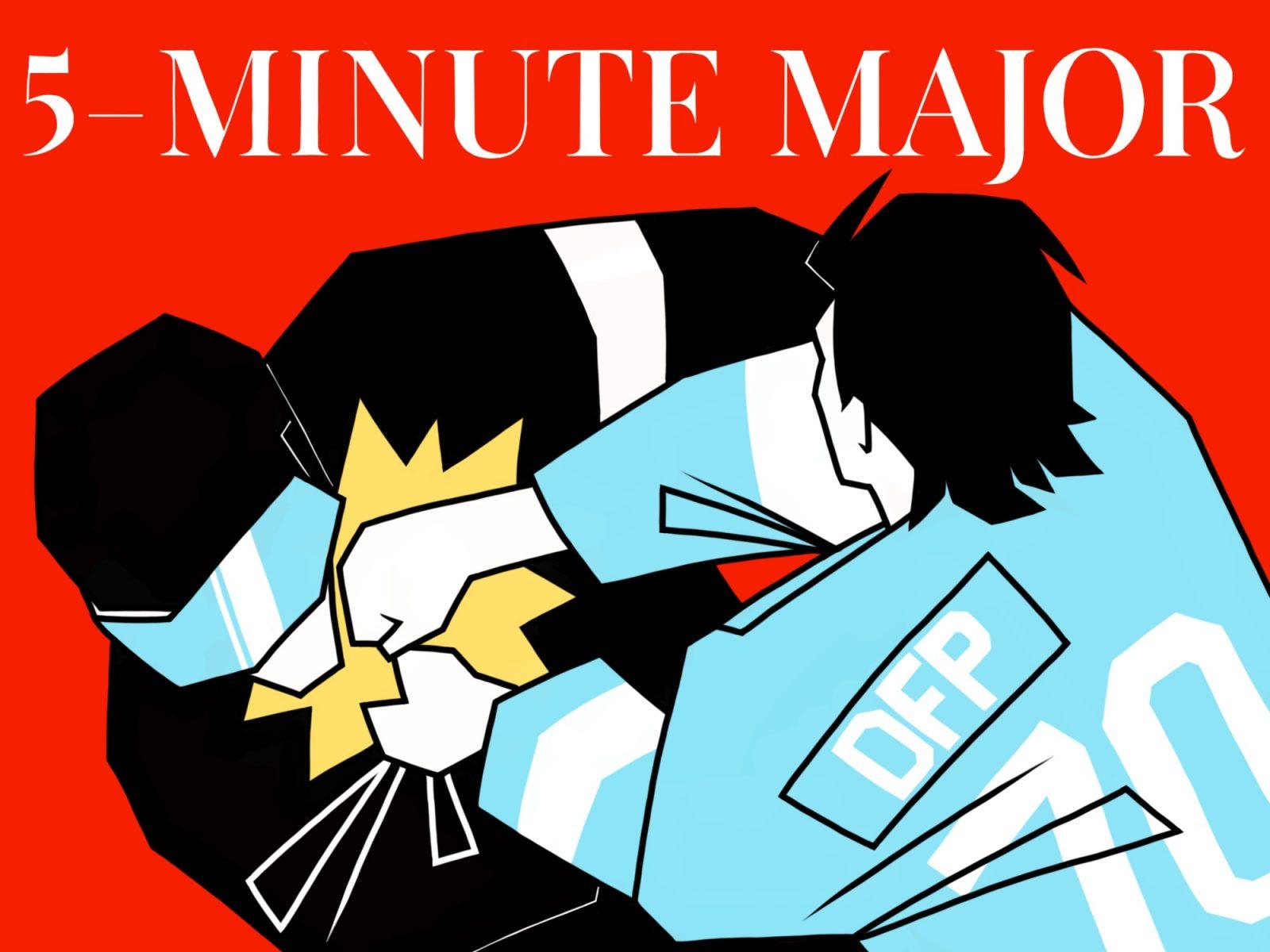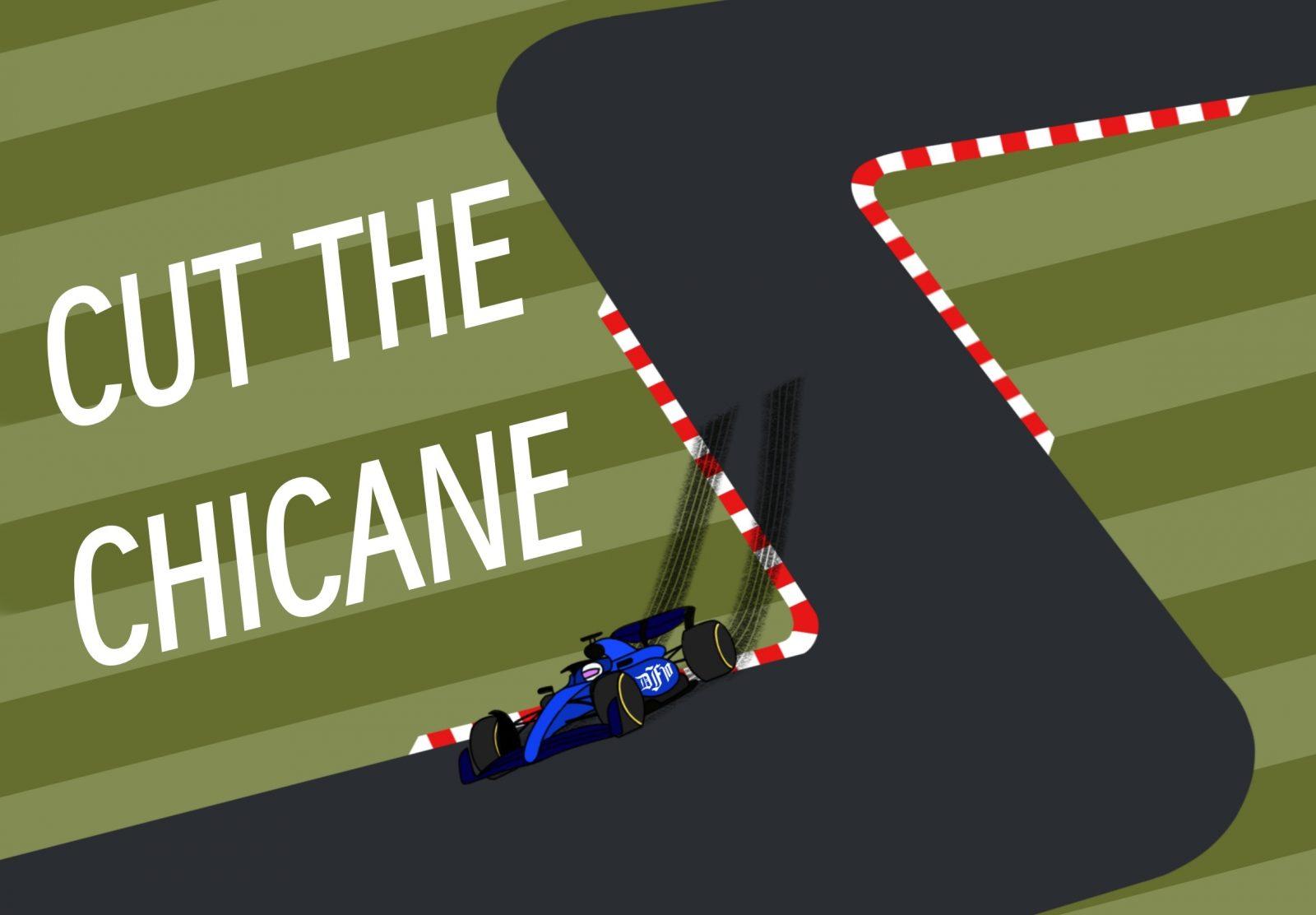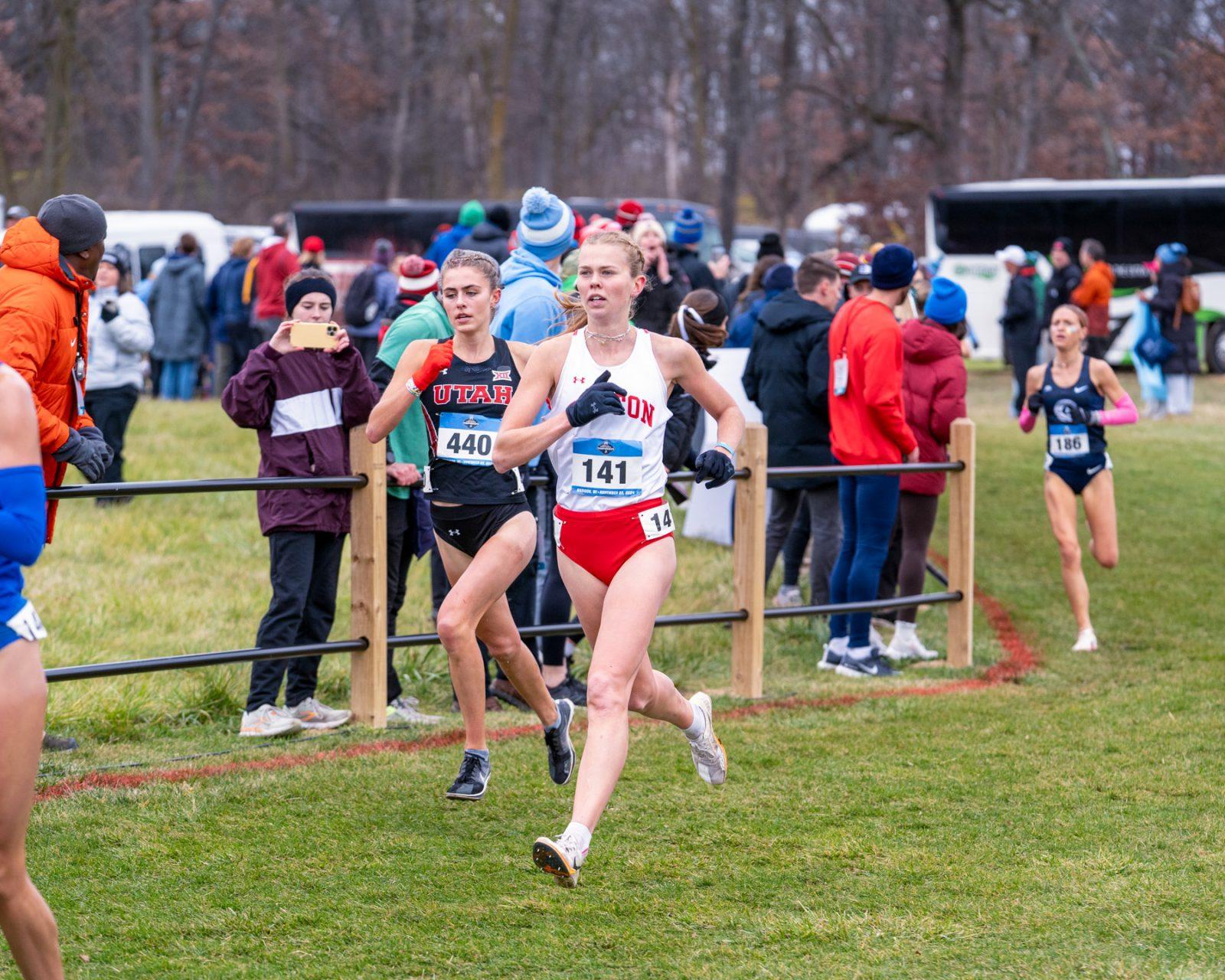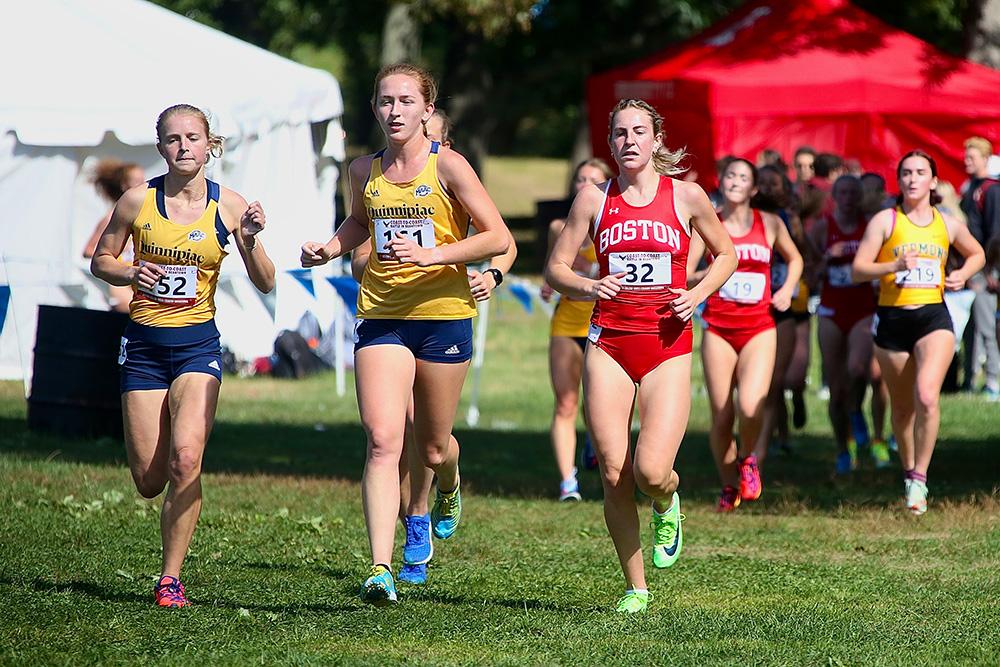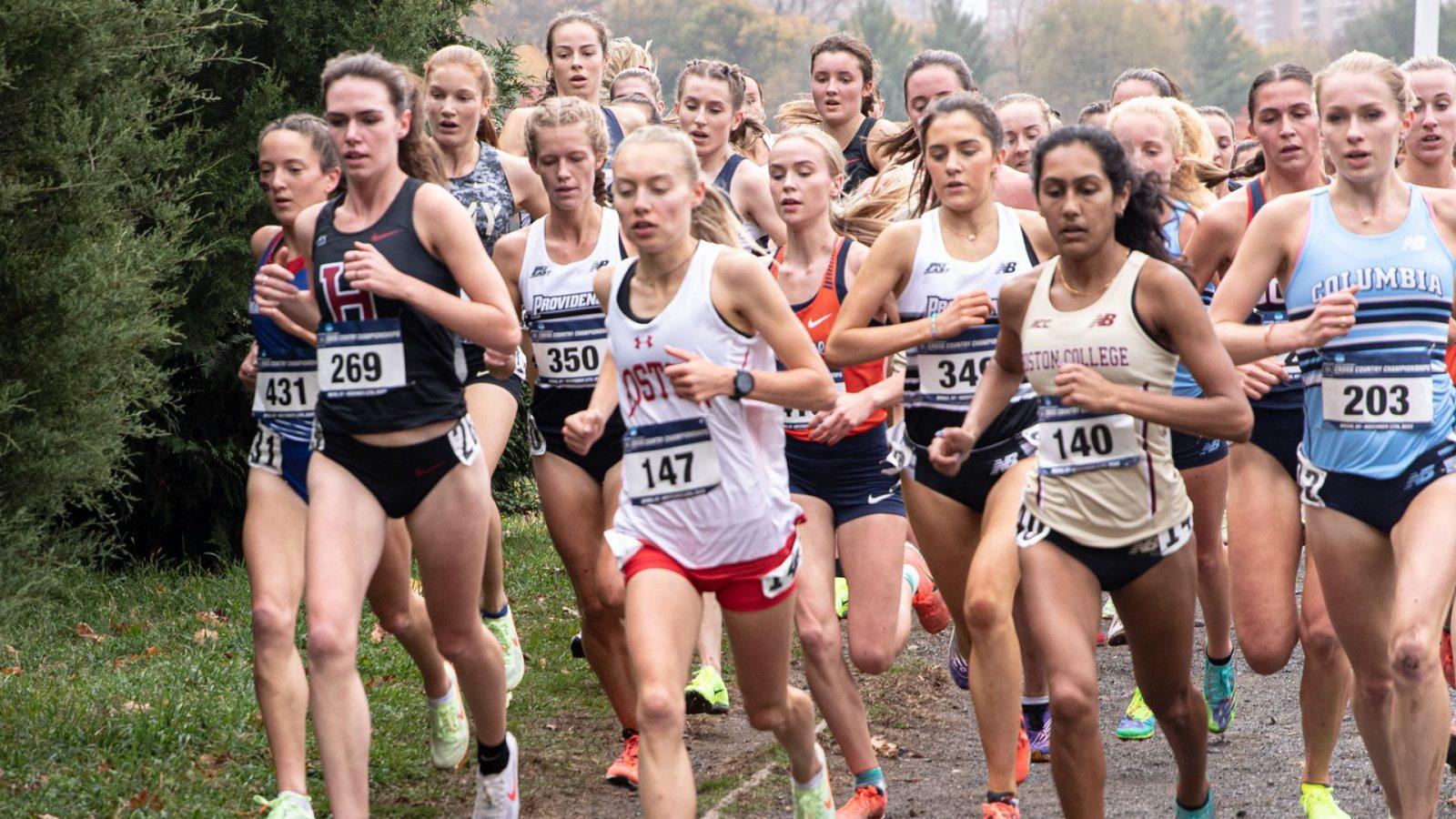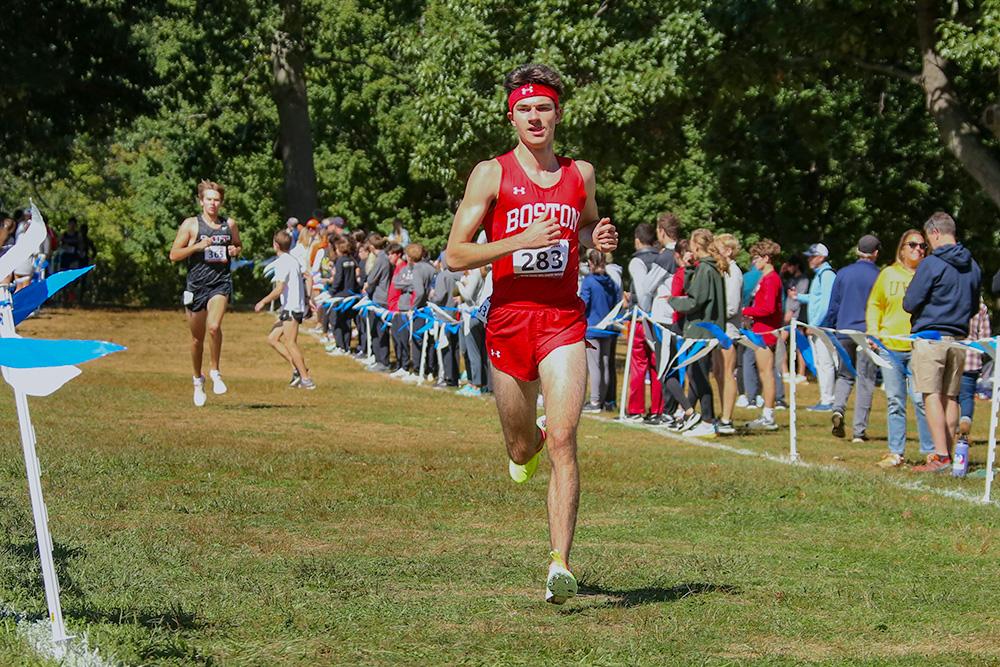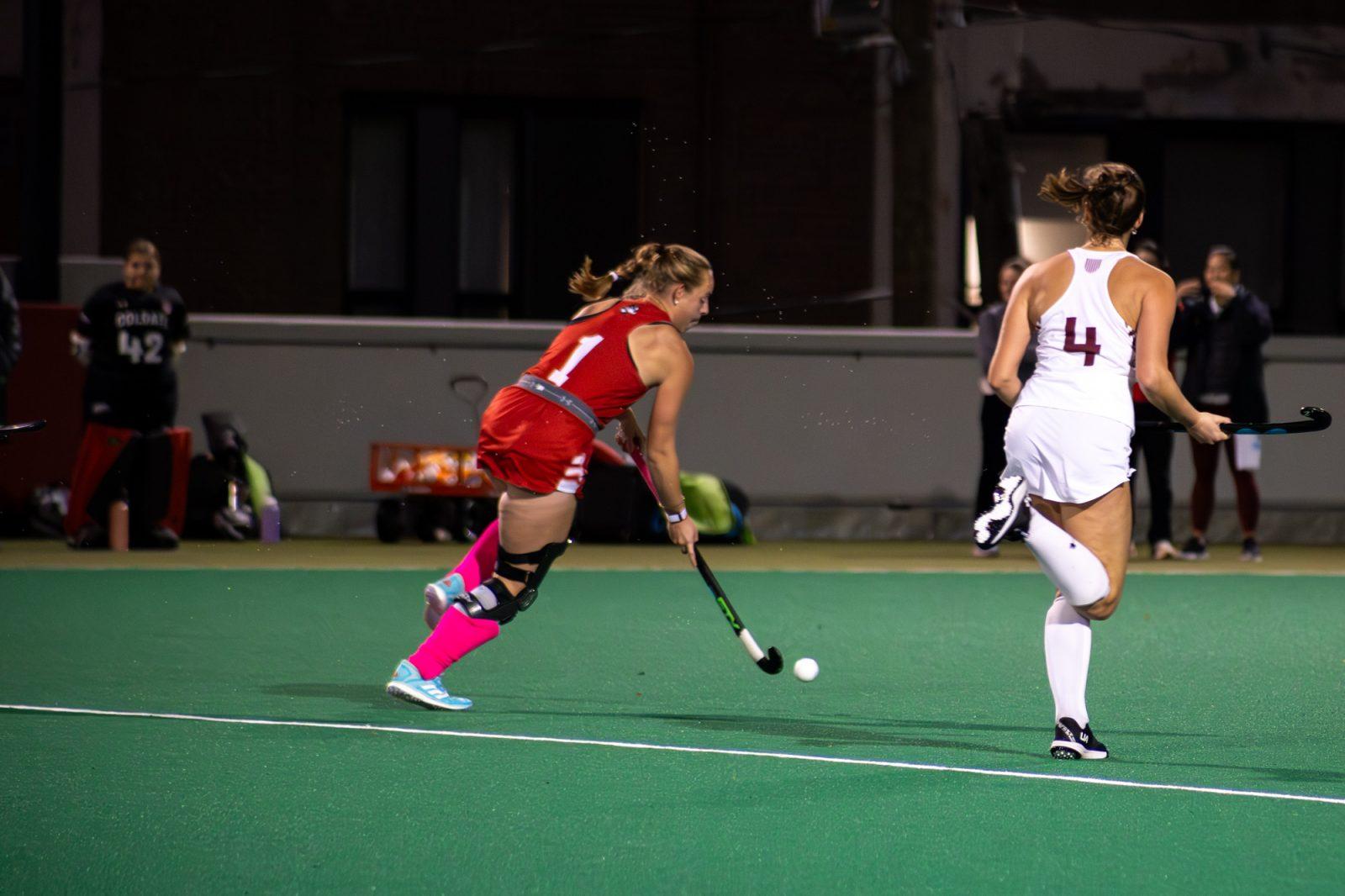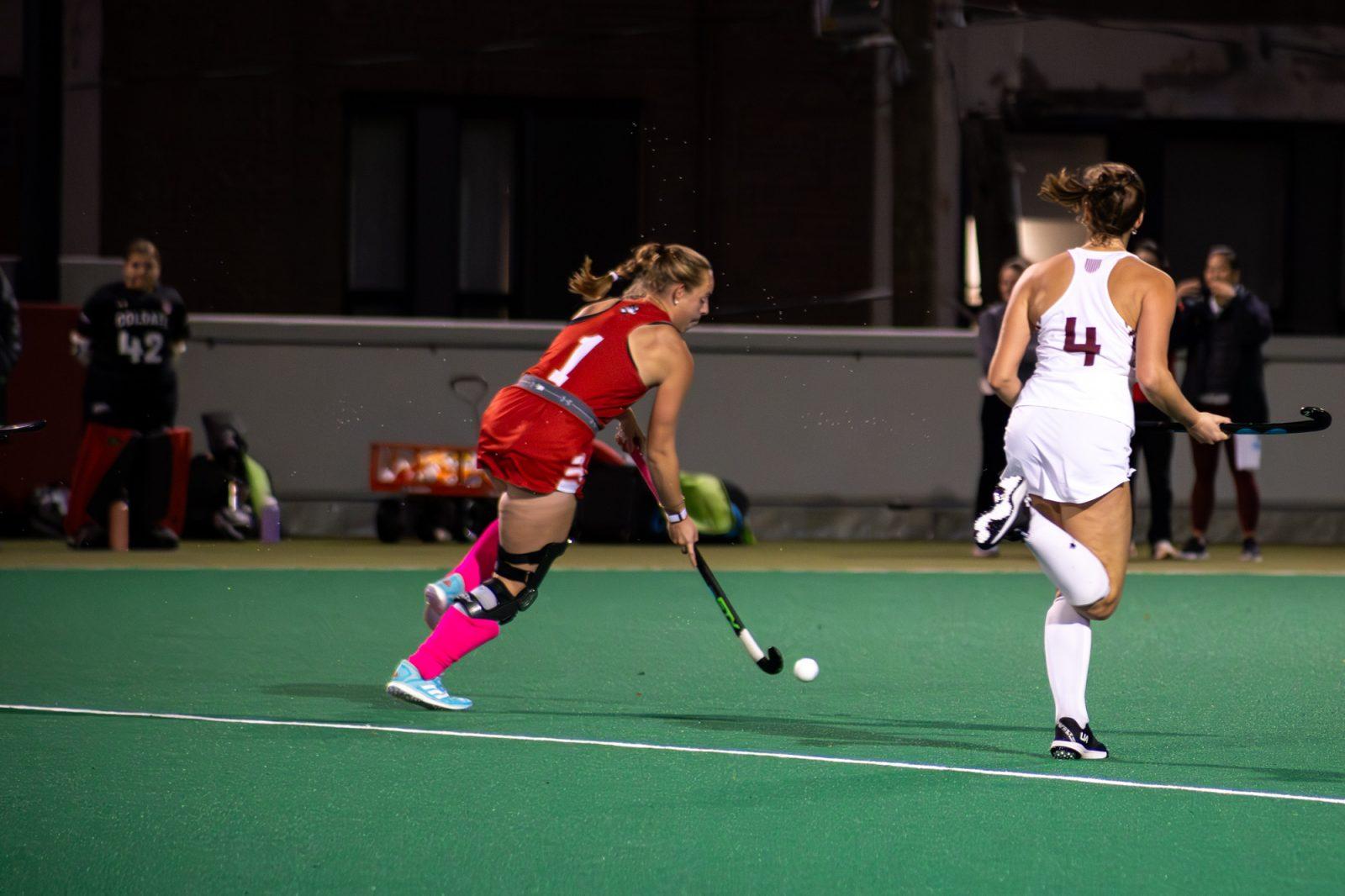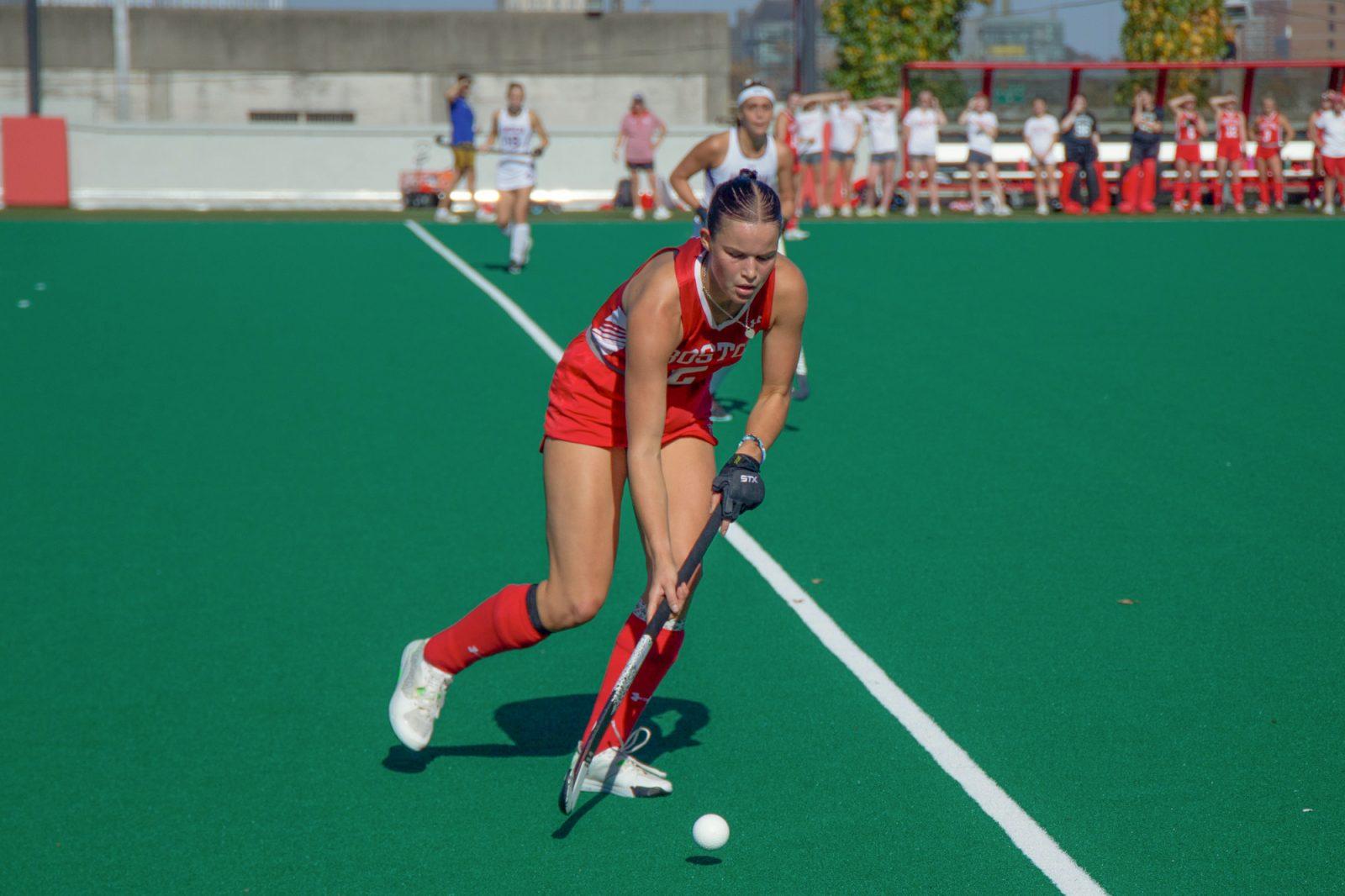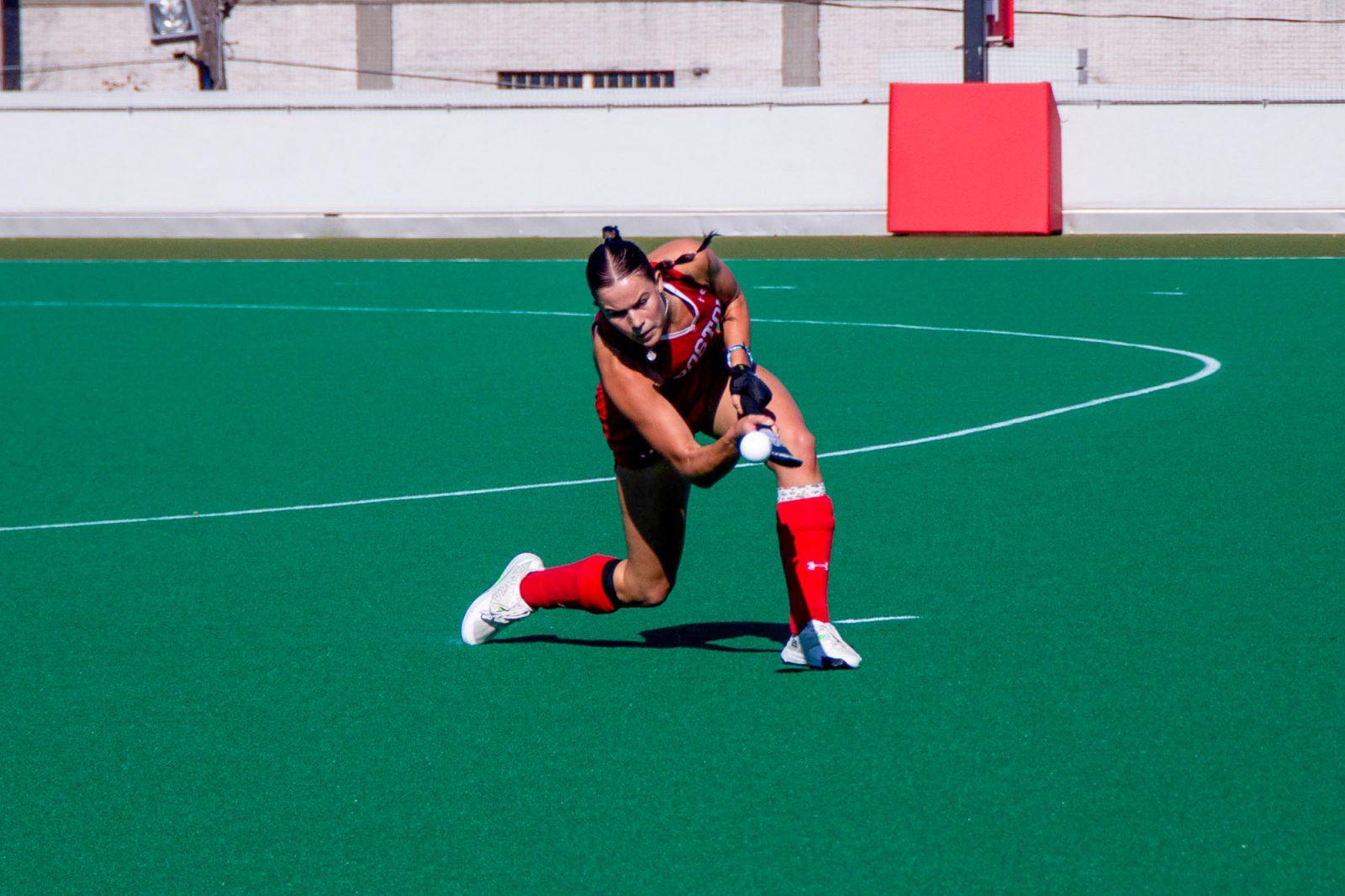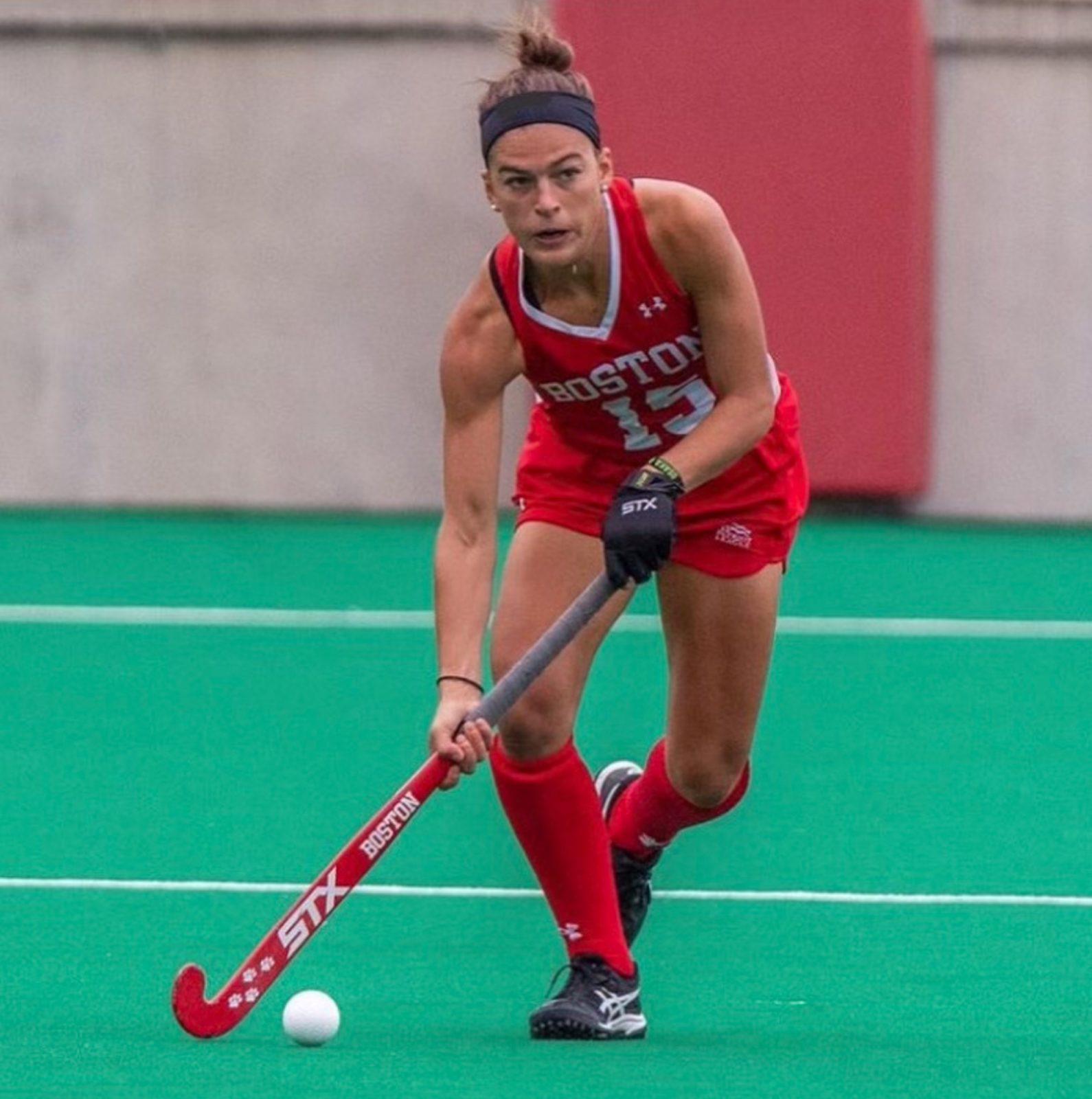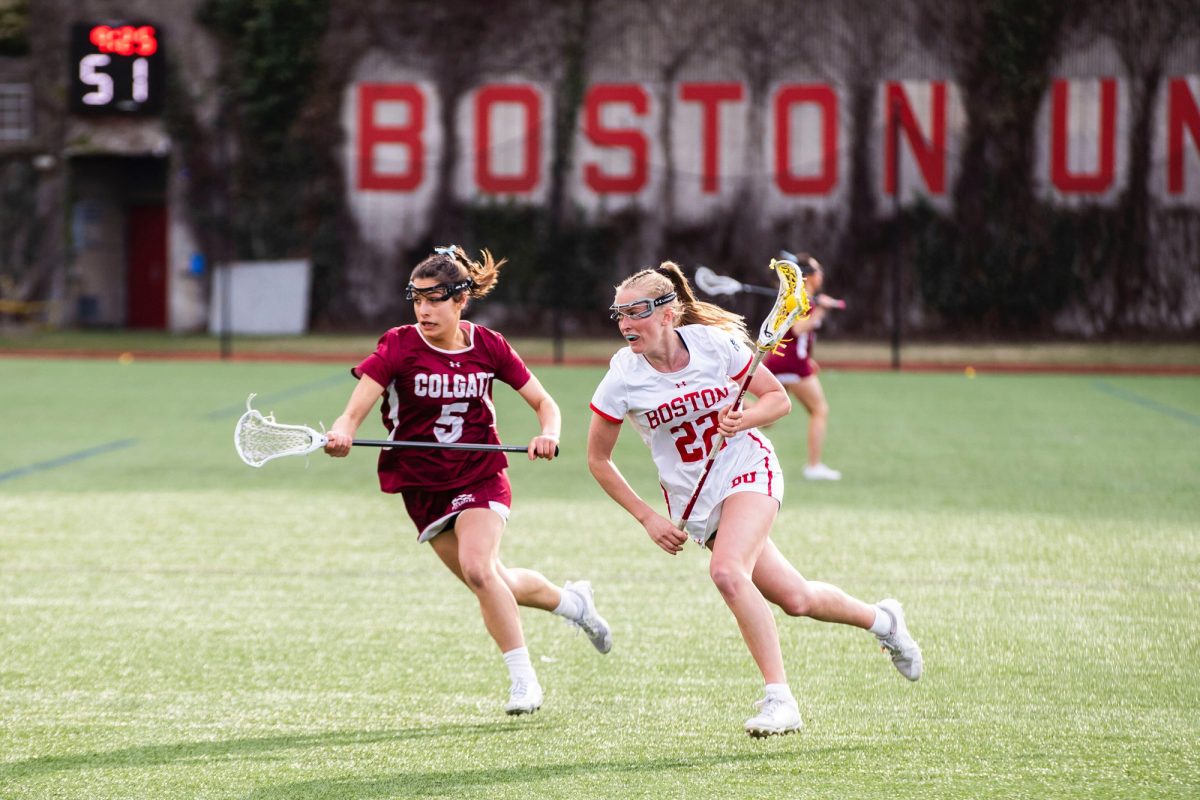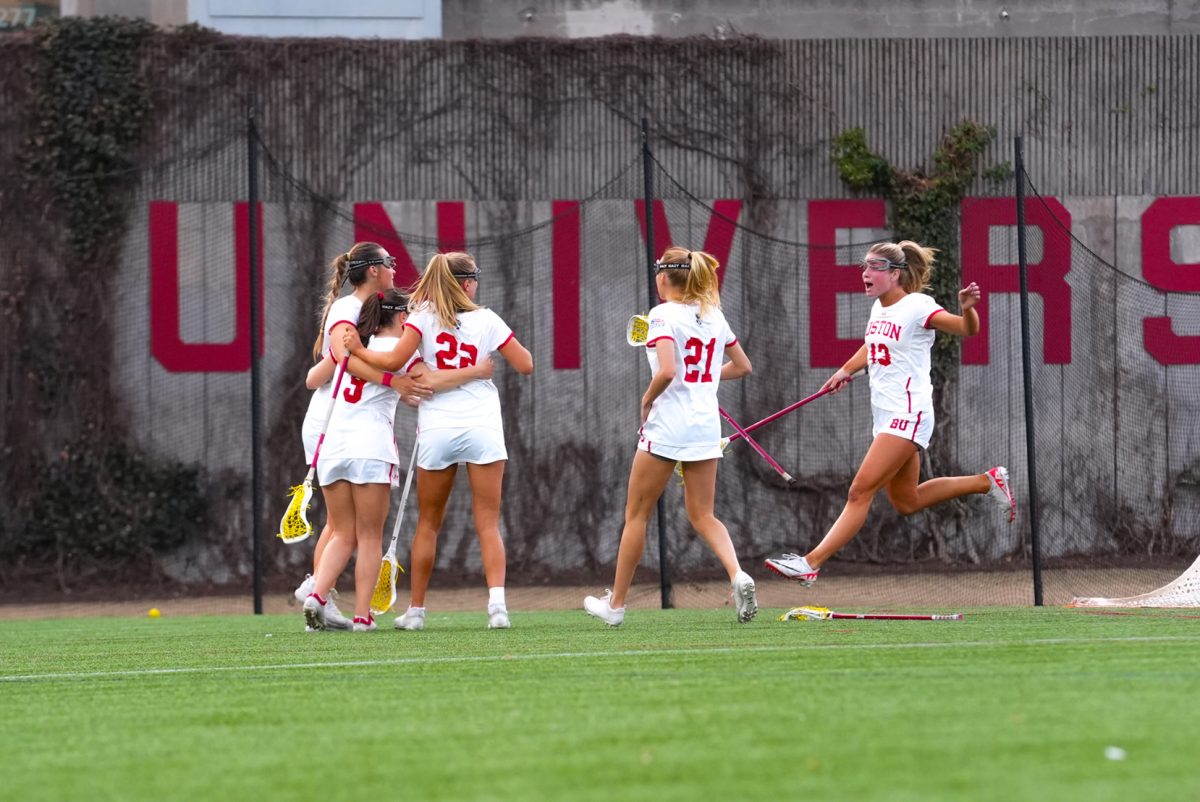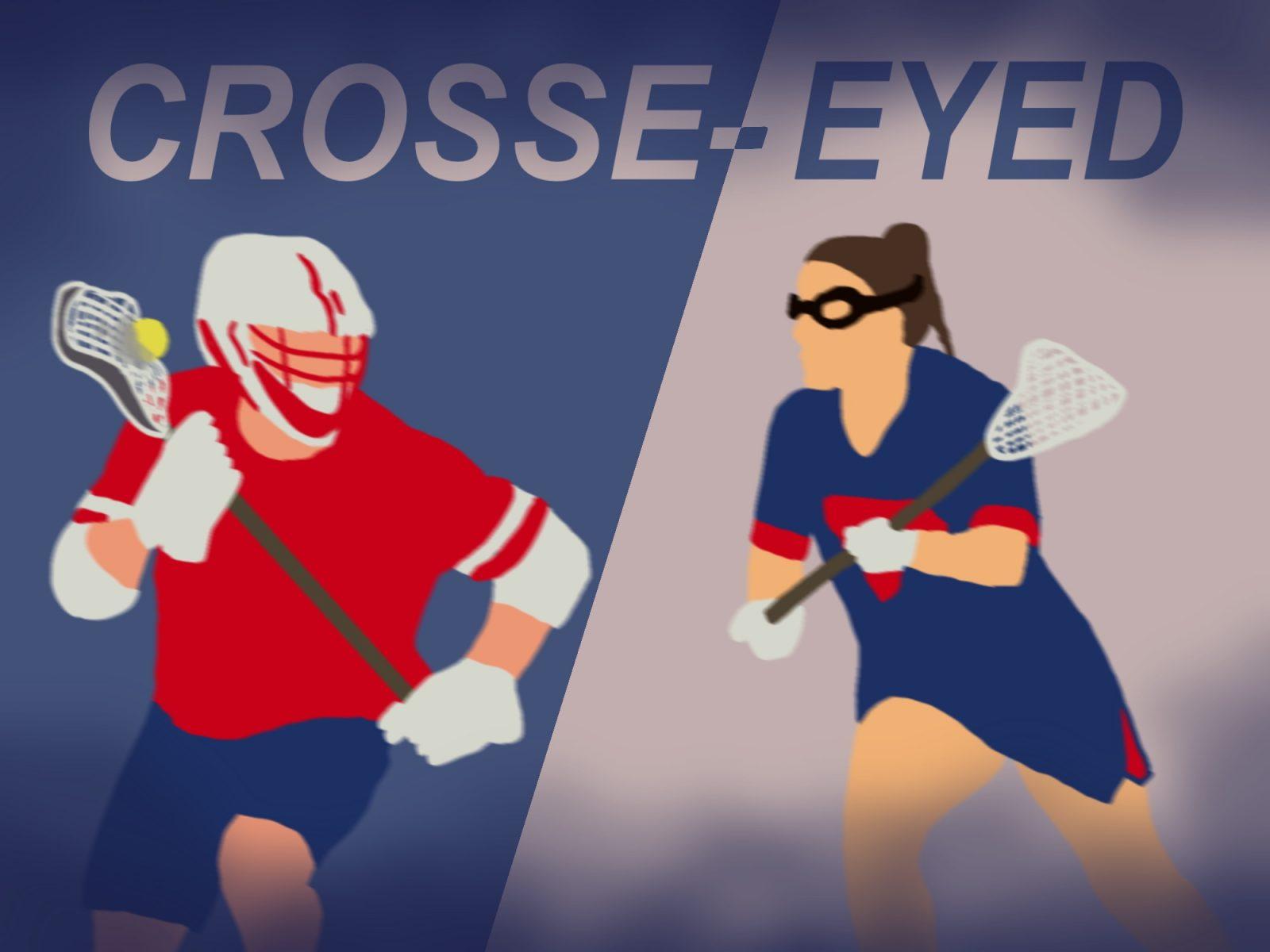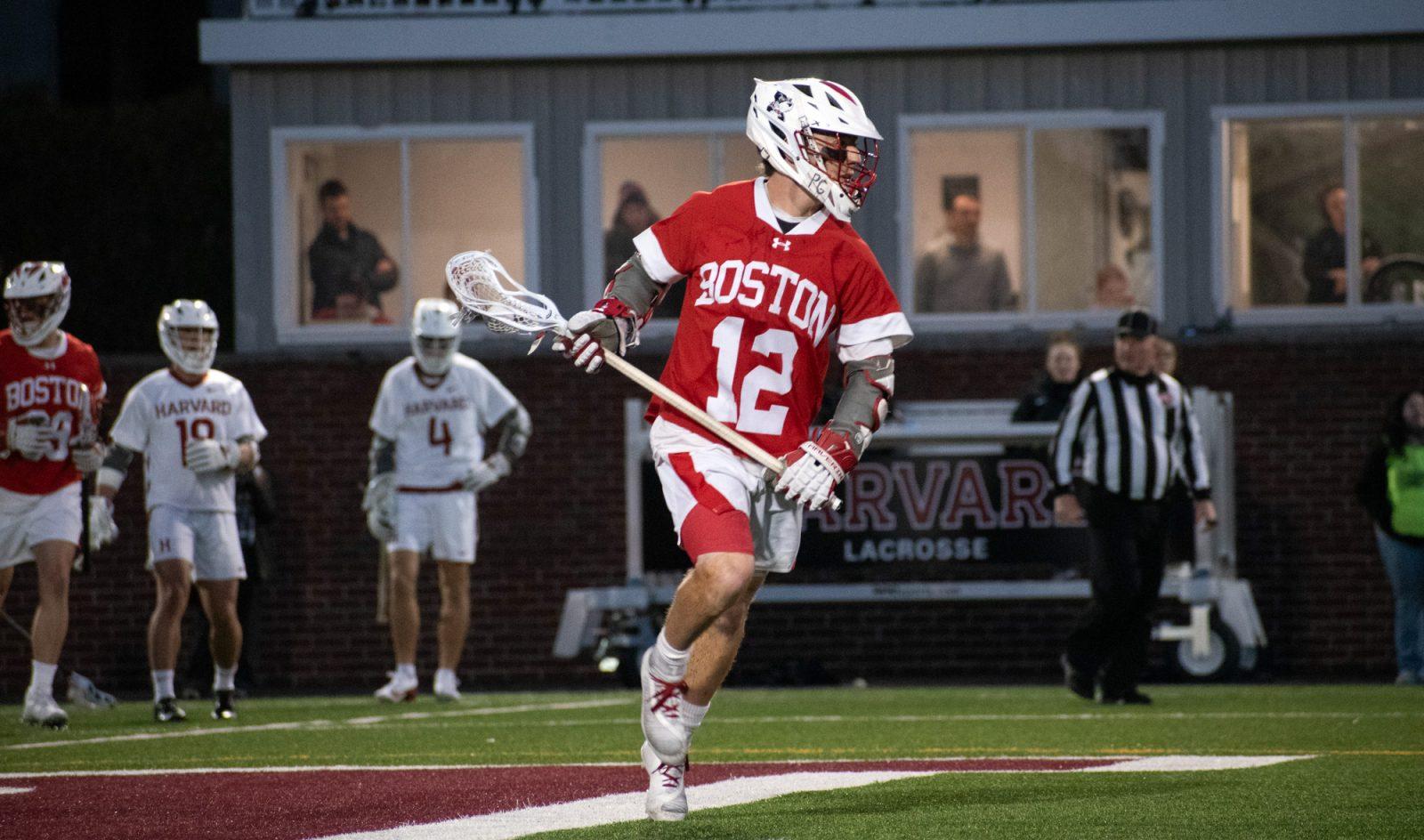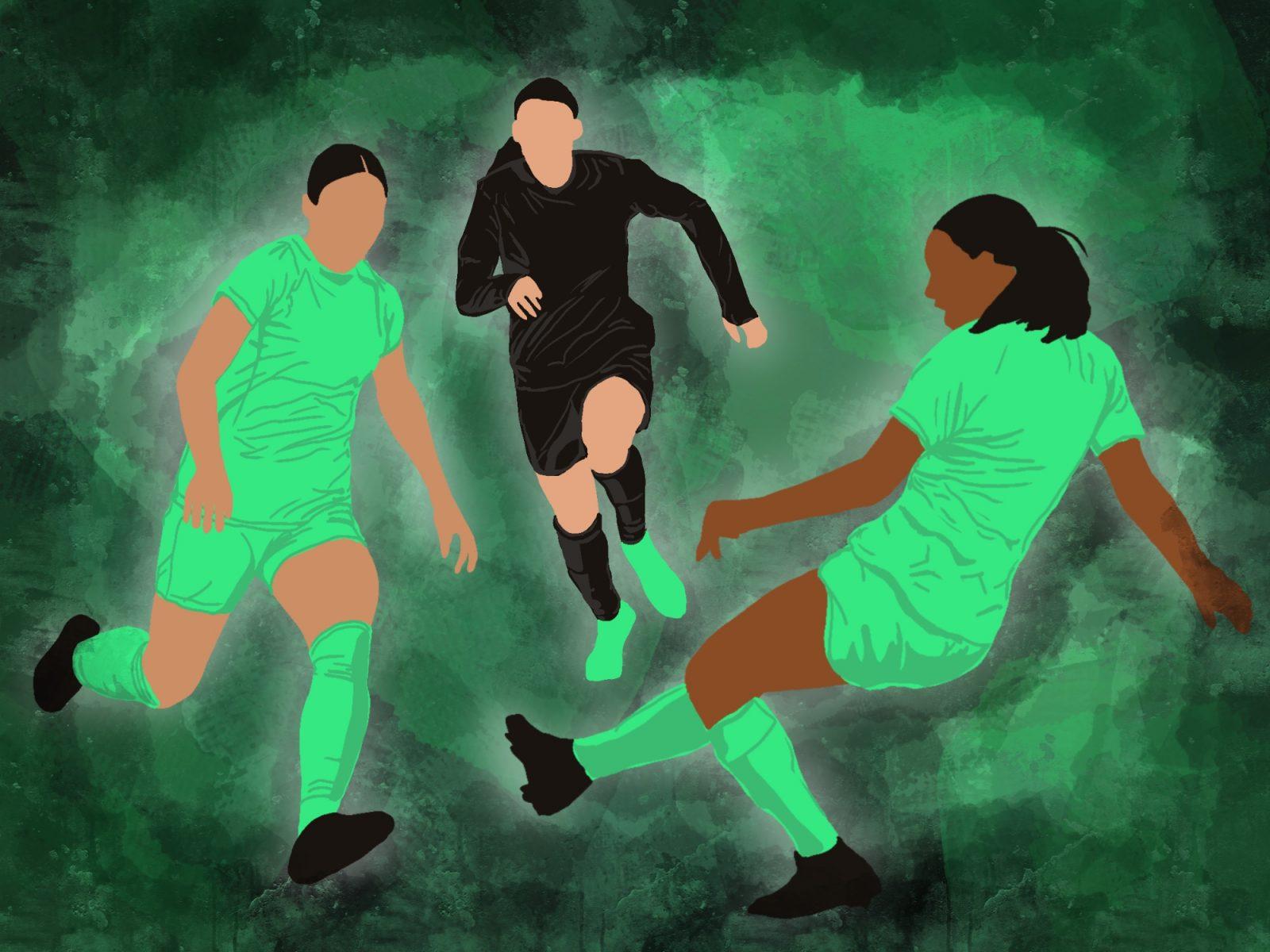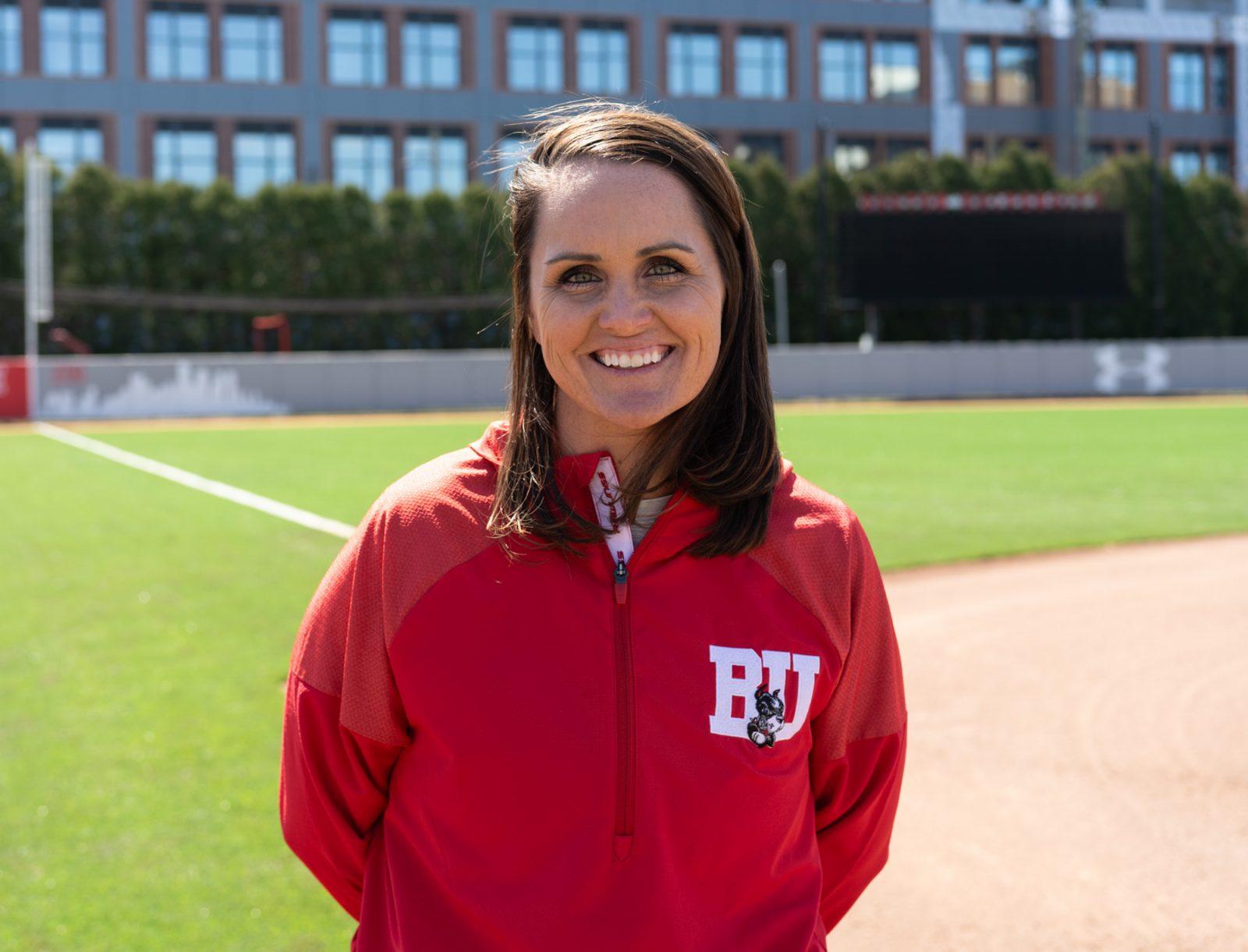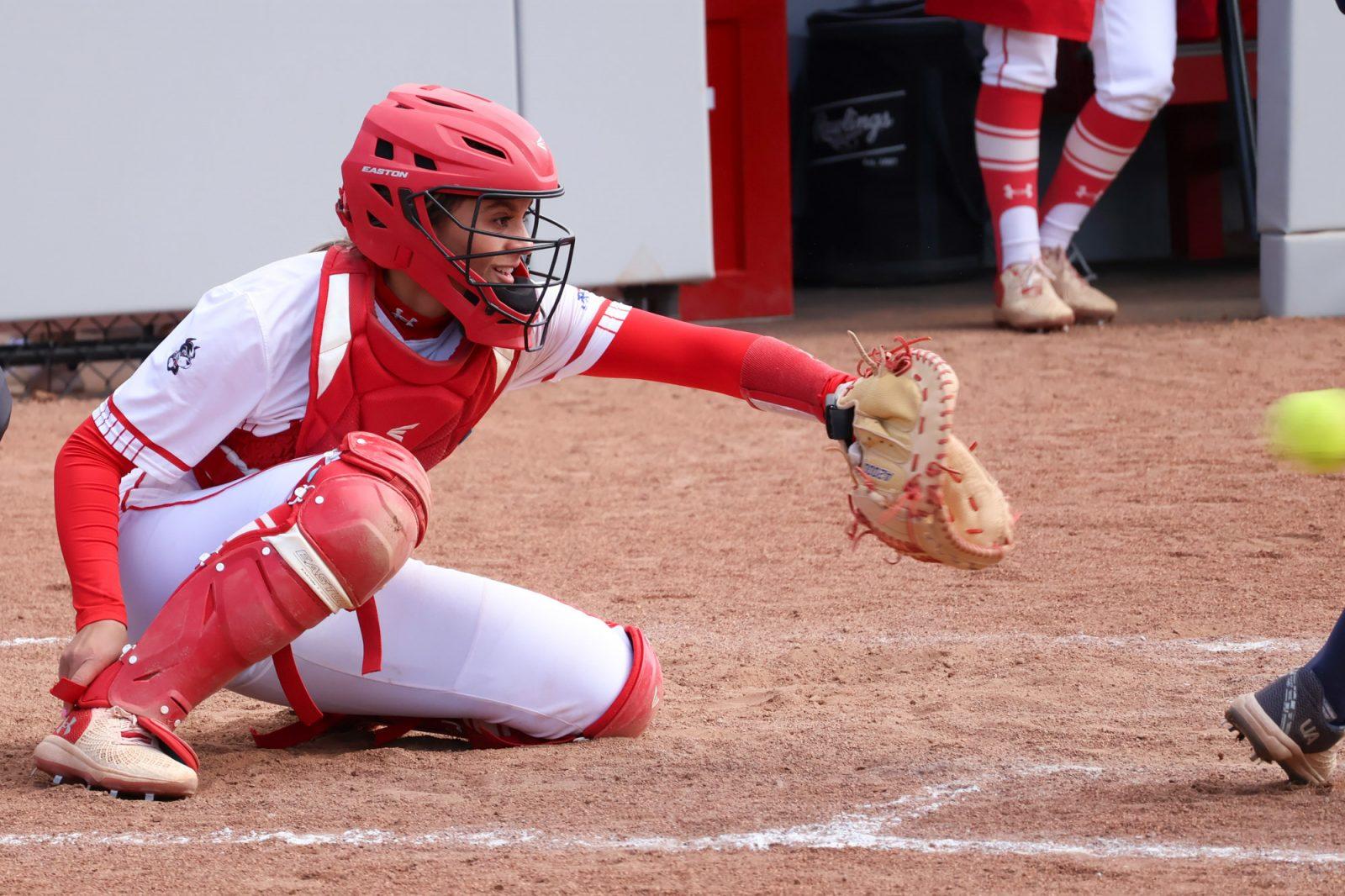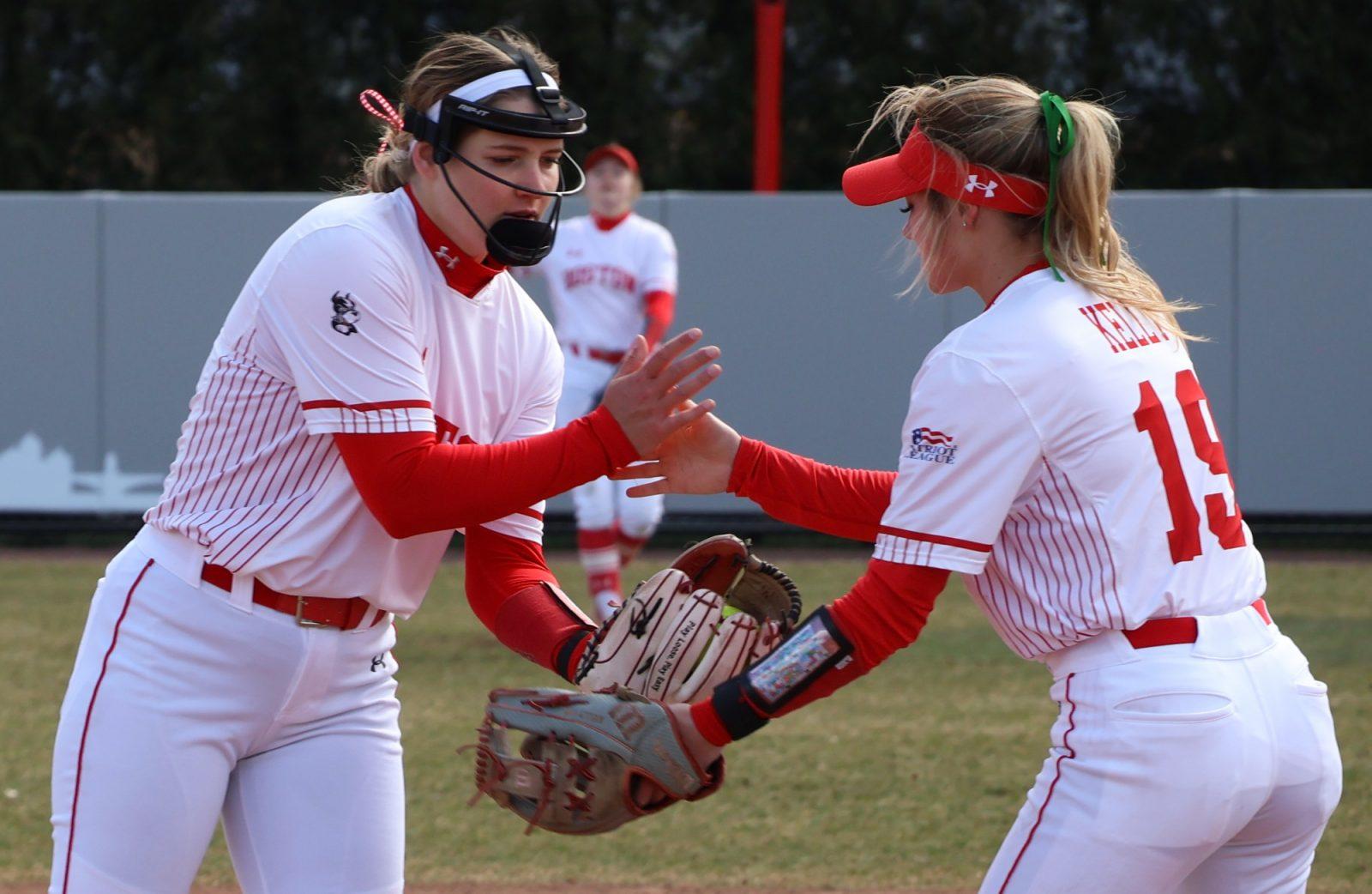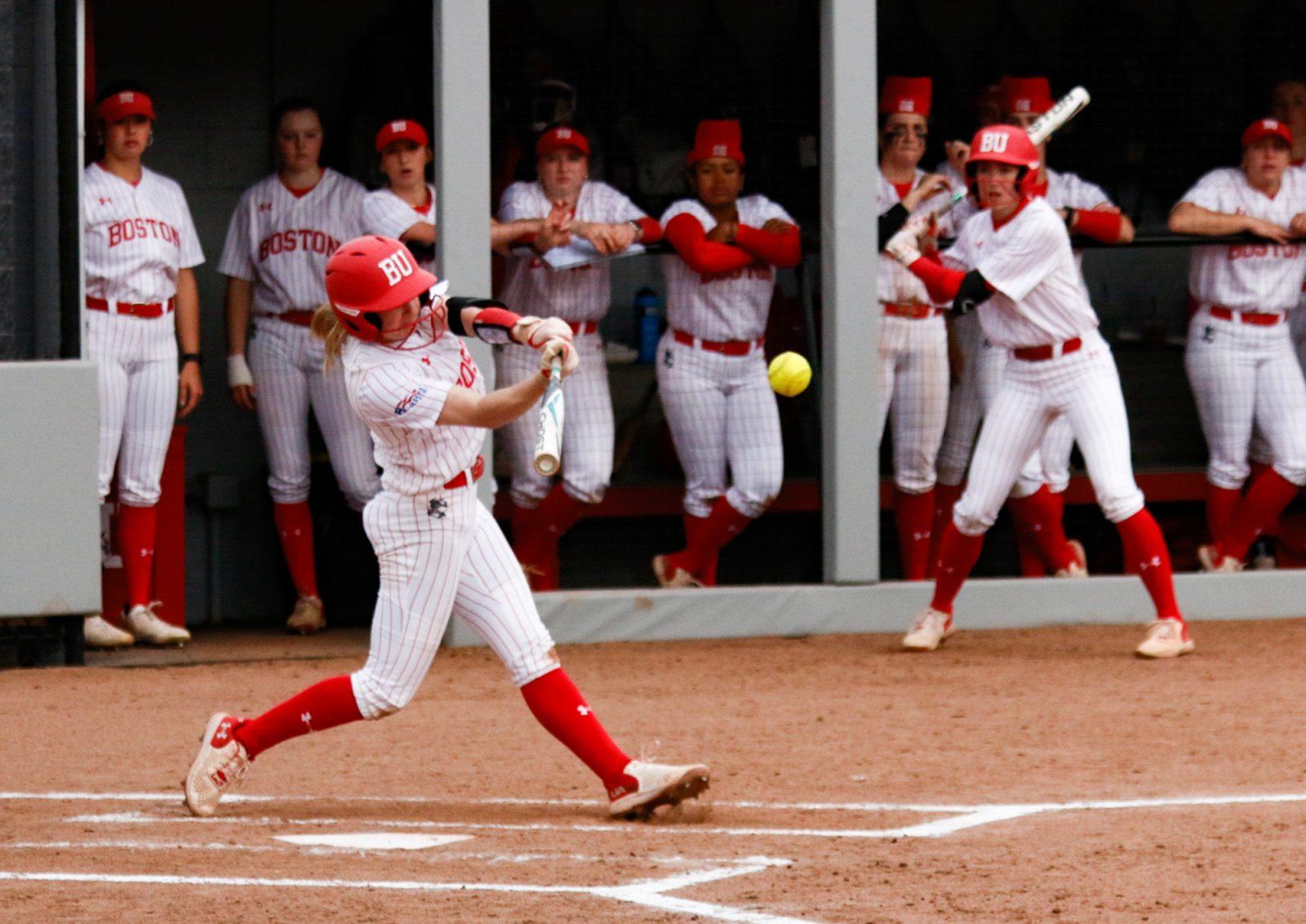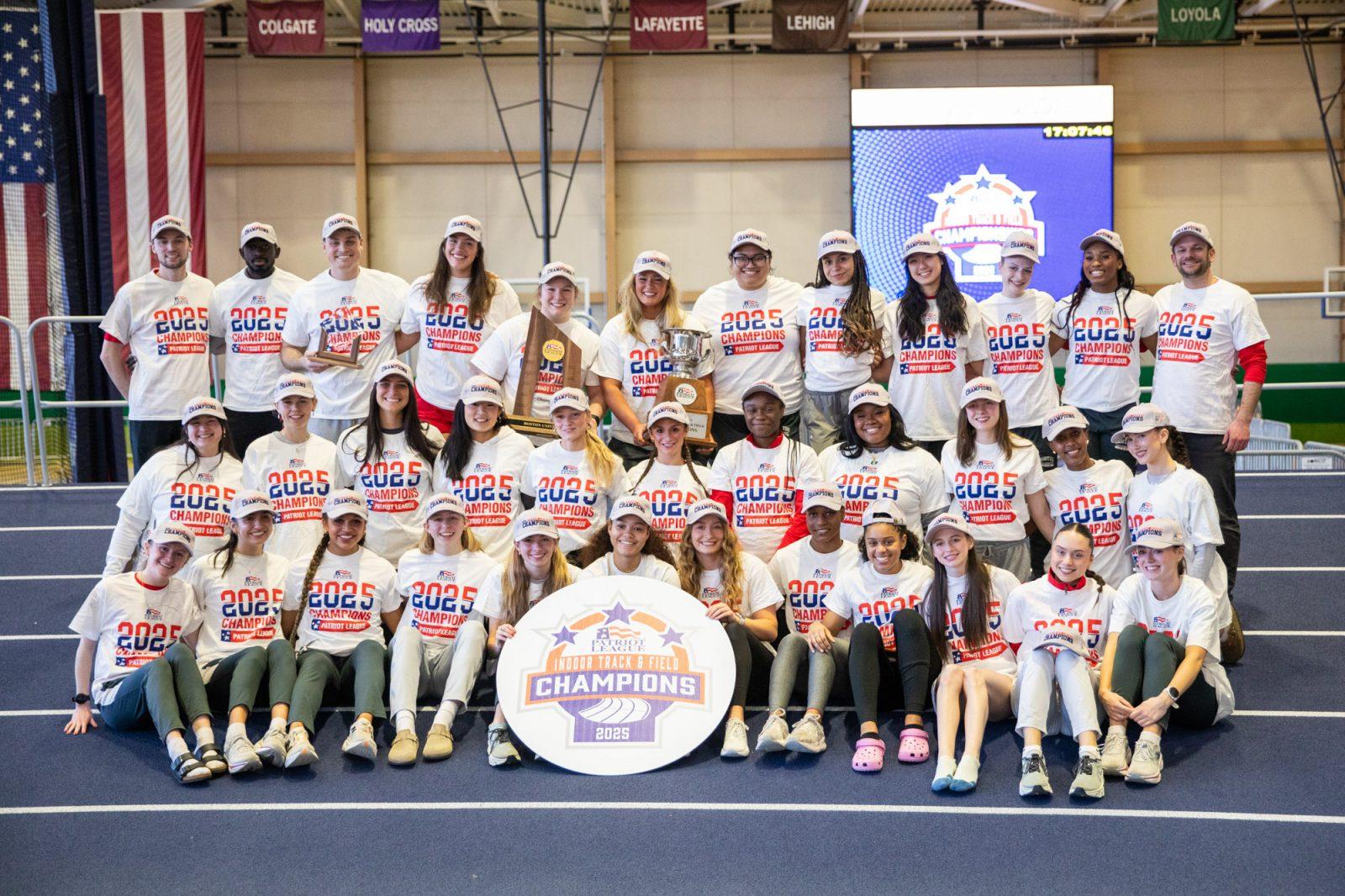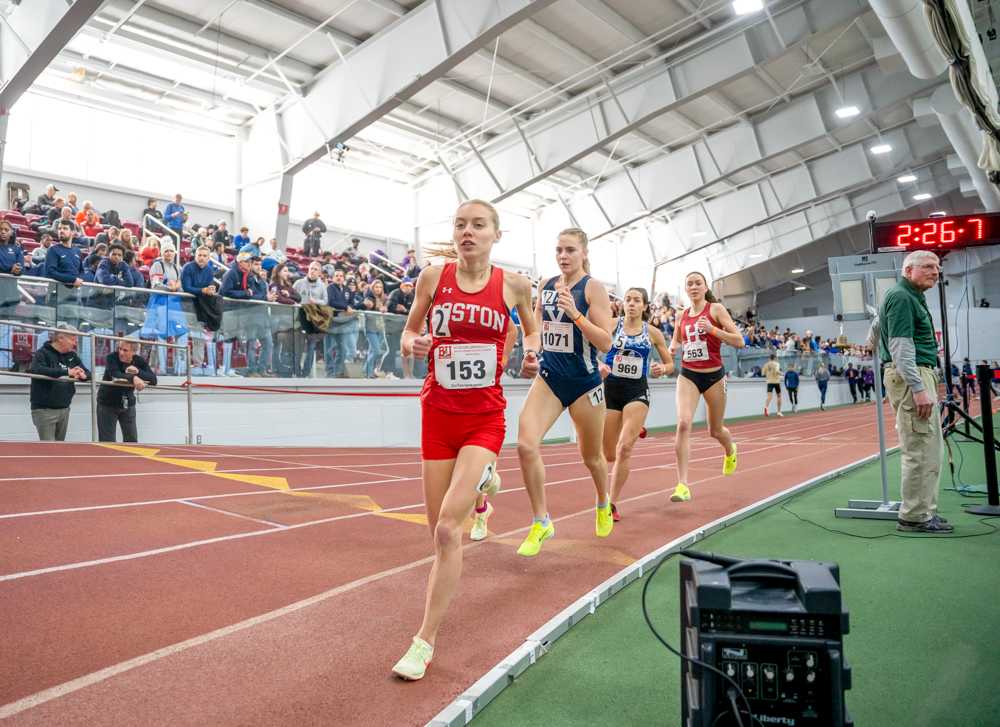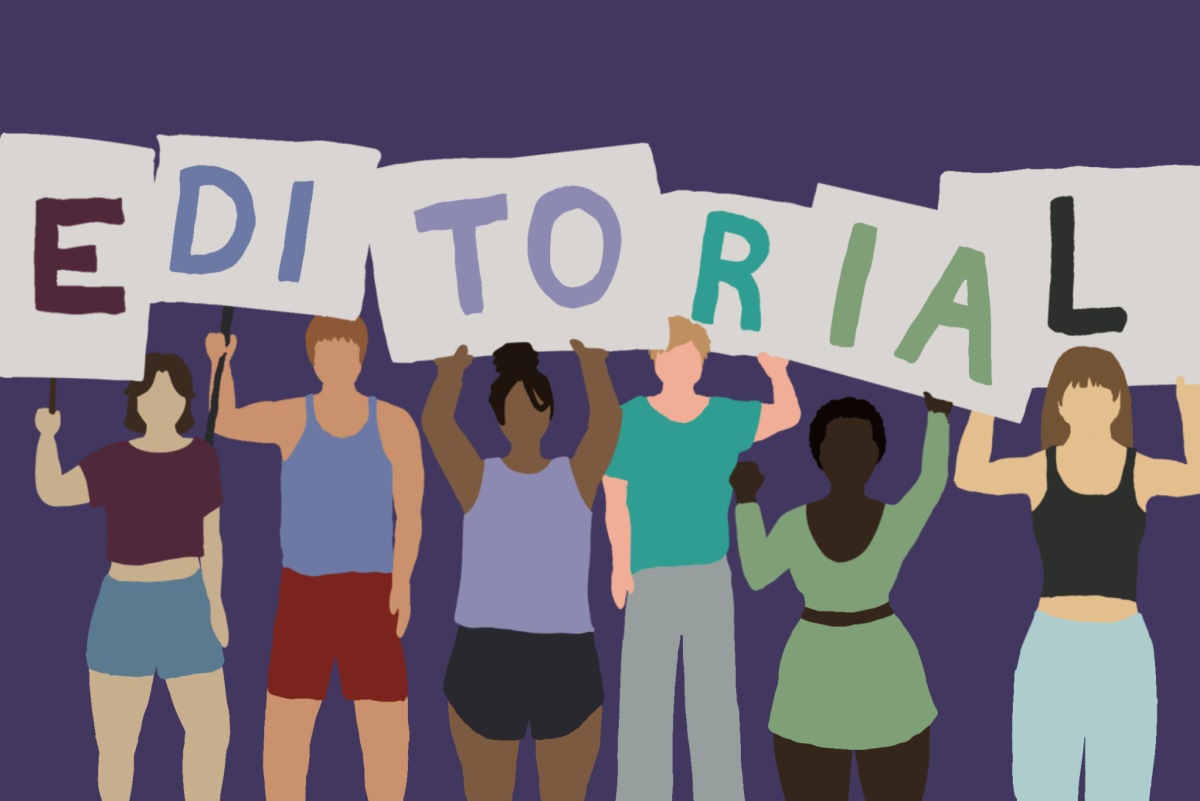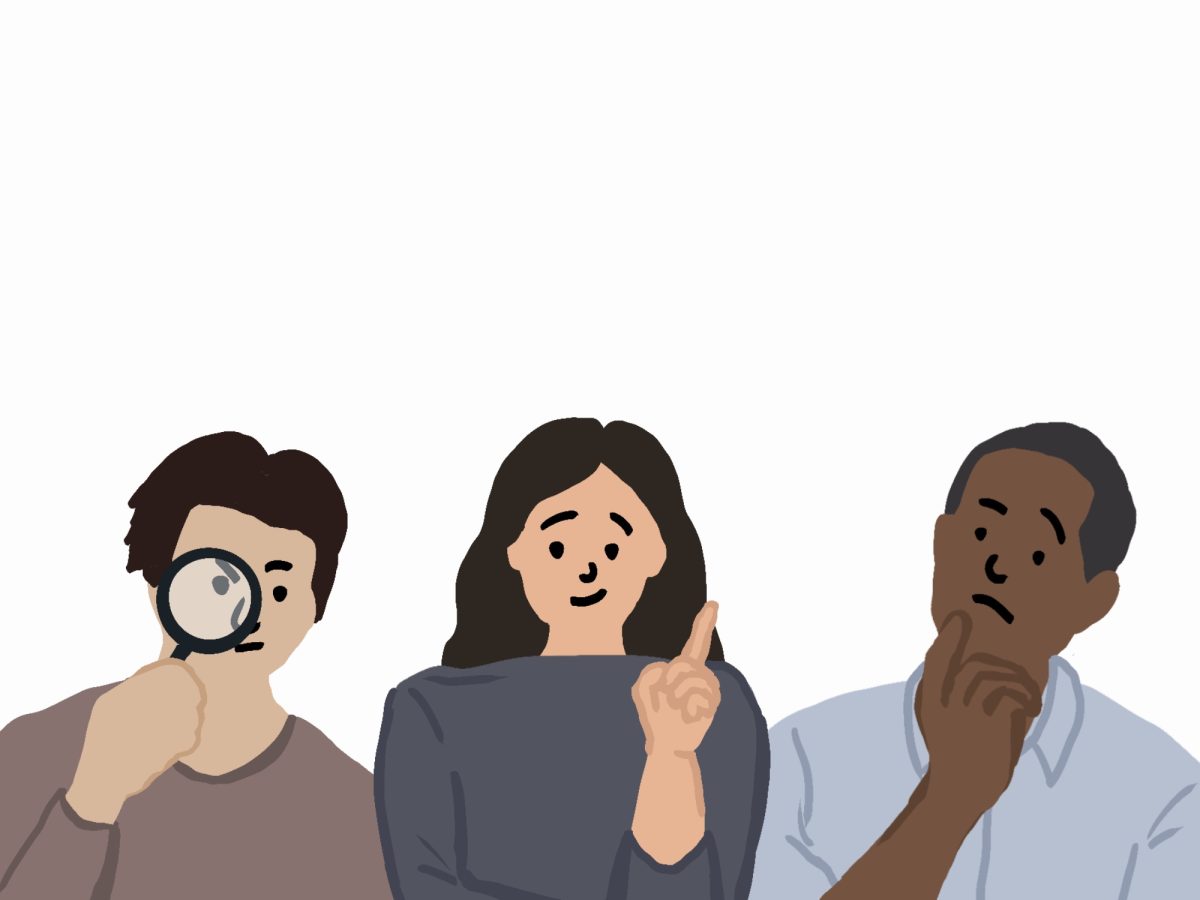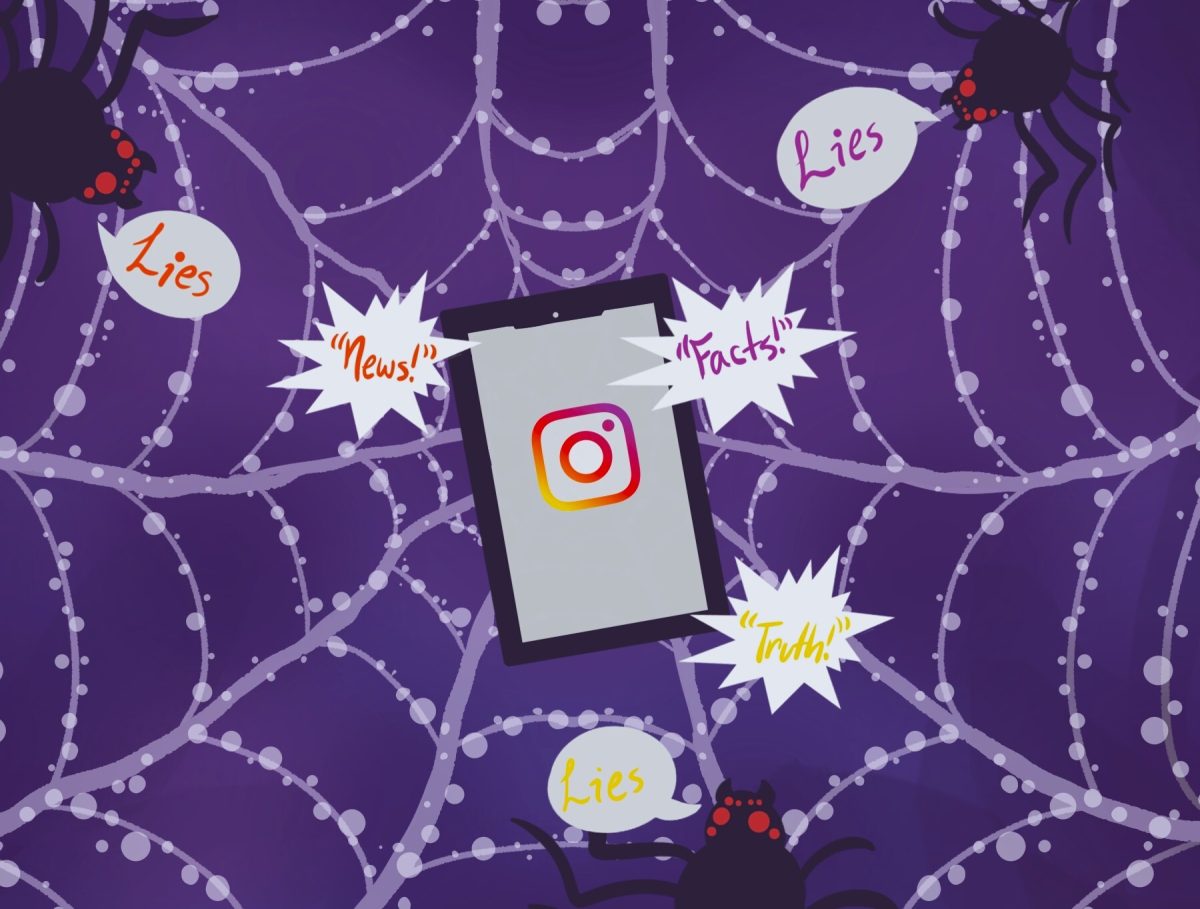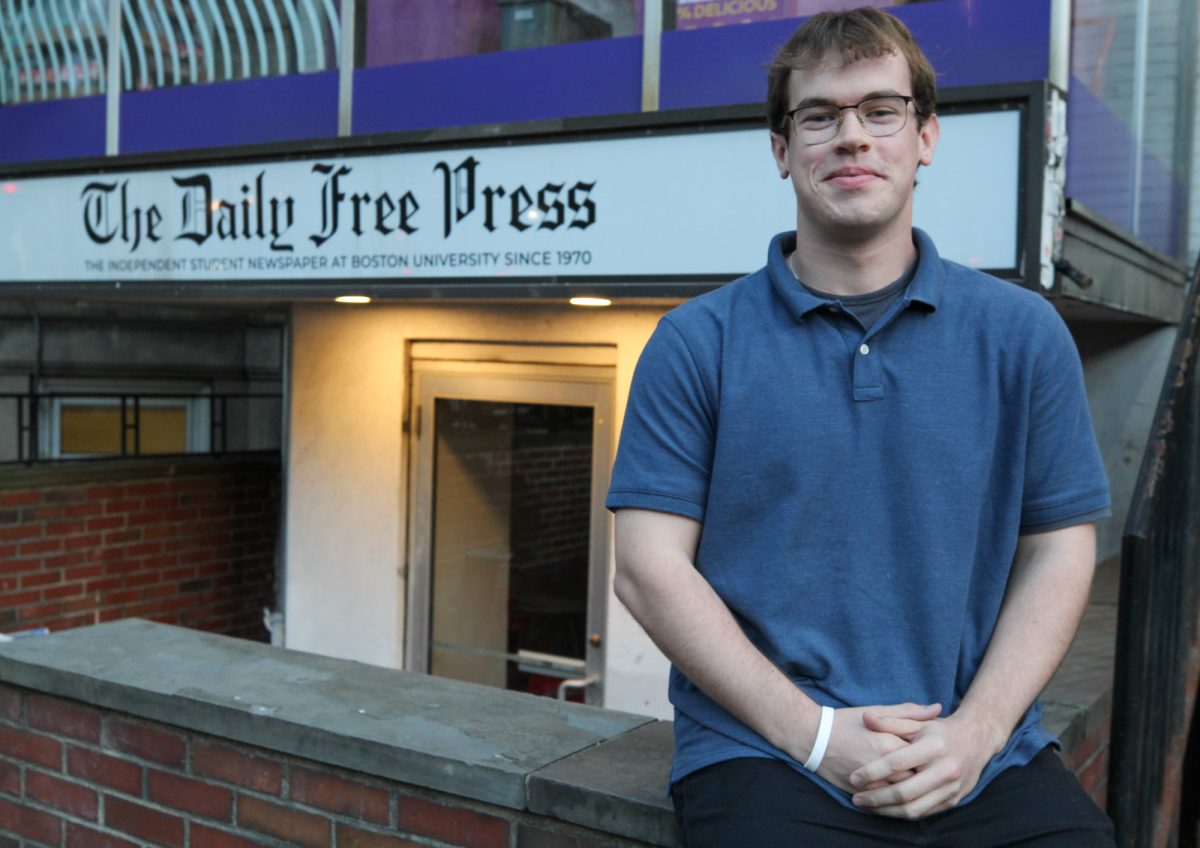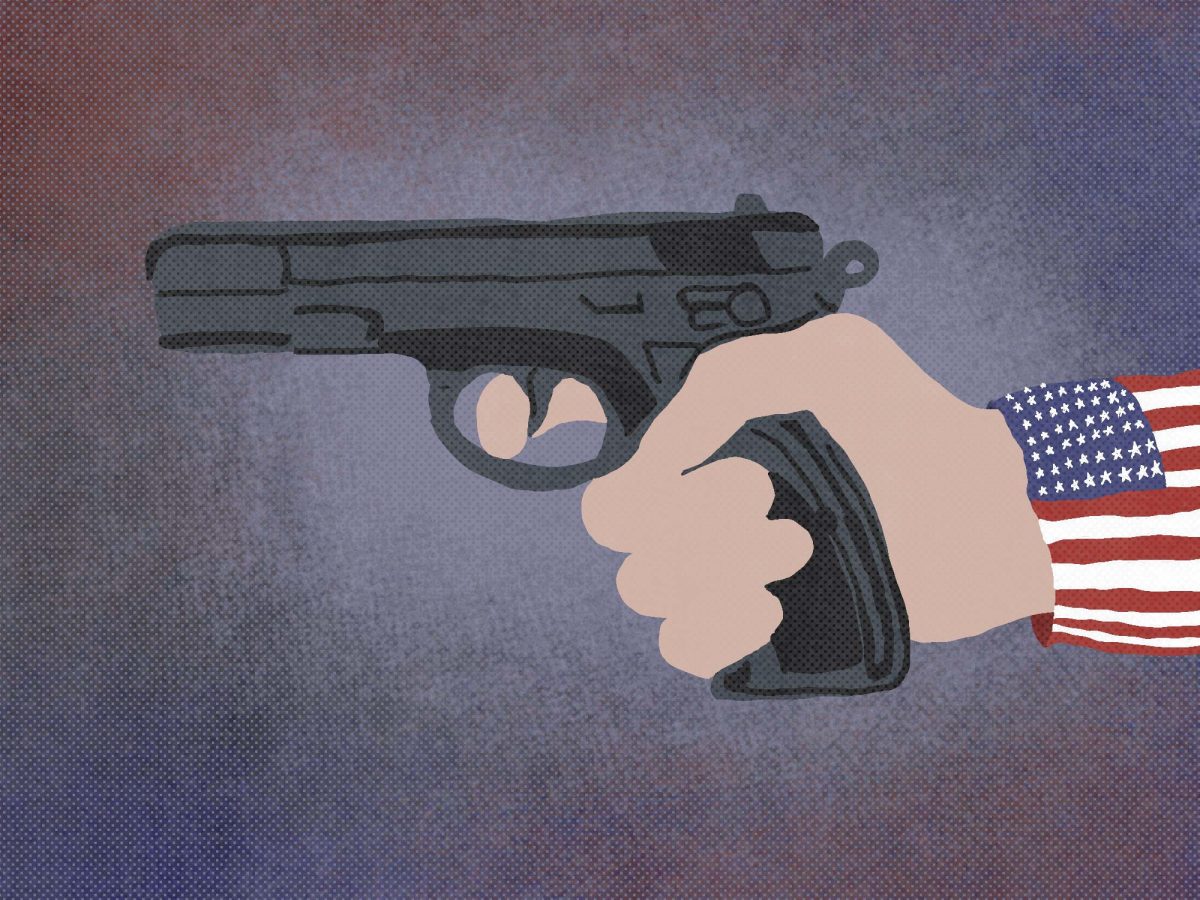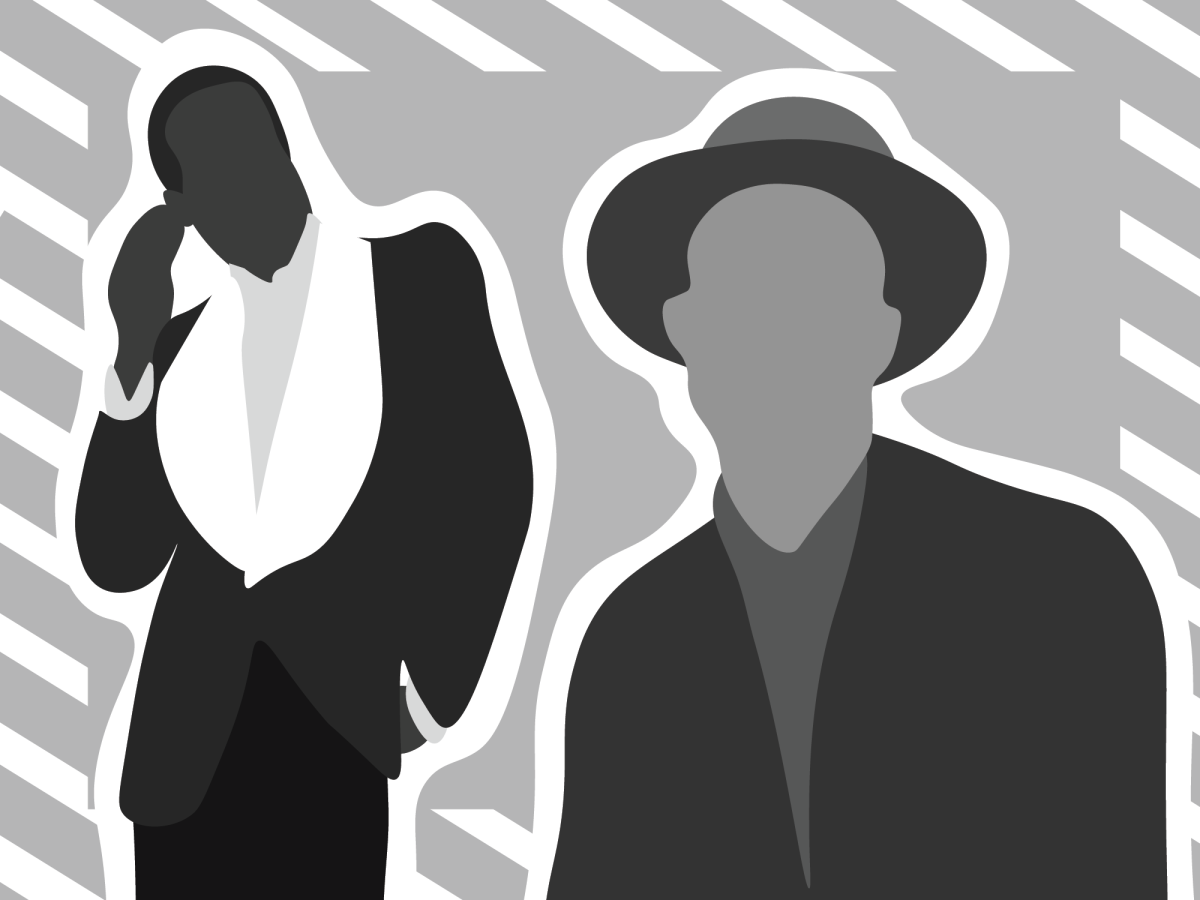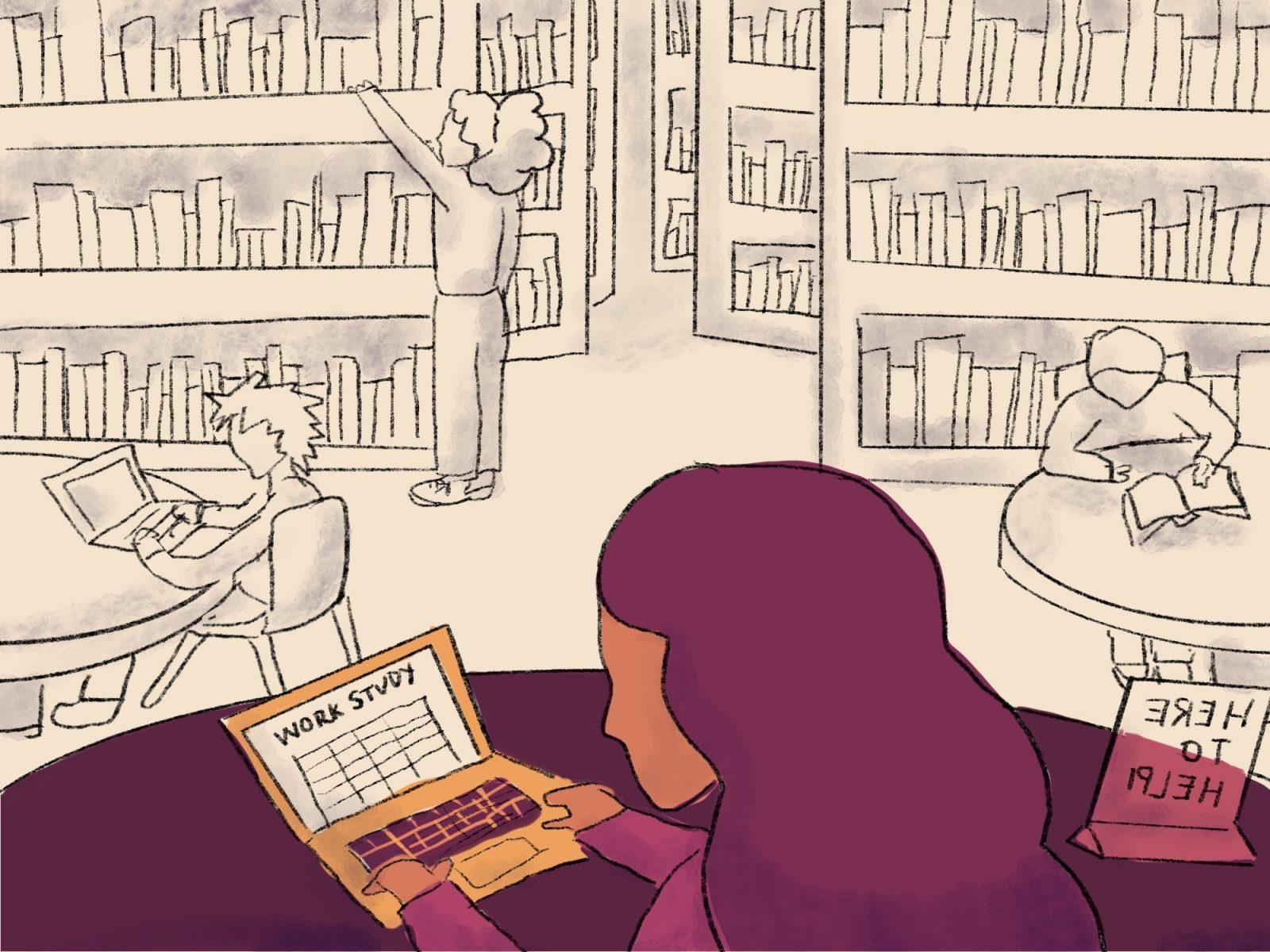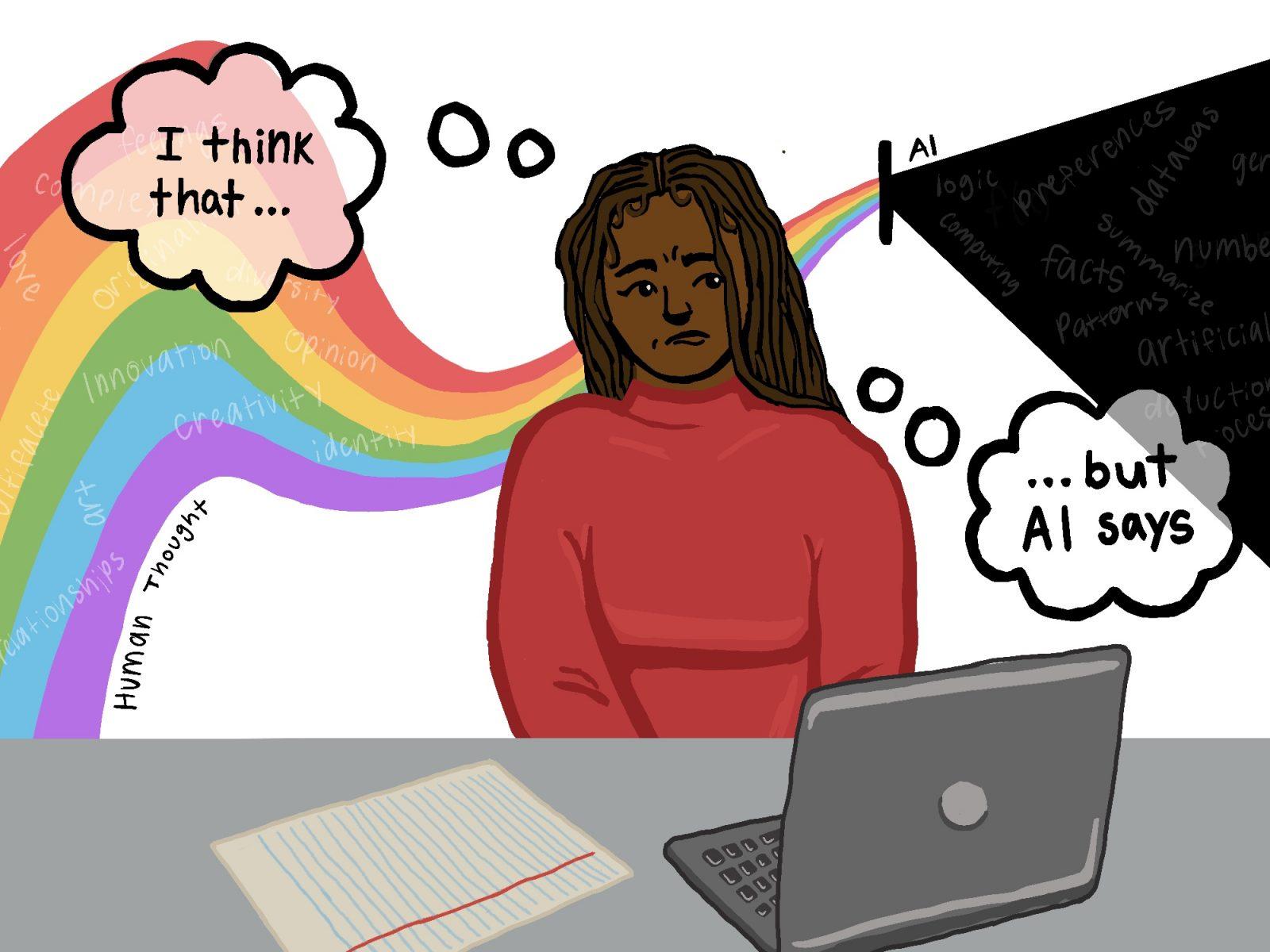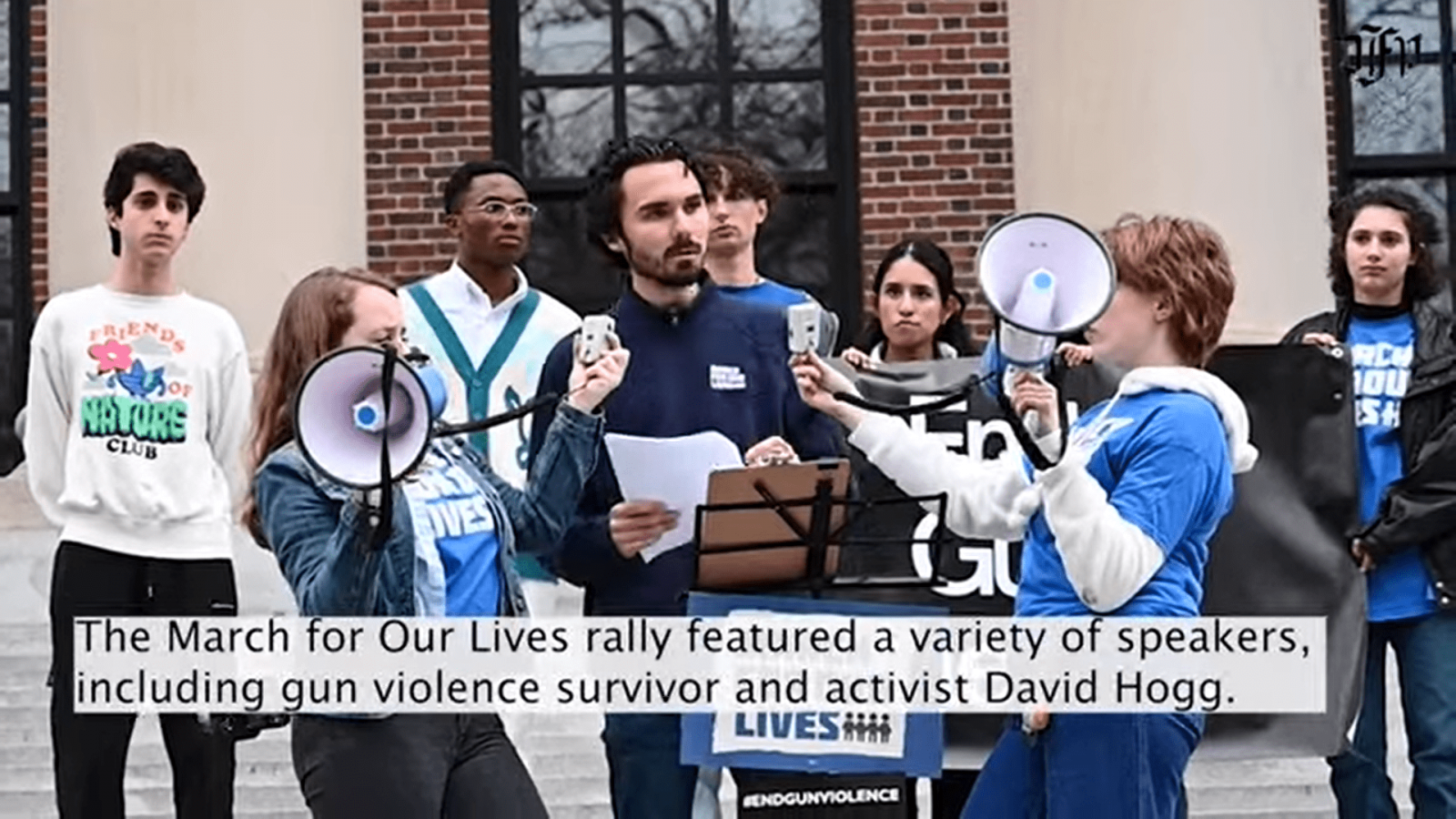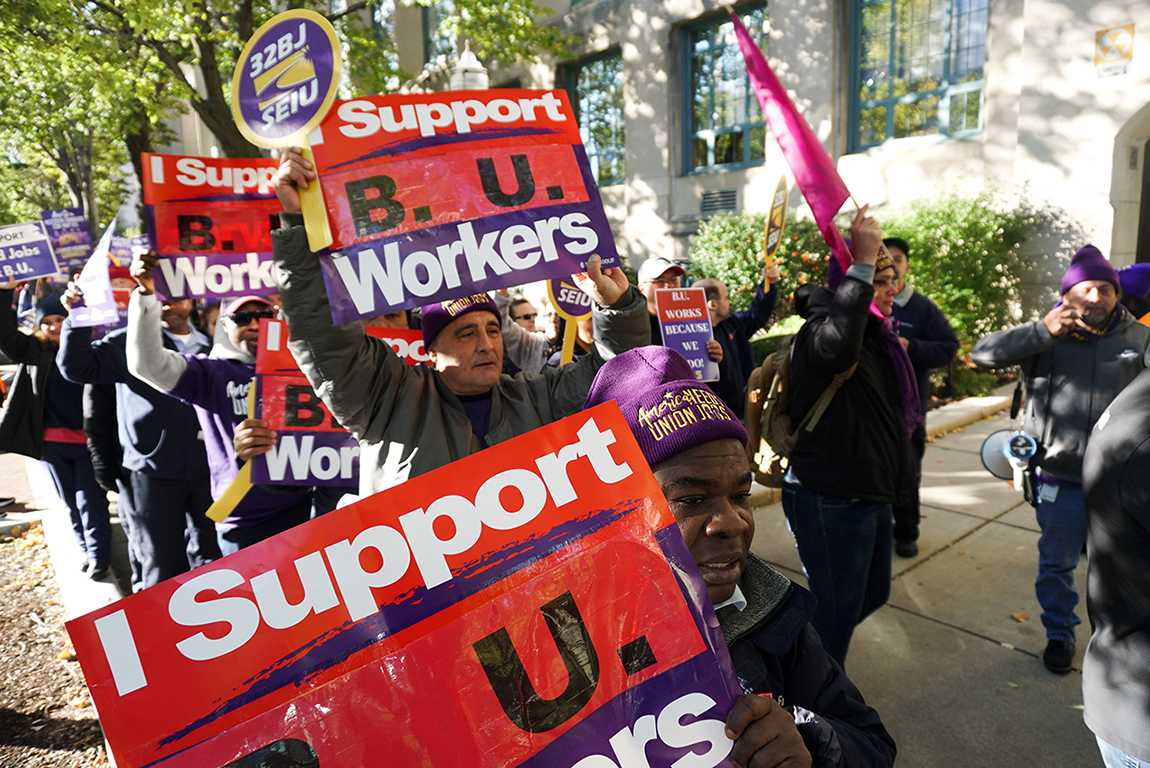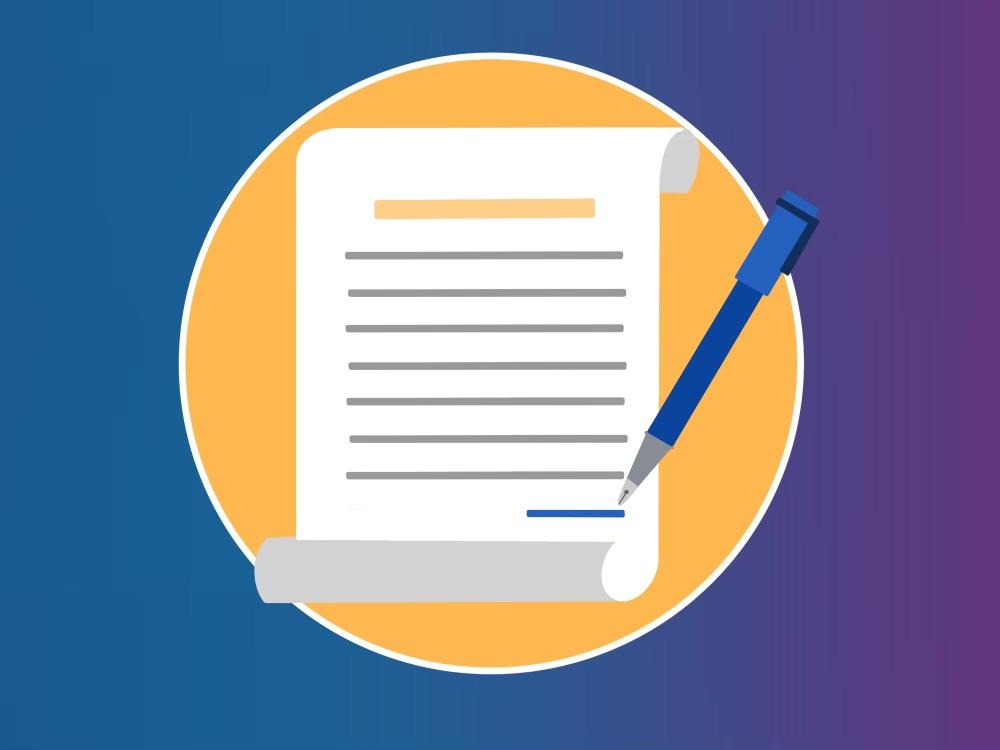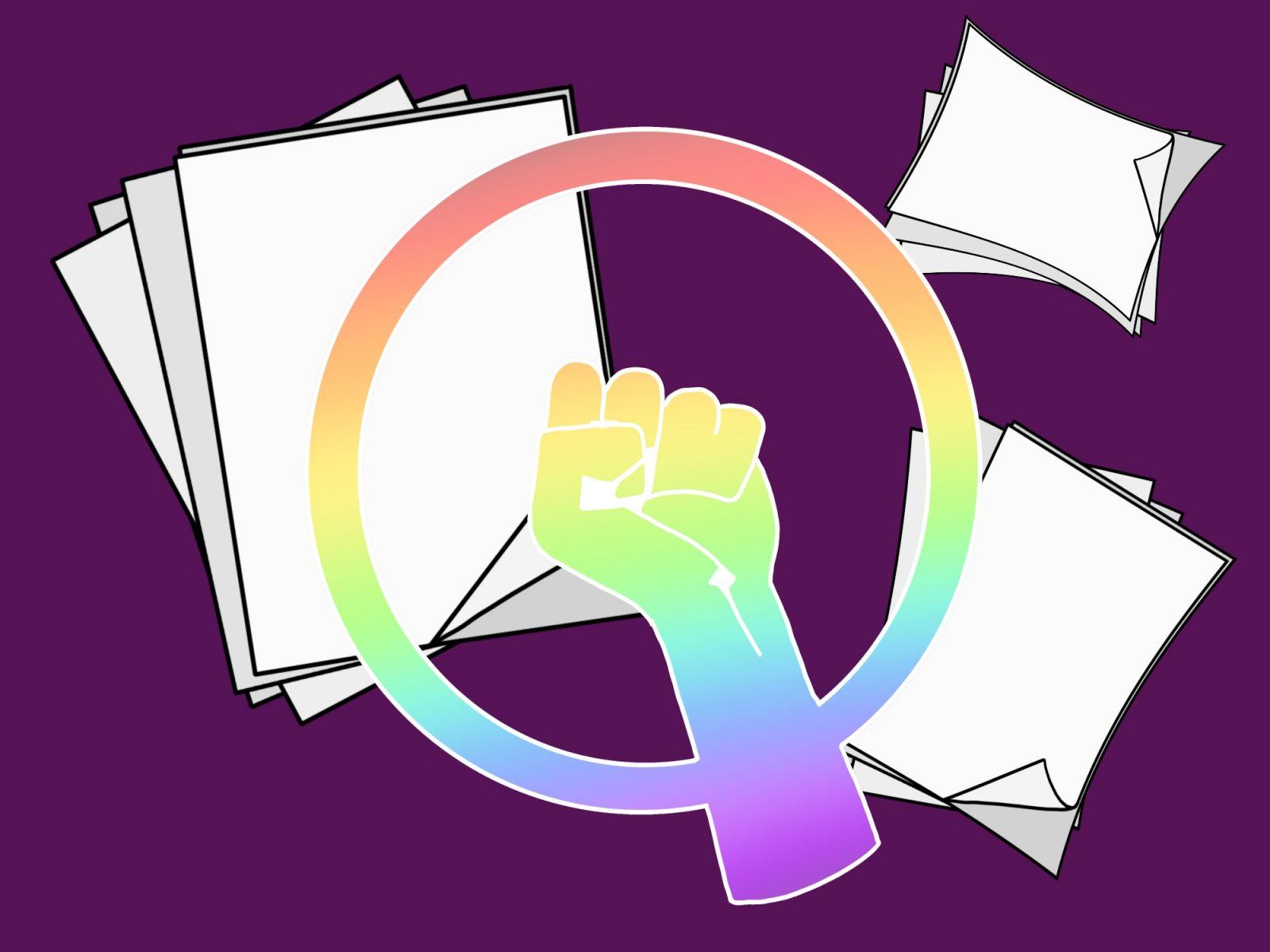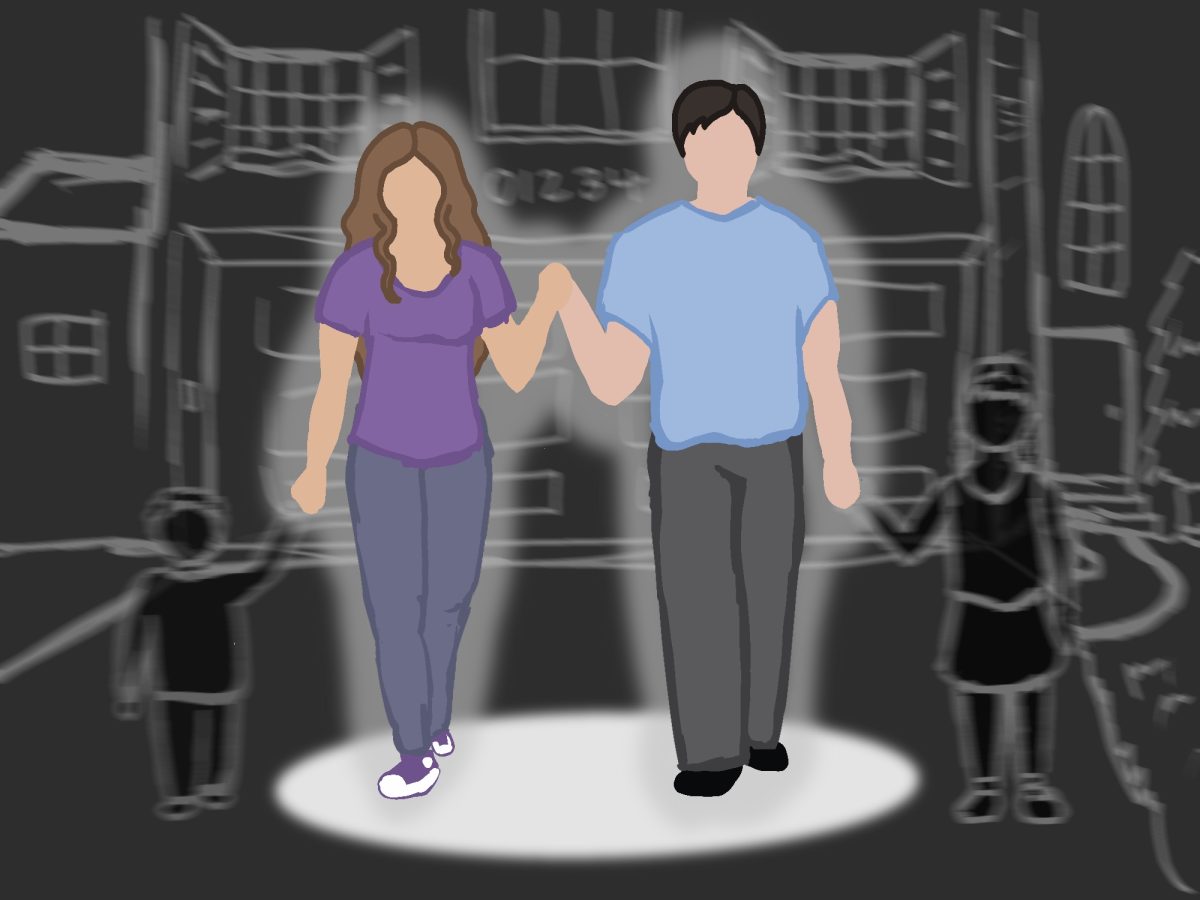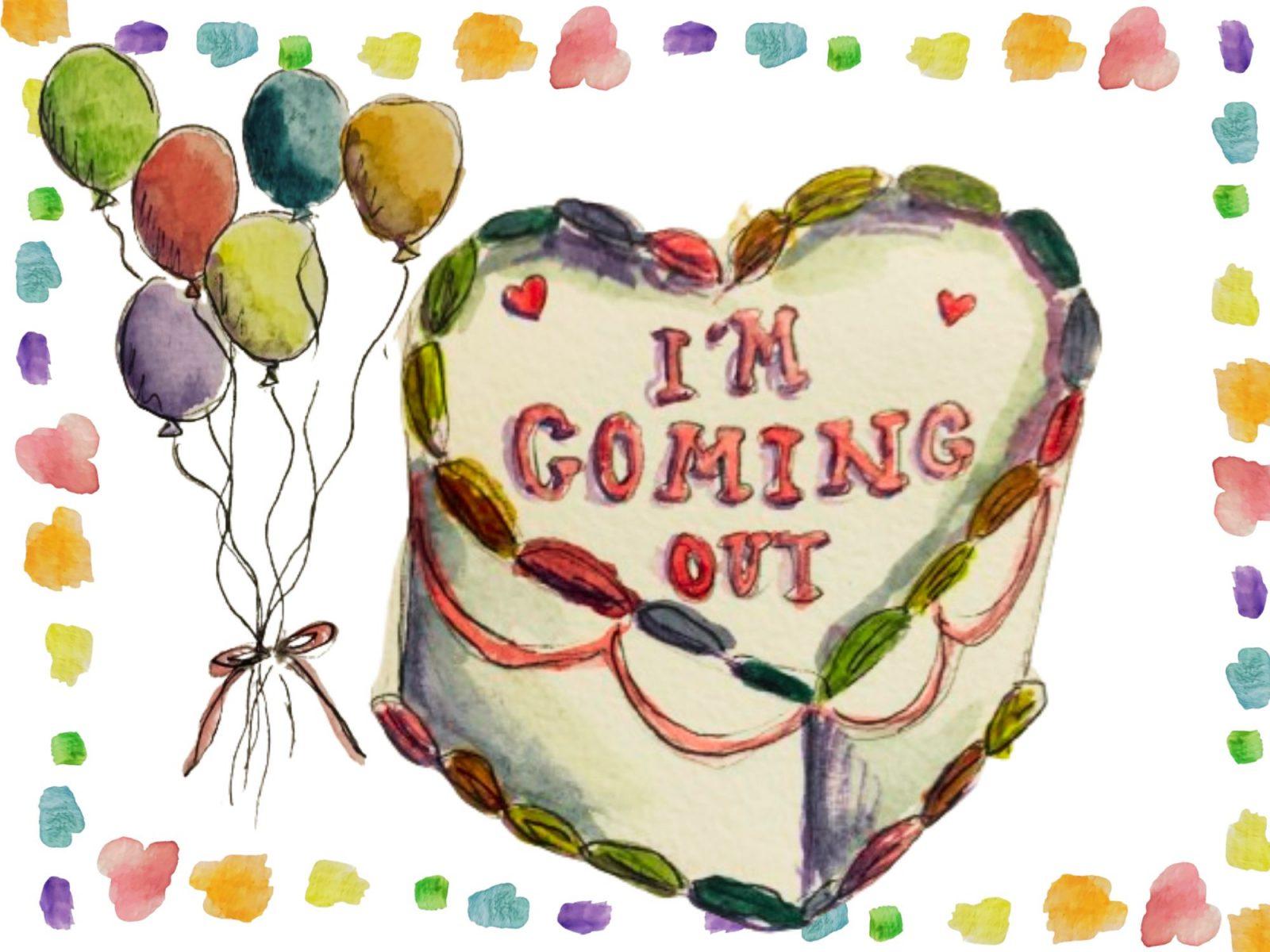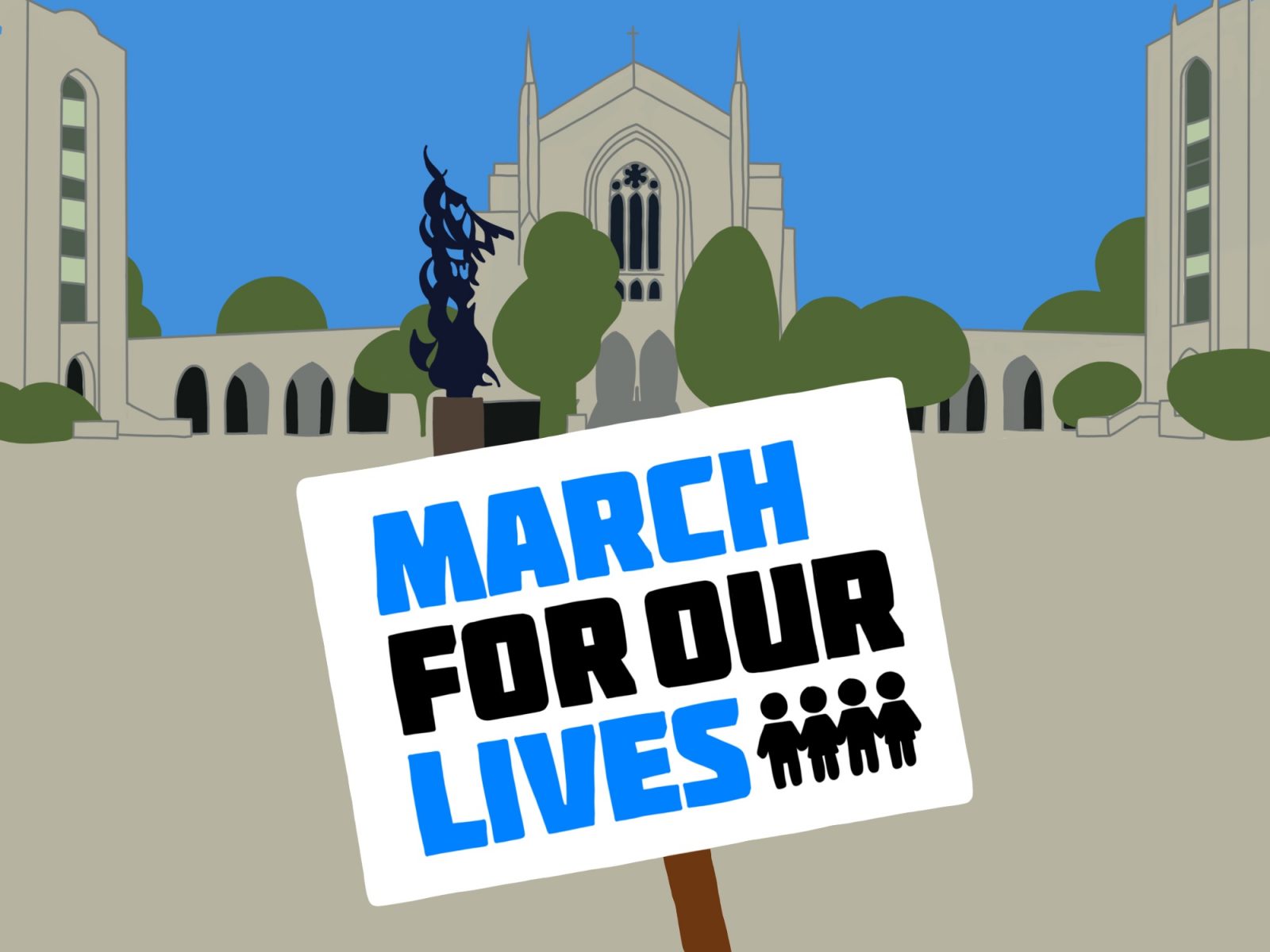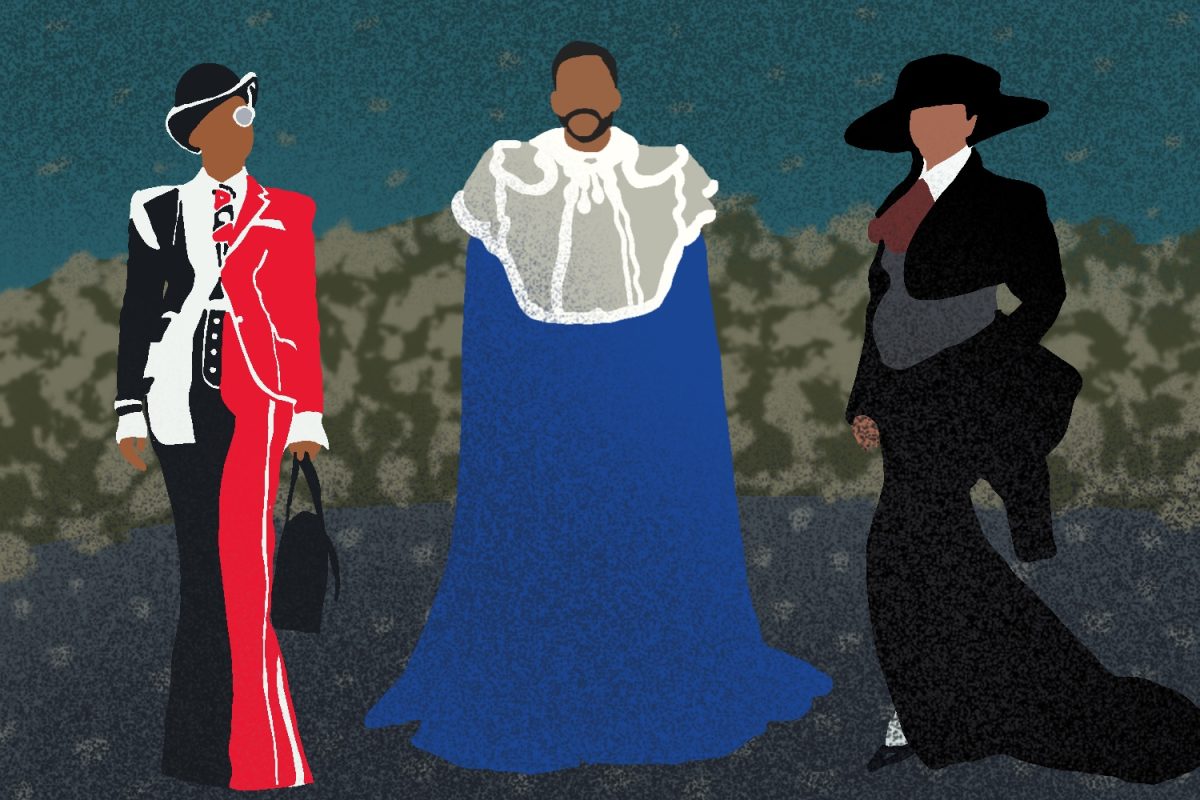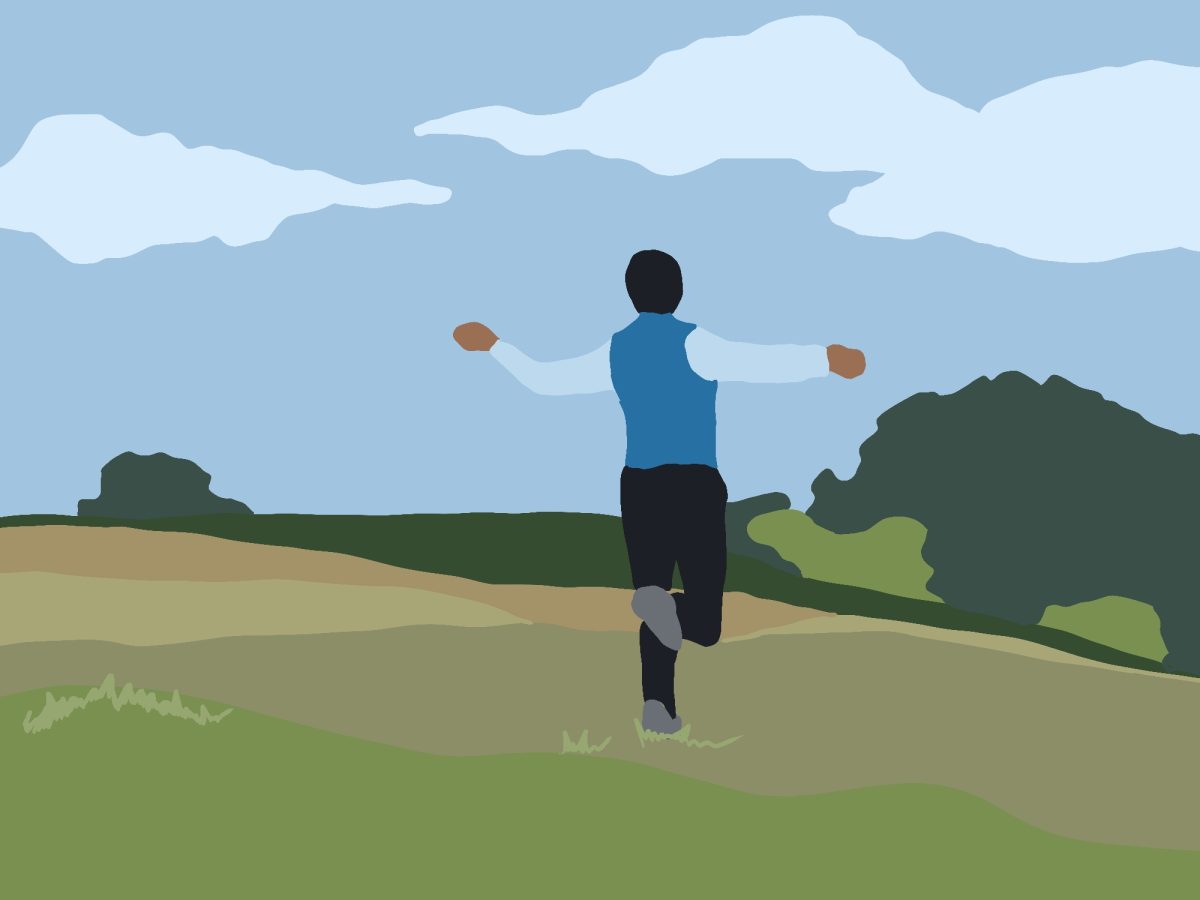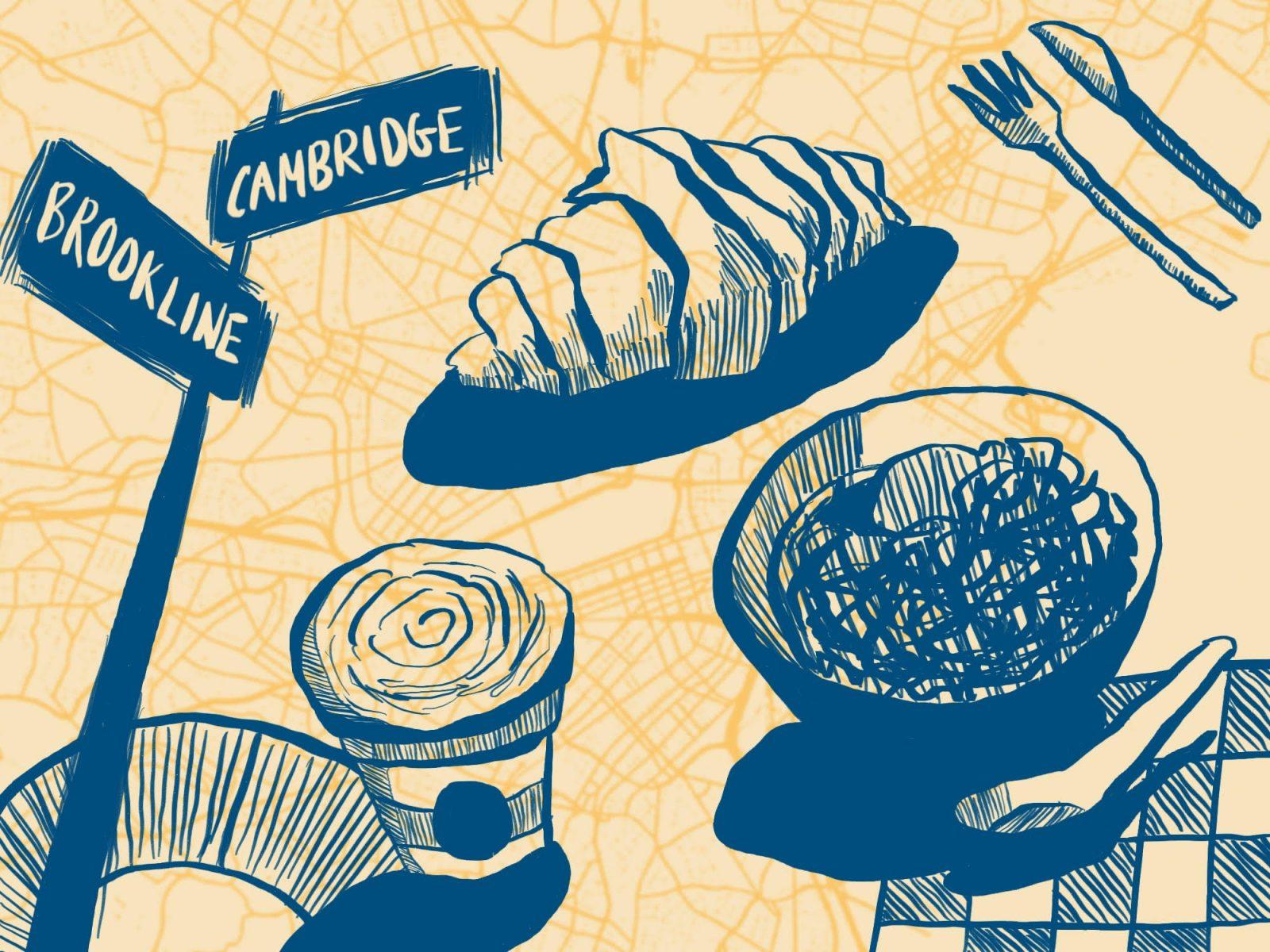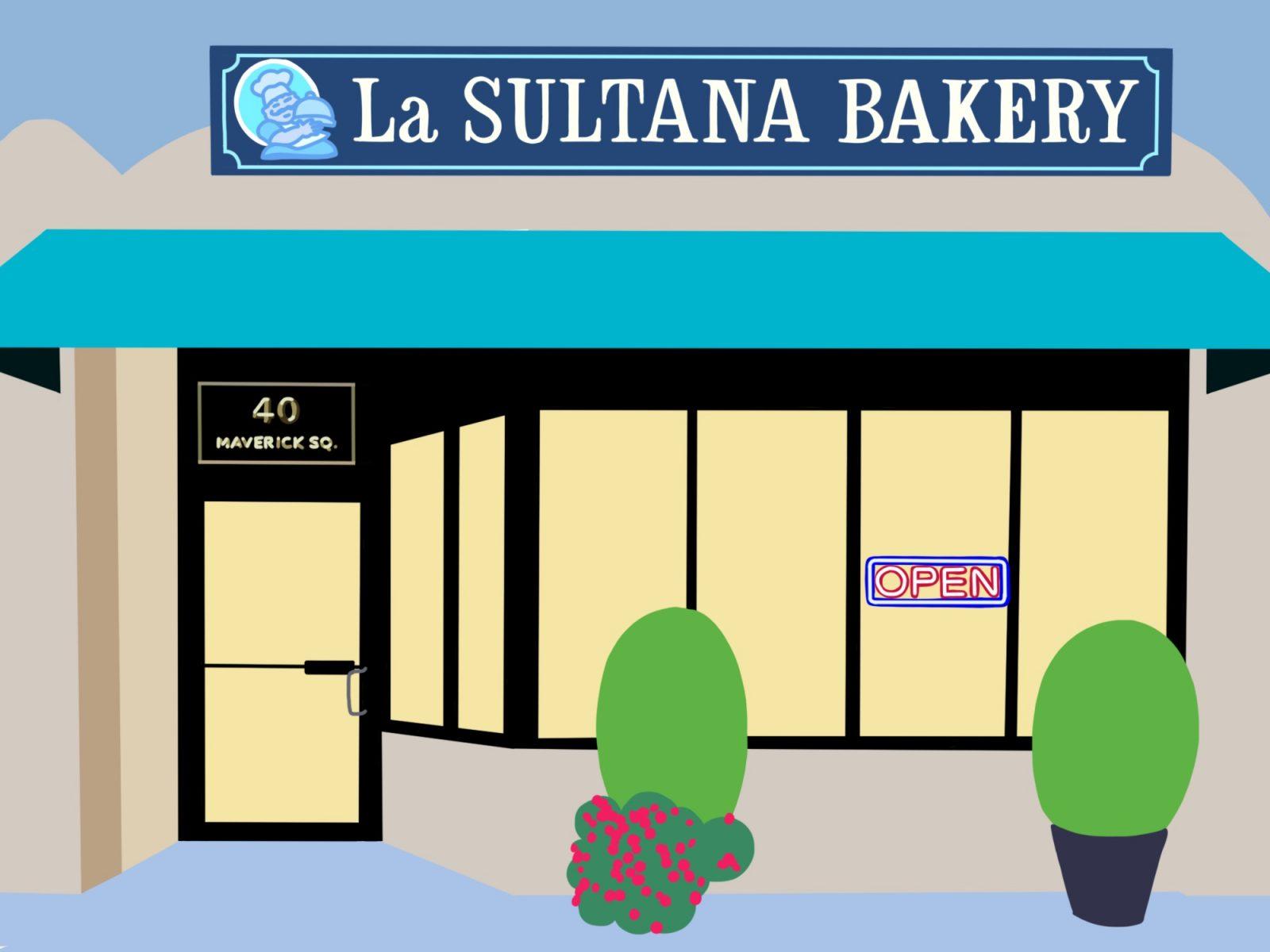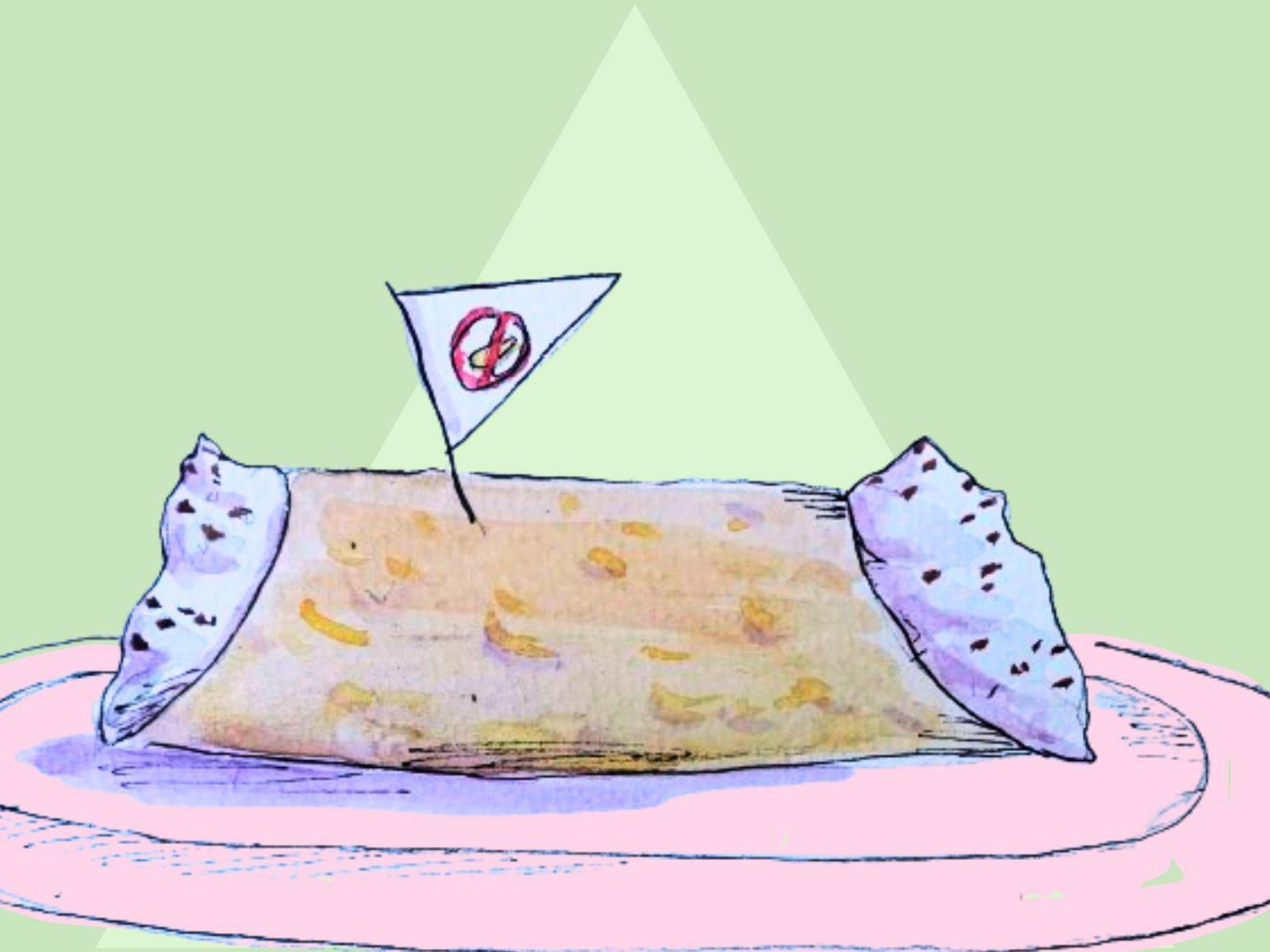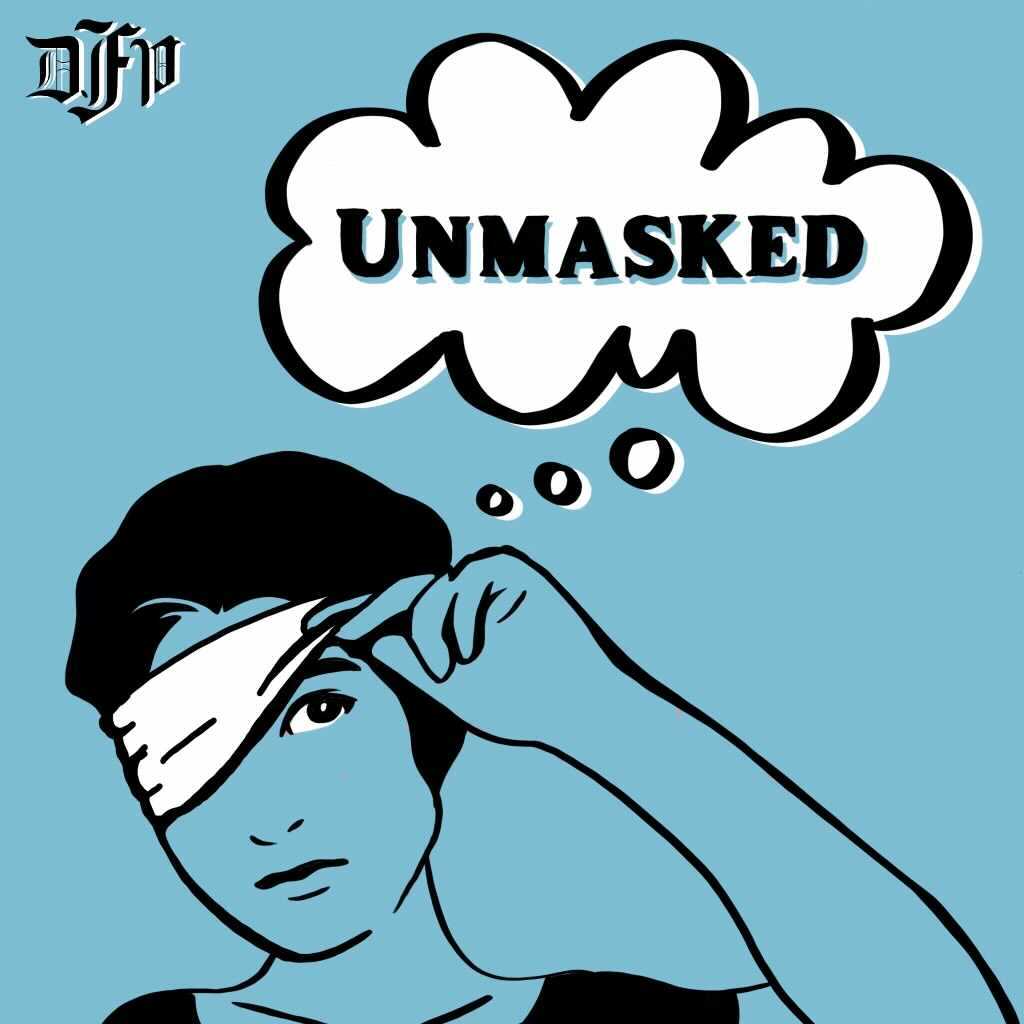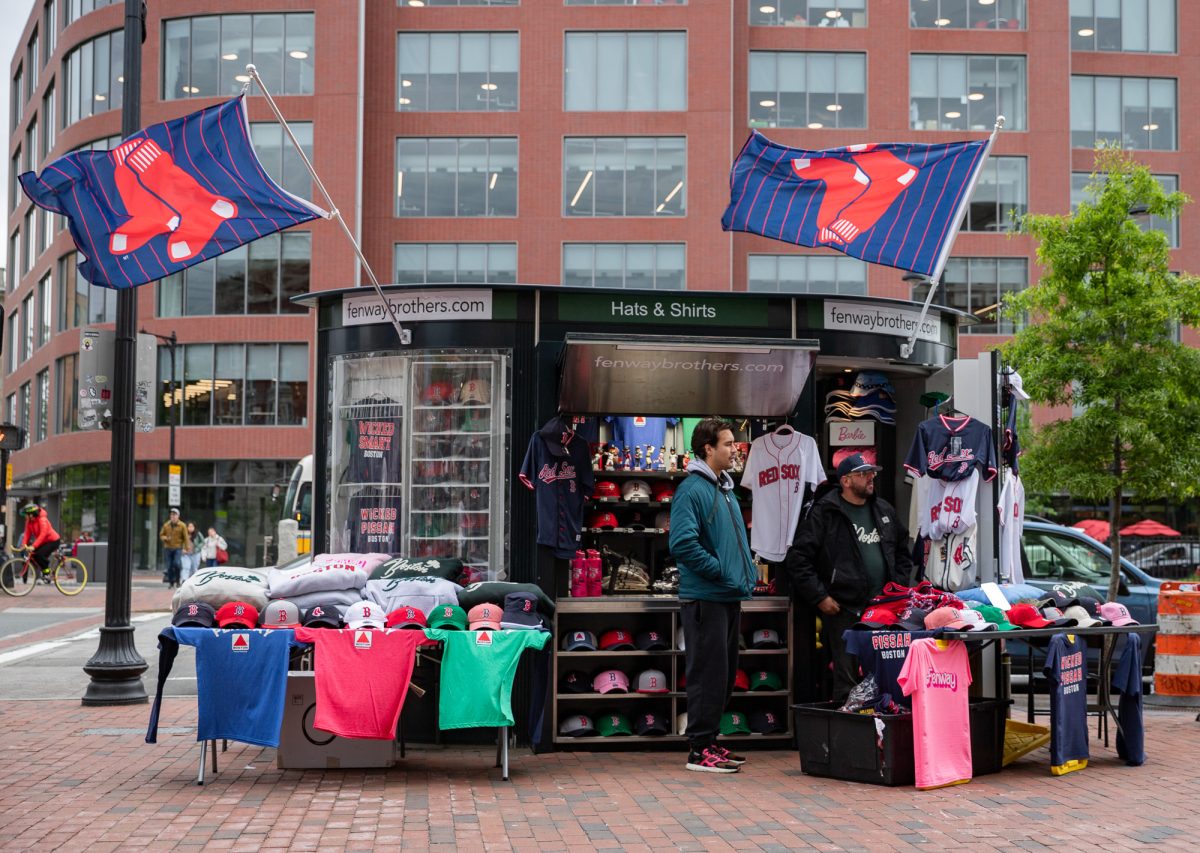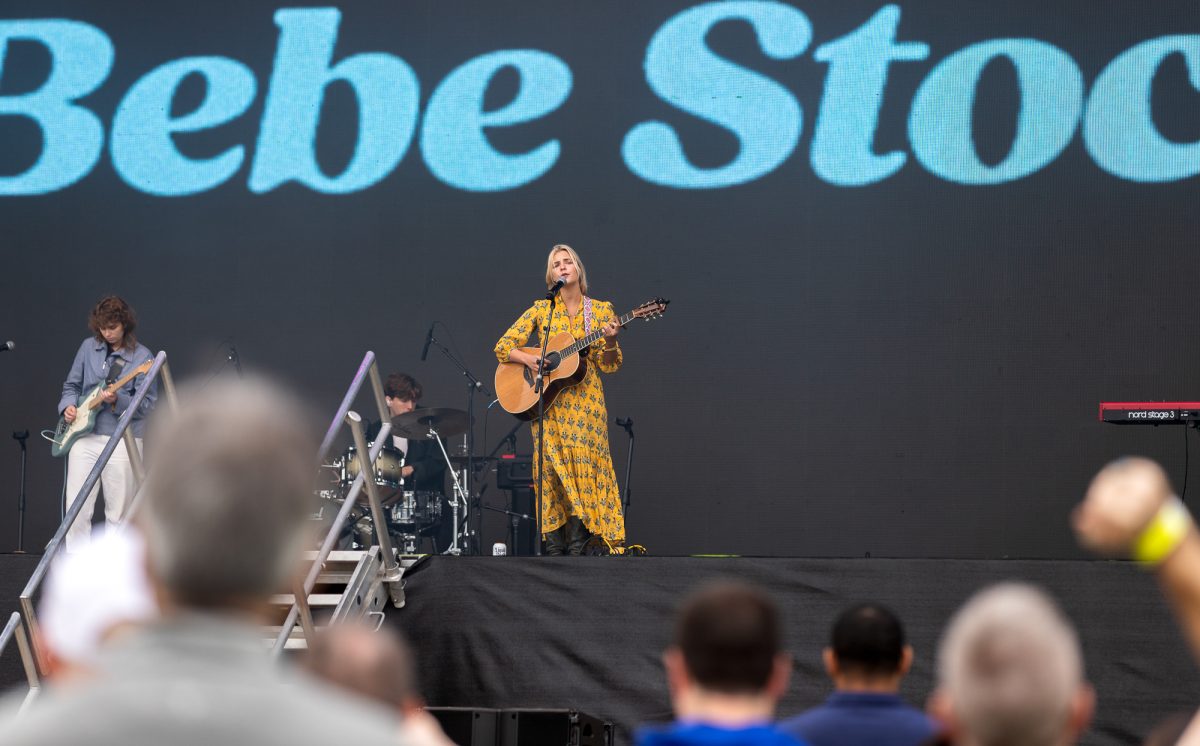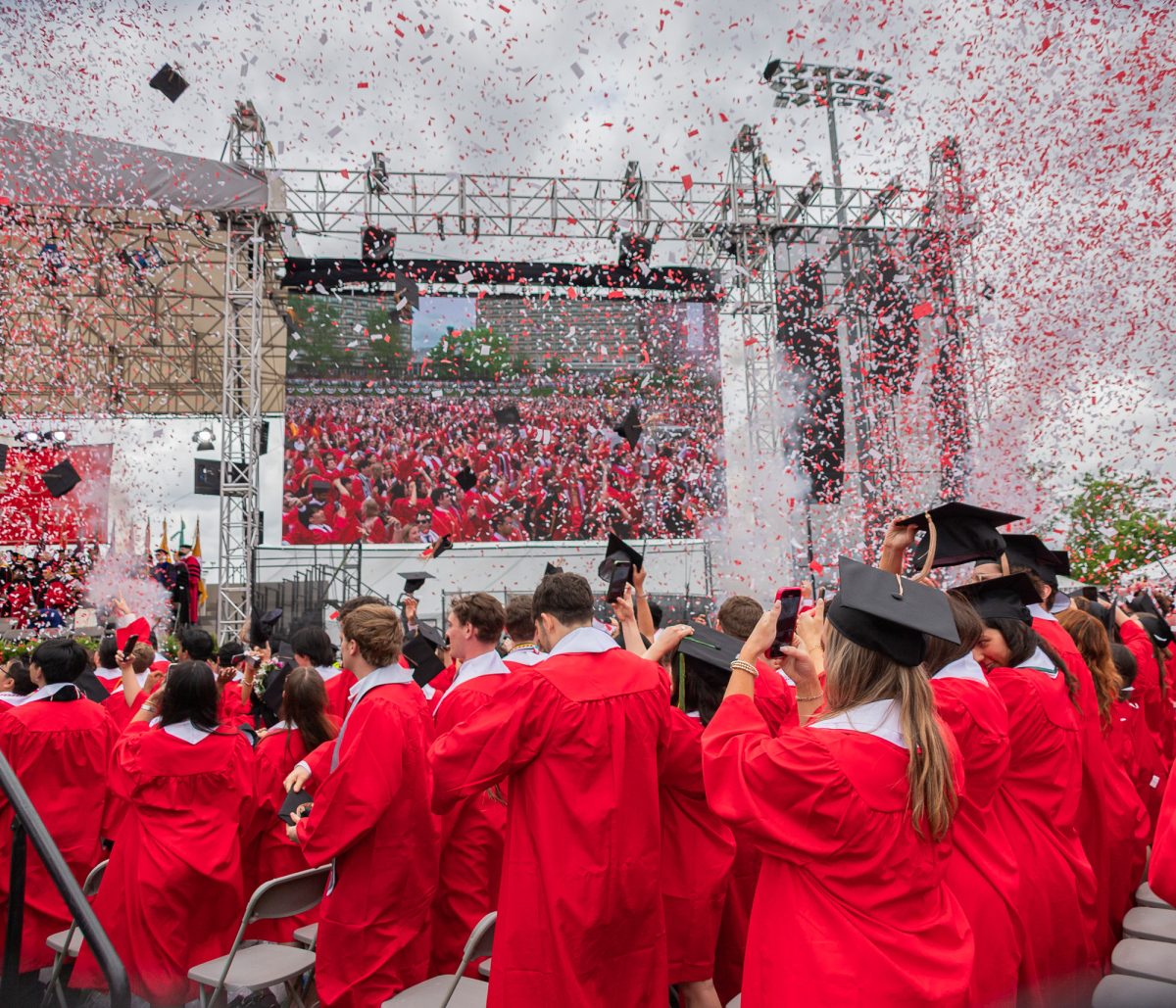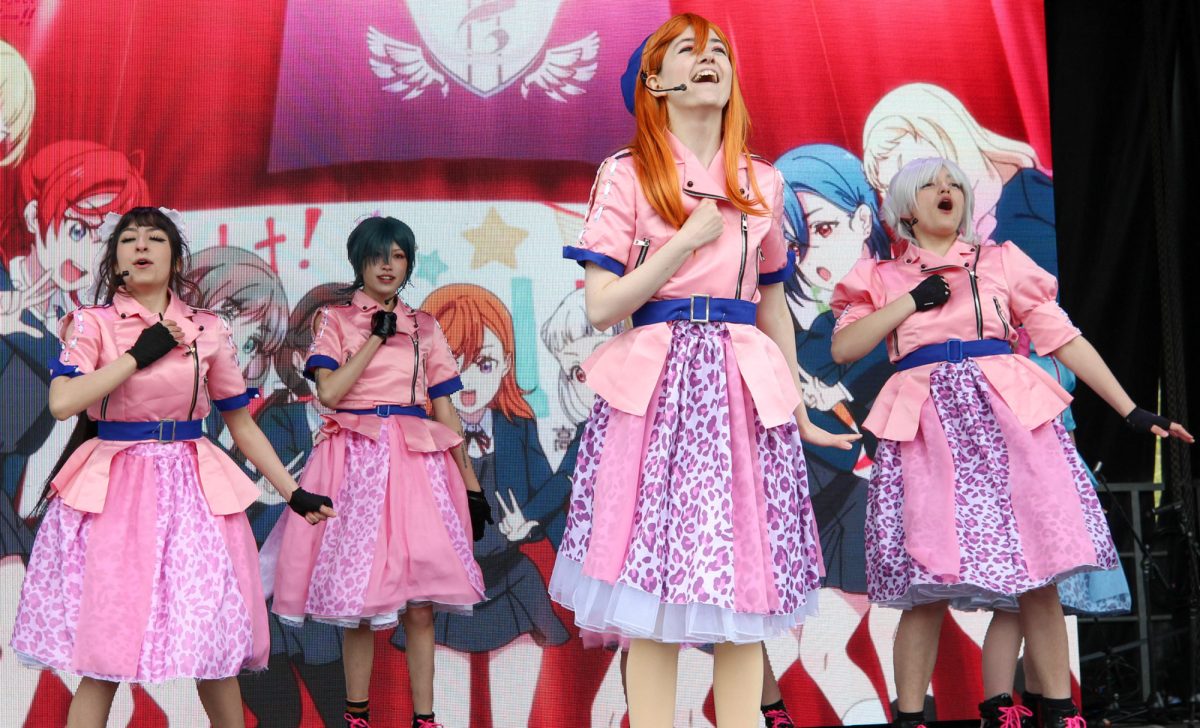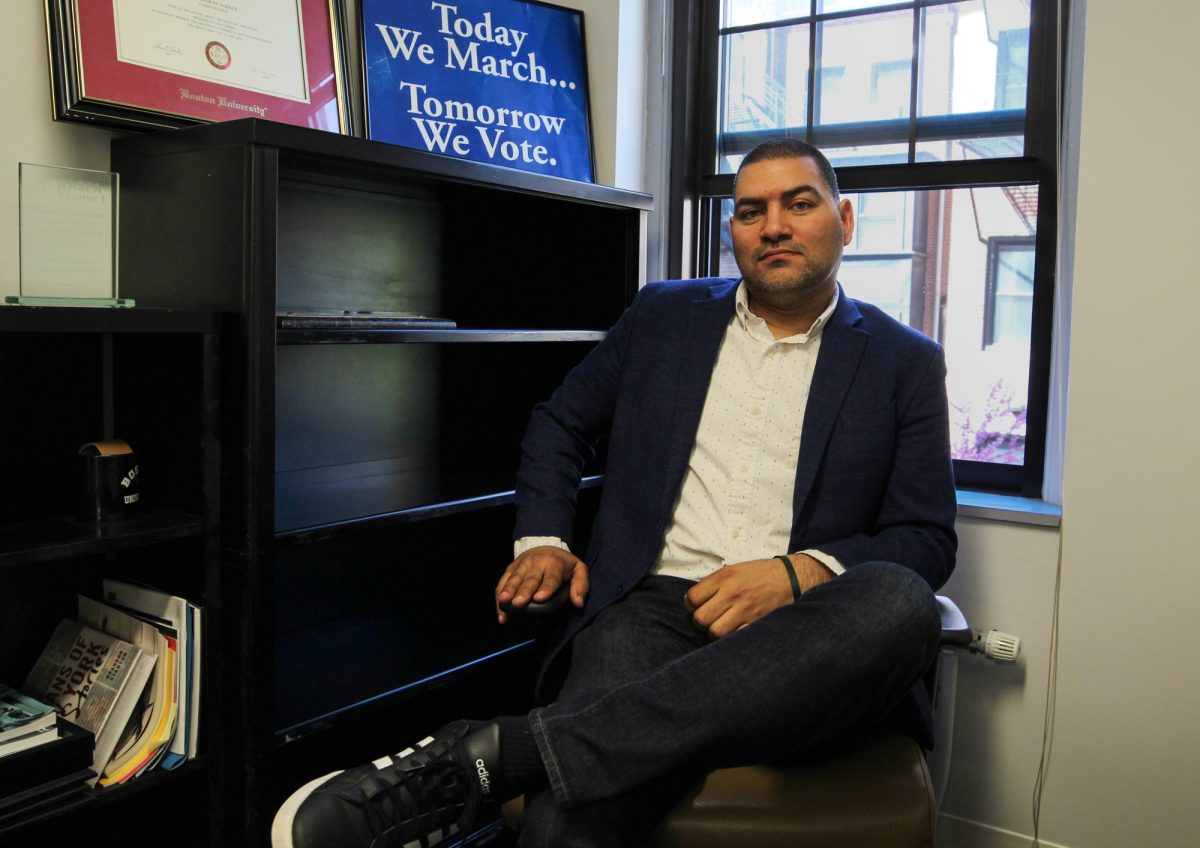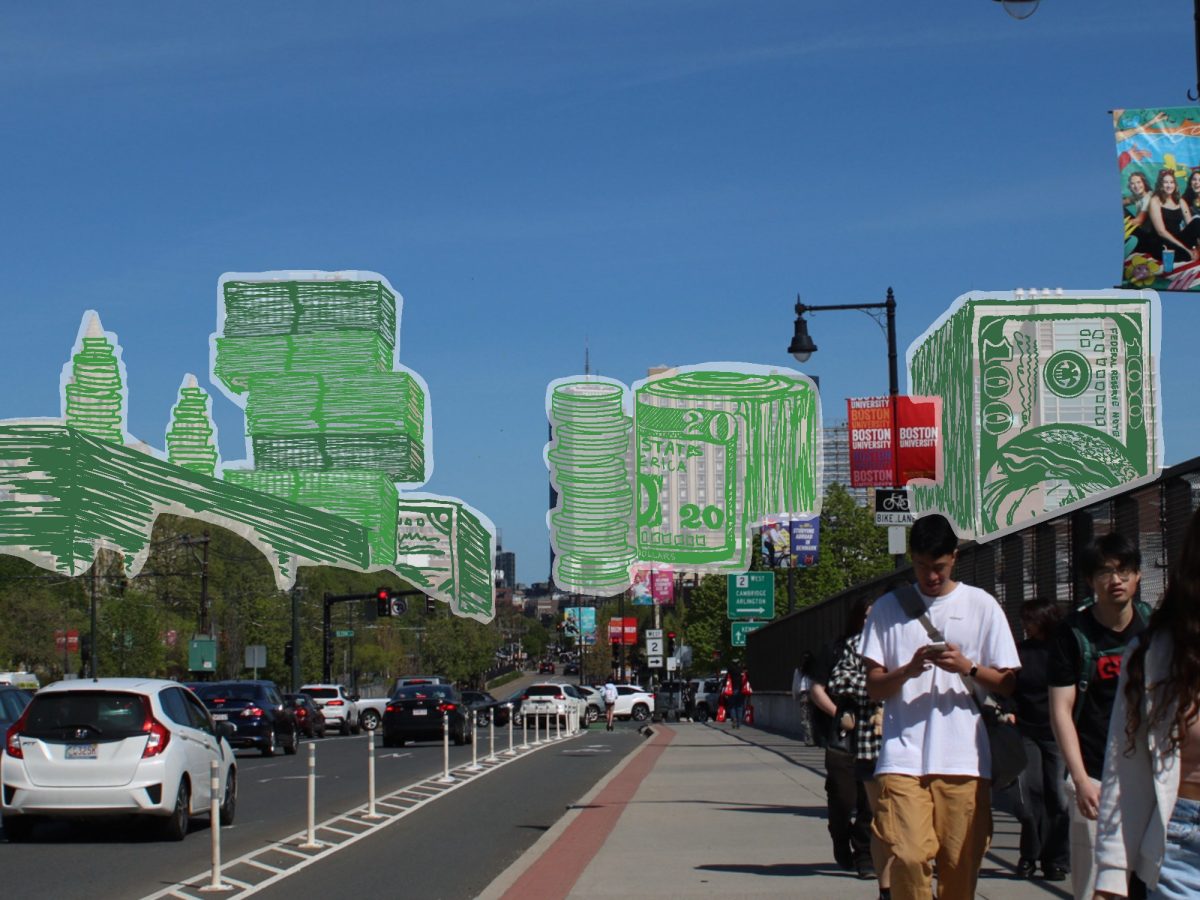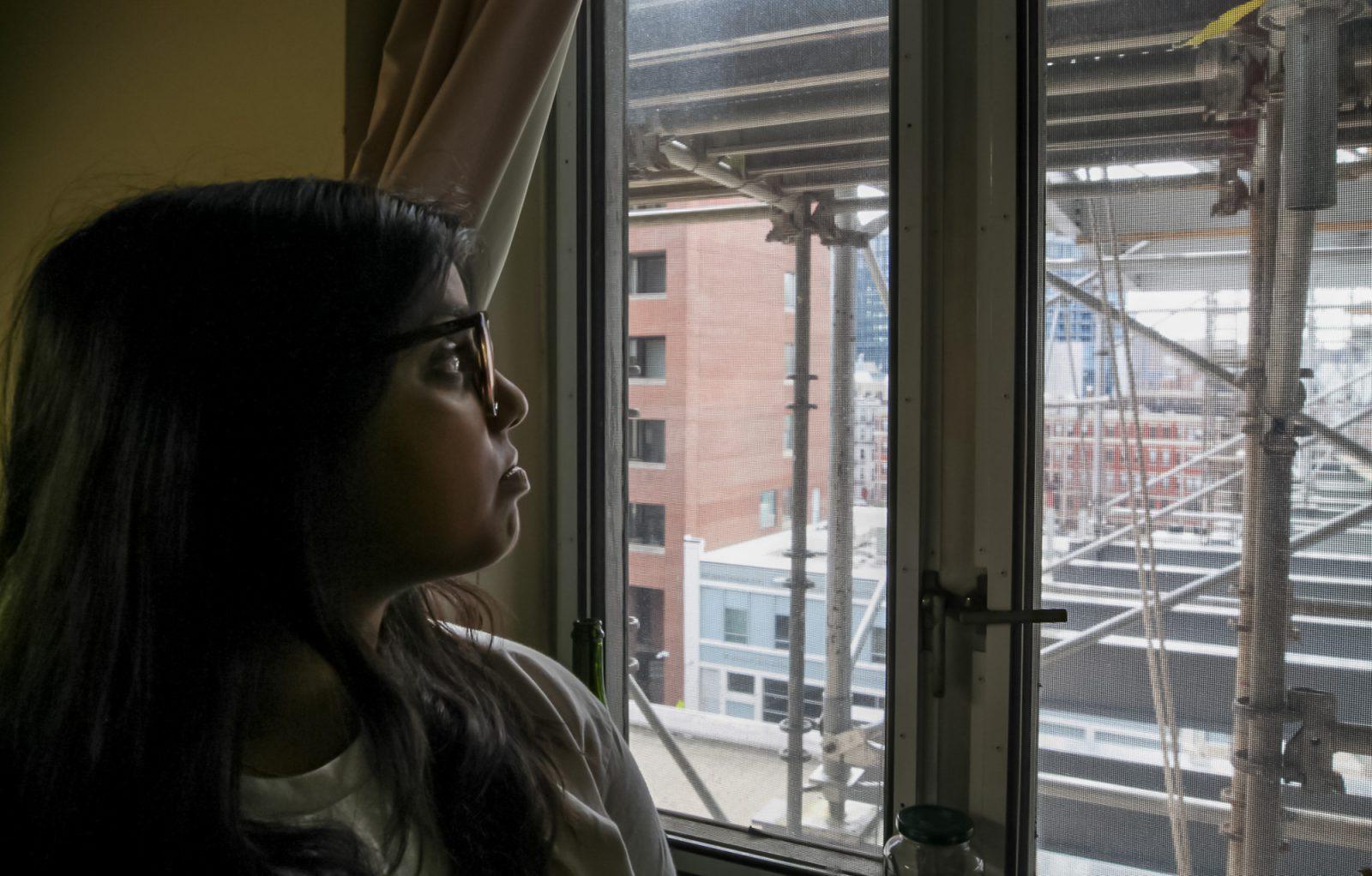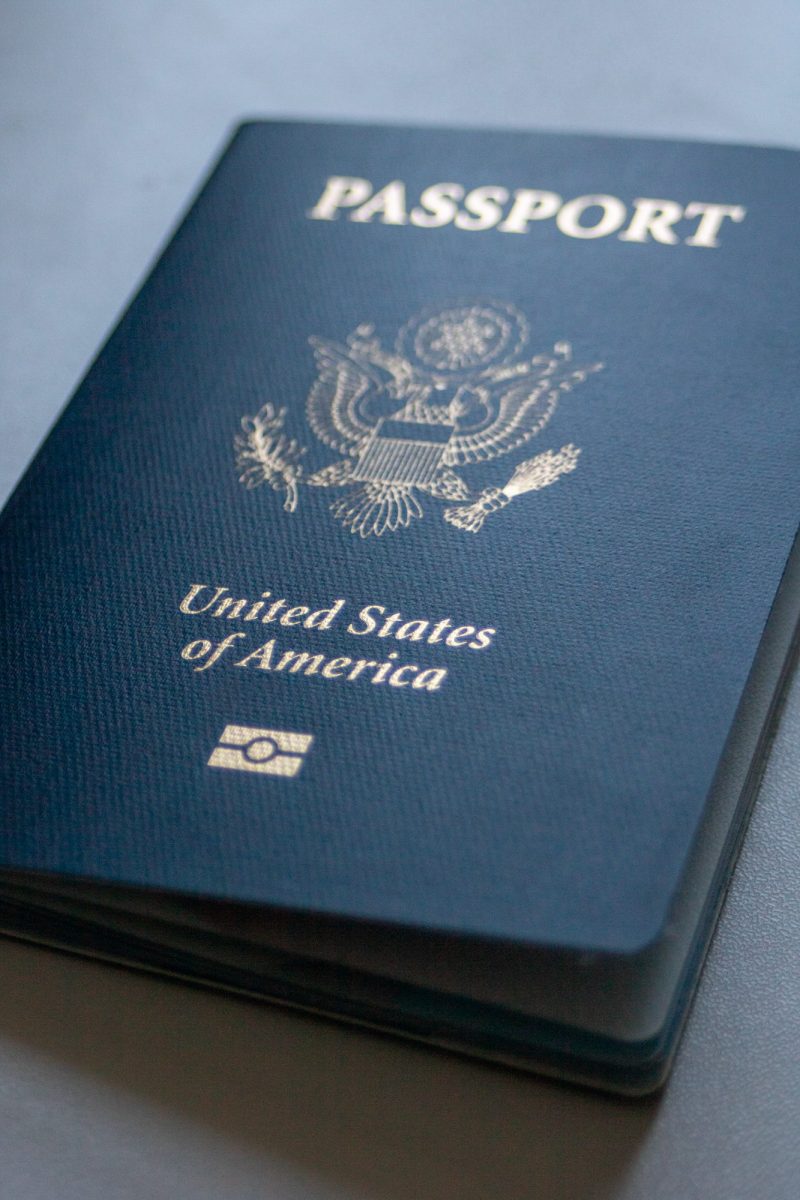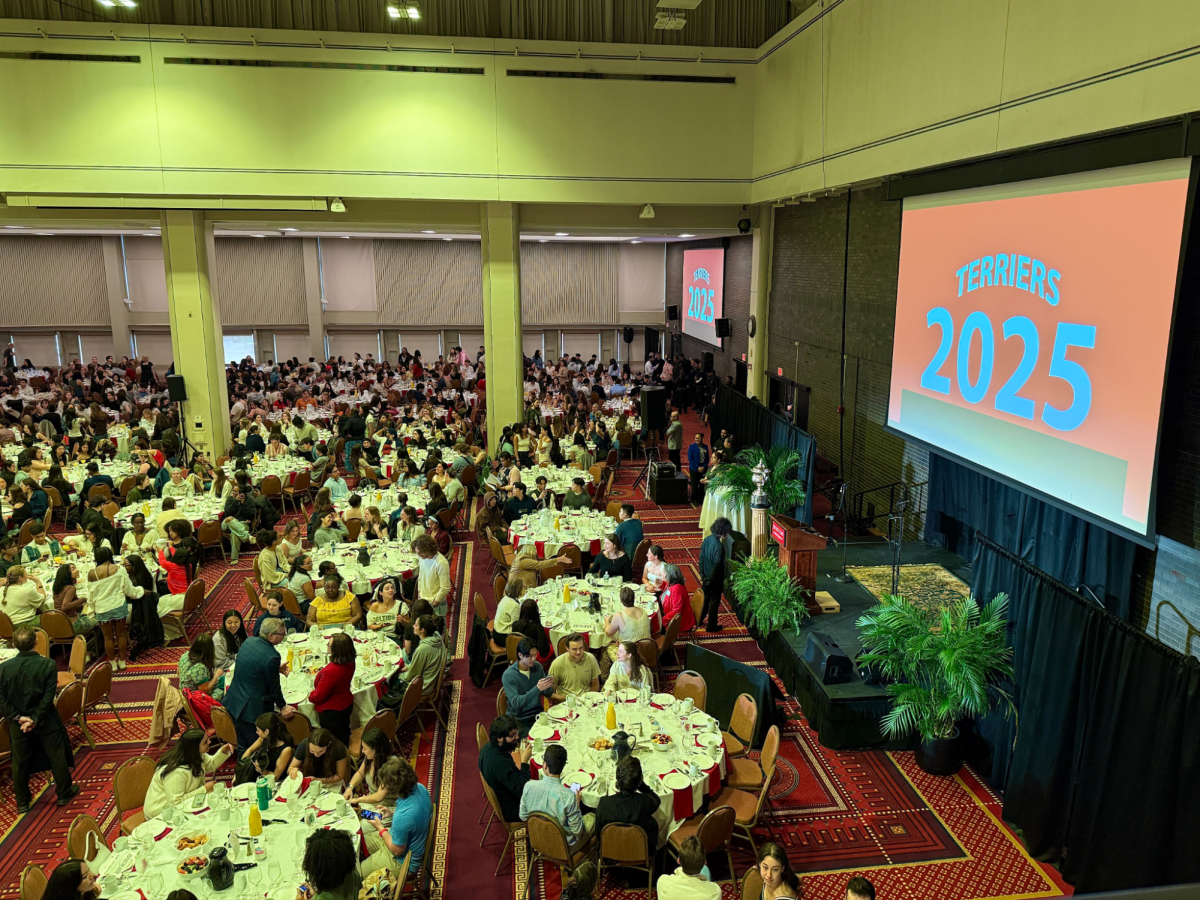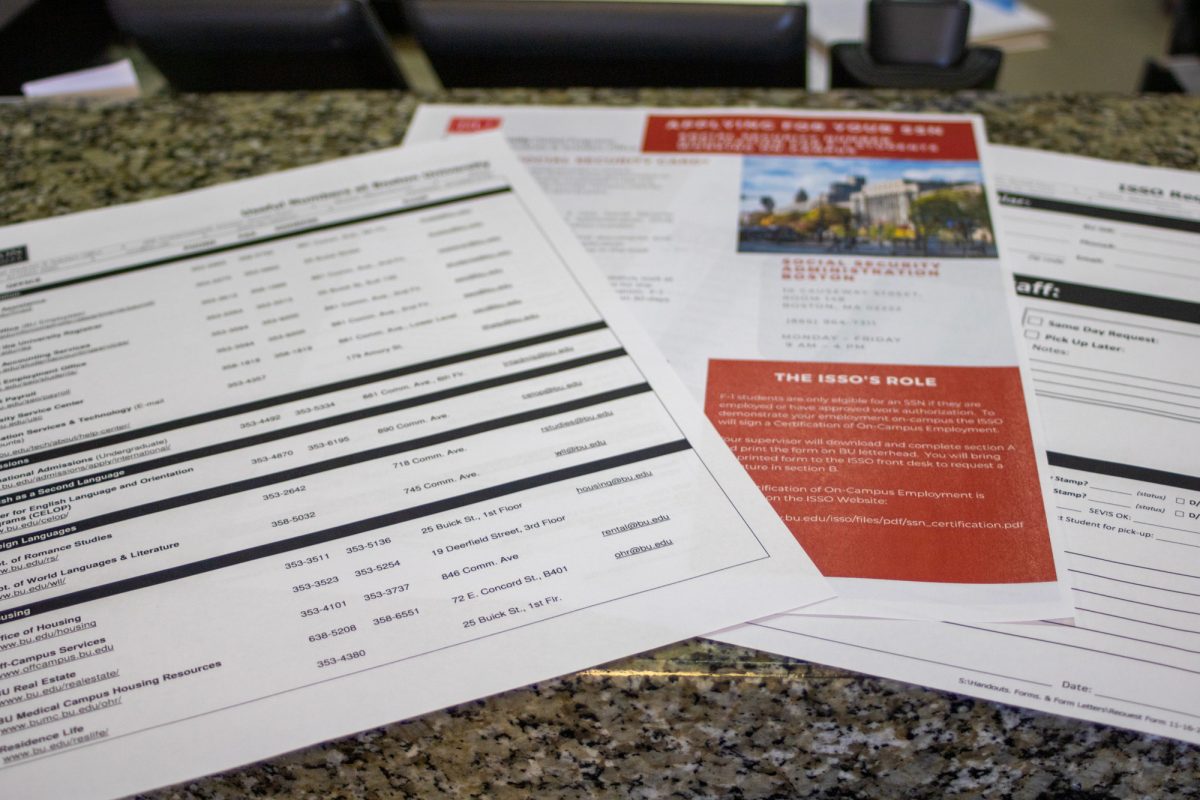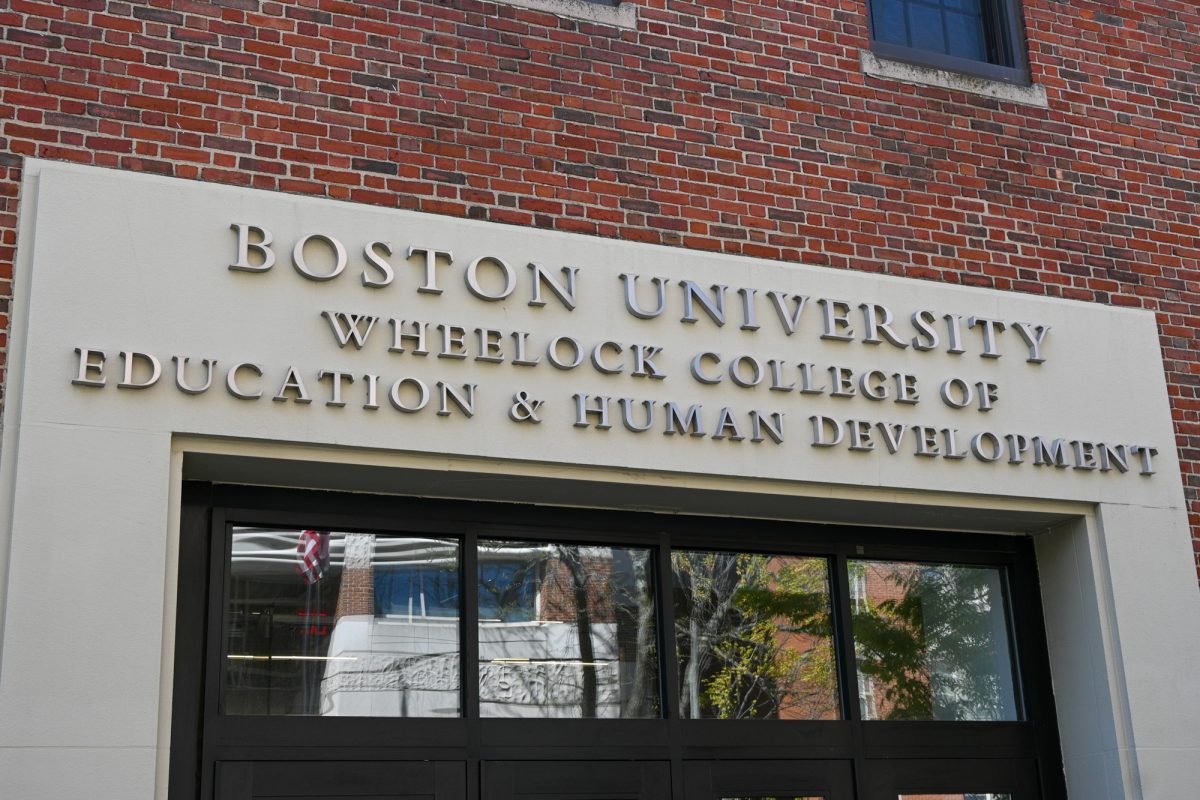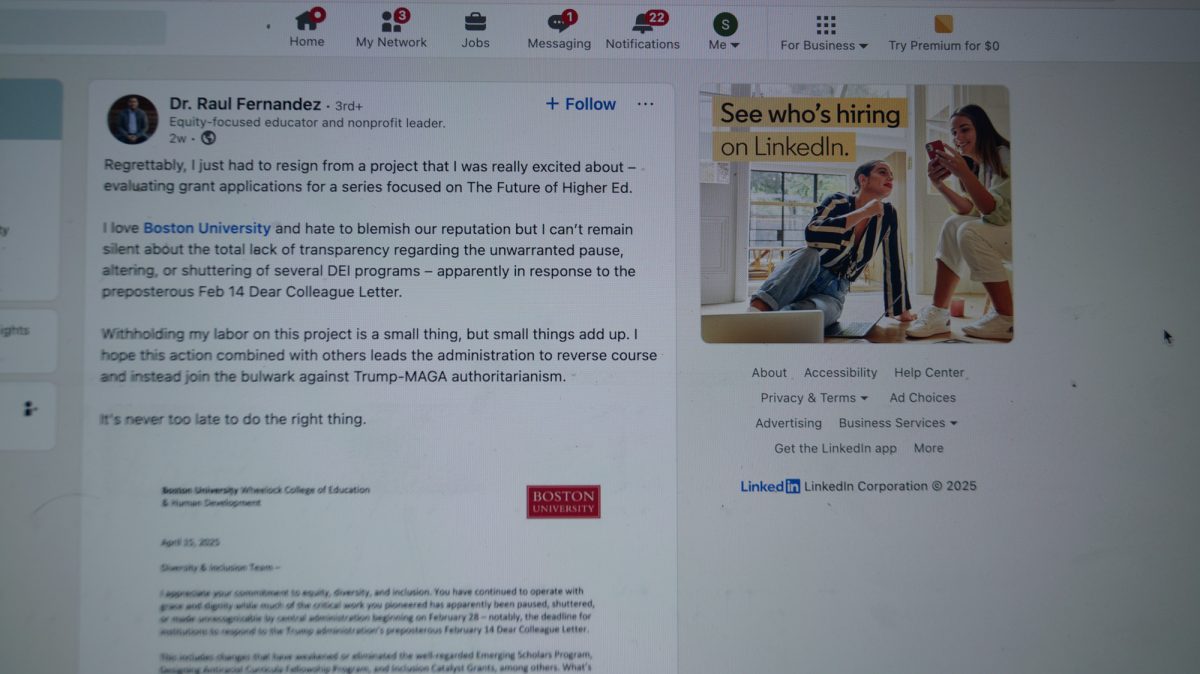On April 15th, 2013, David Abel, then-reporter for the Boston Globe, stood at the center of the finish line hoping to capture a historic moment: Juli Windsor, a woman with dwarfism, was set to become the first person with her disability to complete the Boston Marathon.

As Abel stood, camera in hand, taking in the “beautiful scene of strangers cheering for strangers,” he saw out of the right corner of his eye “a flash” accompanied by “a massive explosion.”
12 seconds later, Abel said, there was a second explosion.
Phil Littlefield, director of operations for Beacon MedTech, witnessed the blasts from a window ledge above the finish line.
“The generator for the big light display blew up. That’s what I was thinking,” he said.
Littlefield later led “hundreds” of confused runners “who didn’t have nowhere to go” to the Boston Common, then was picked up by a family member and went home.
However, afterwards Littlefield worried whether he helped enough.
“I found myself afterwards wondering, ‘Did I do enough? Did I help enough?’ Because you don’t know,” he said. “Could I have done more? Could I have stayed out there and helped more people?”
Both men witnessed the 2013 Boston Marathon bombing, the largest terror attack on U.S. soil since 9/11. The culprits, Dzhokhar and Tamerlan Tsarnaev, detonated two improvised explosive devices among the spectators near the finish line, killing three and injuring hundreds.
Among the slain was Lingzi Lu, a BU graduate student.
After a deadly and harrowing manhunt, the only surviving culprit, Dzhokhar Tsarnaev, was taken into custody by police. In his trial, prosecutors brought more than a dozen amputees to the witness stand. Tsarnaev was ultimately sentenced to death by a federal court and remains on death row to this day.
Throughout the attack, the manhunt and the trial, The Daily Free Press covered the events extensively.
“We had a job to do, even being a college newspaper, we just took stock, made sure we knew where all our people were, that everybody was okay,” said Michelle Jay, photo editor of The Daily Free Press at the time. “Then just got to work, which was kind of a blessing. It was nice to have something to focus on.”
Kyle Plantz, a former news reporter at The Daily Free Press, remembered getting a text from his editor and running towards the finish line.
“They were holding runners there, and they couldn’t continue on, or couldn’t finish,” Plantz said. “I don’t think anyone really knew the true immenseness of what just happened.”
Jay, who was photographing the race that day, emphasized the confusion which immediately followed the bombings.
“Someone thought there was a shooting at the finish line. It was clear that something had happened, and the race was stopped,” she said.
Adding to the confusion, cell service was down and the T was inoperable. When Jay finally returned to her dorm room, she said both the city and campus felt “very empty.”
Campus happenings were also impacted by the bombings. Plantz remembered the lockdown at BU, during which the dining halls delivered food directly to students’ rooms because no one was allowed to leave.
Margaret Callahan, a campus news associate editor for the Daily Free Press at the time, wrote an article about the BU community’s response, documenting the widespread and unanticipated effects the attack had on students. For example, one student walked back to campus from Logan Airport because there were no cabs running, Callahan said.
Callahan said initially no one was aware that a BU student had been killed.
“We realized pretty quickly that this was a devastating tragedy and it was going to uniquely affect the BU community,” said Callahan. “It became pretty evident quickly that they were all going to feel a profound connection to what happened.”
Callahan also covered the memorial service of Lu, the BU student who had died during the bombings. She described the service where Lu’s father and roommate spoke on campus, as “particularly moving.”
Several days after the bombing, spontaneous rallies took place across the city, including one in the Boston Common.
“It was a really wild scene, chanting and singing and waving American flags,” said Chris Lisinski, the campus editor that semester. “I think it was, in some ways, all of this nervous energy that had been repressed for several days while everyone was on lockdown.”
Lisinski recalled attending an FBI press conference alongside “basically every single national outlet.”
The Daily Free Press provided photos to the New York Times for their coverage of the bombing.
Plantz also covered Dzhokhar’s trial, which was featured in the last issue of the Daily Free Press that semester. He recalled feeling a catharsis of relief after that issue was published.
“Because we didn’t have to publish every day,” he said, “I could finally breathe and reflect and think about everything that happened.”

